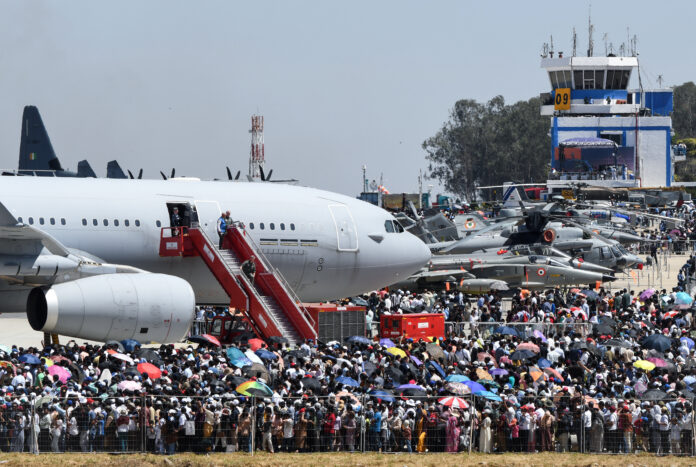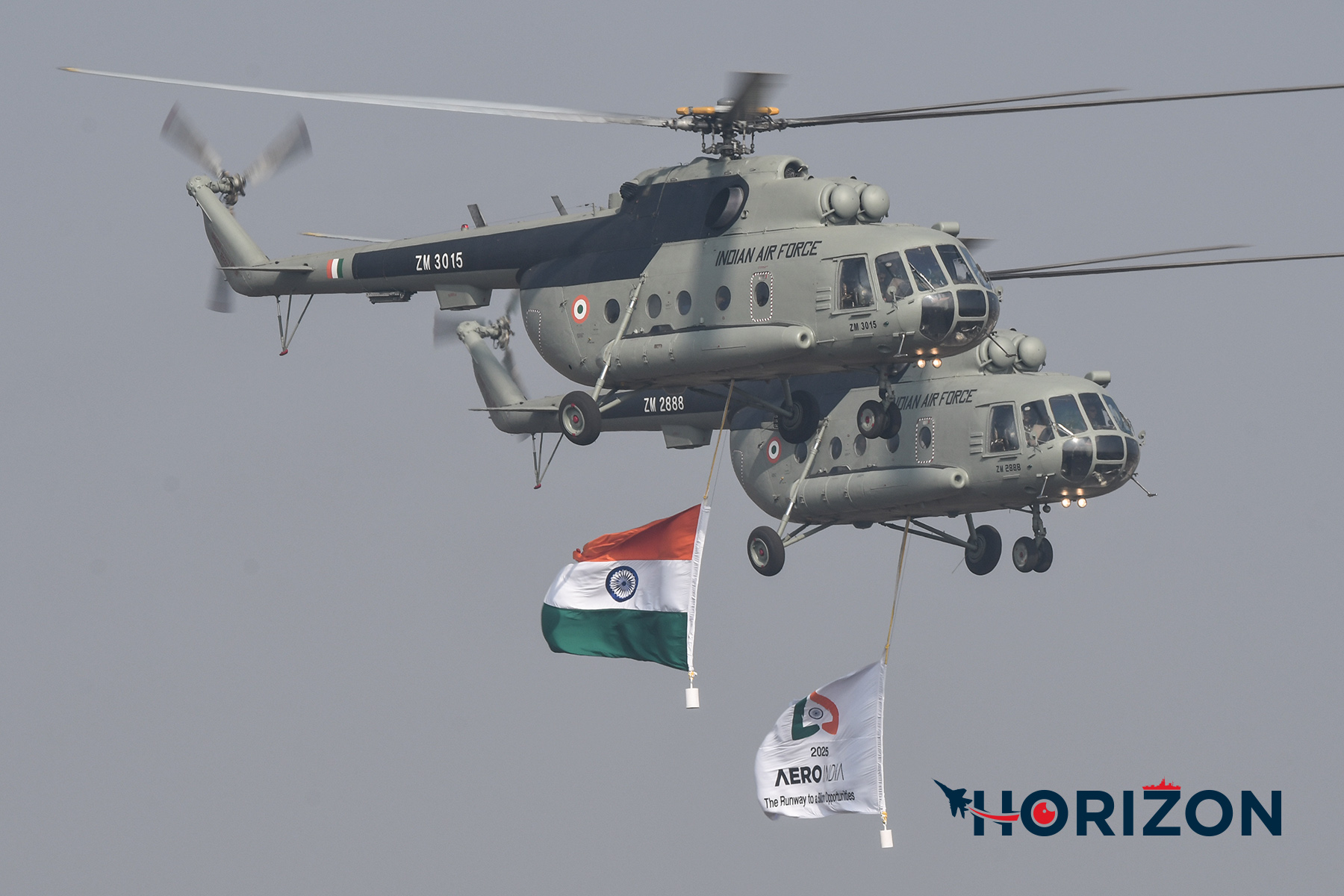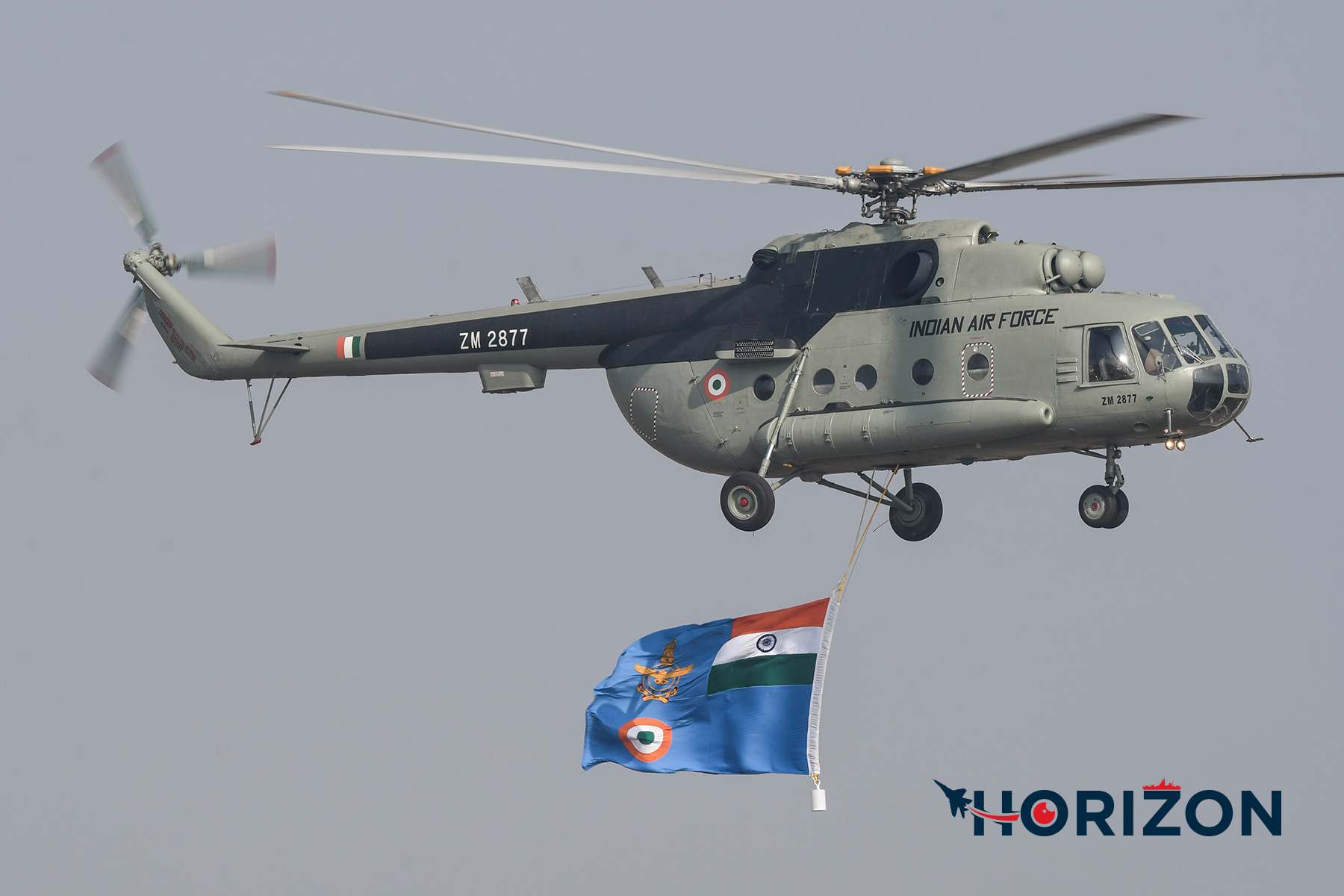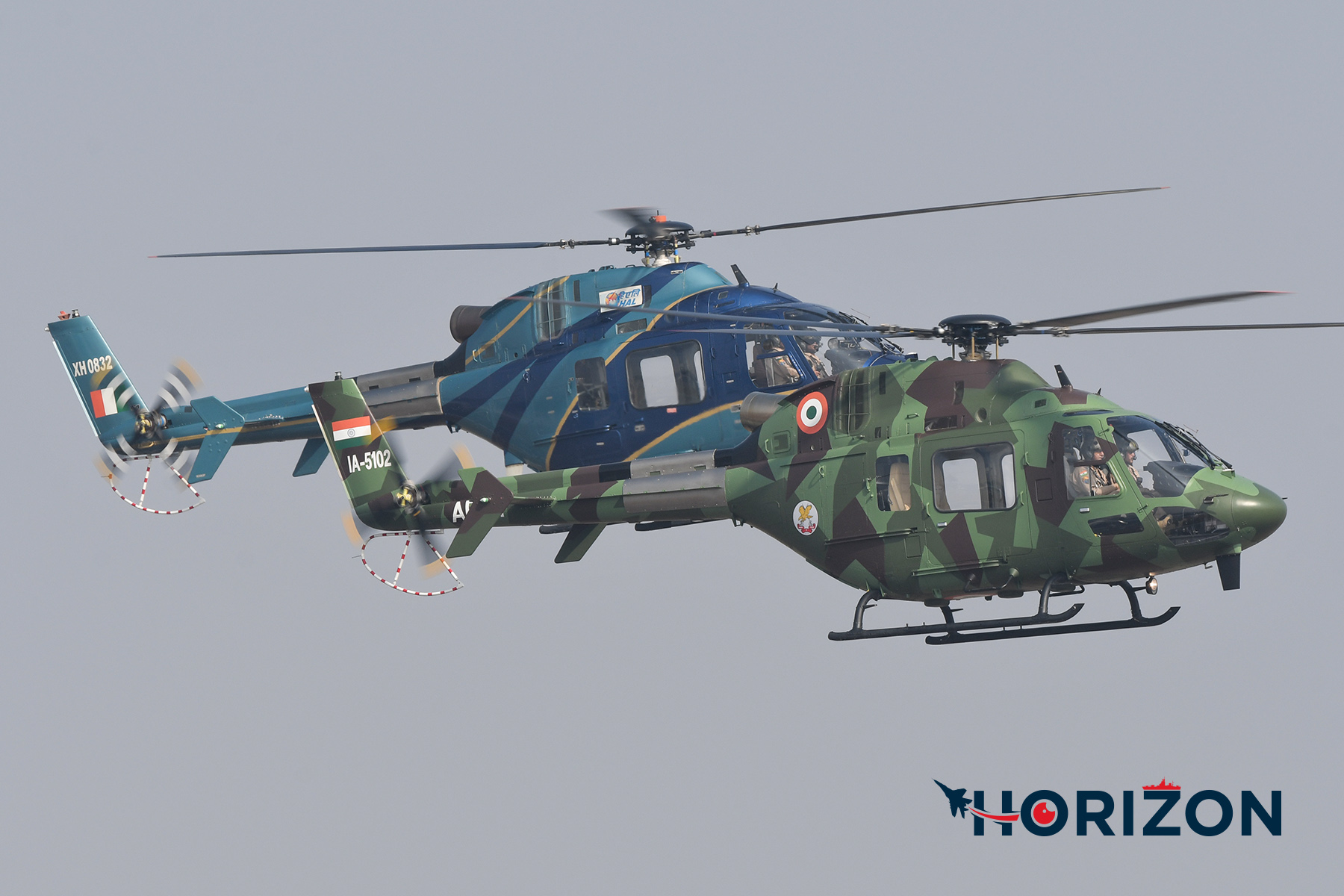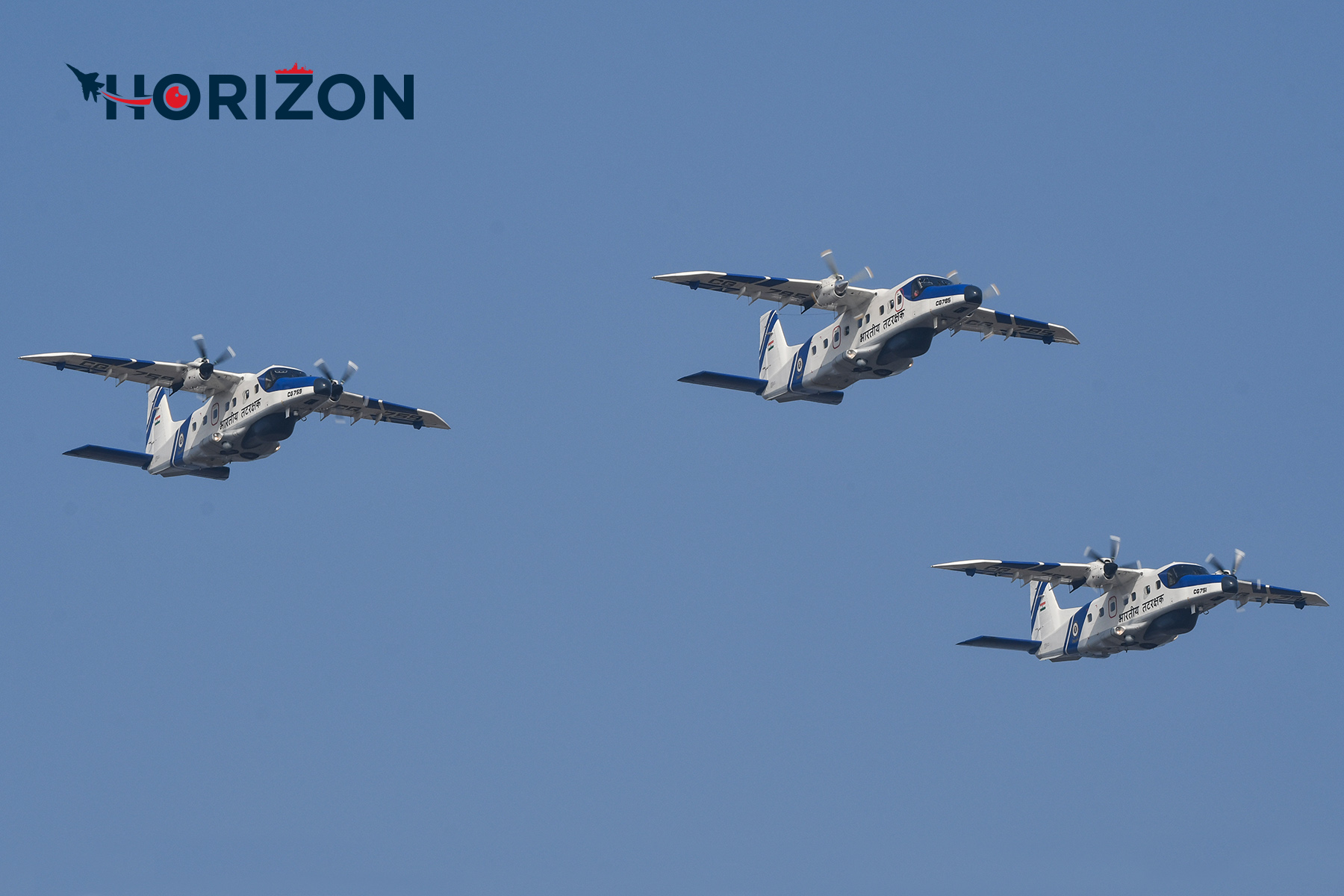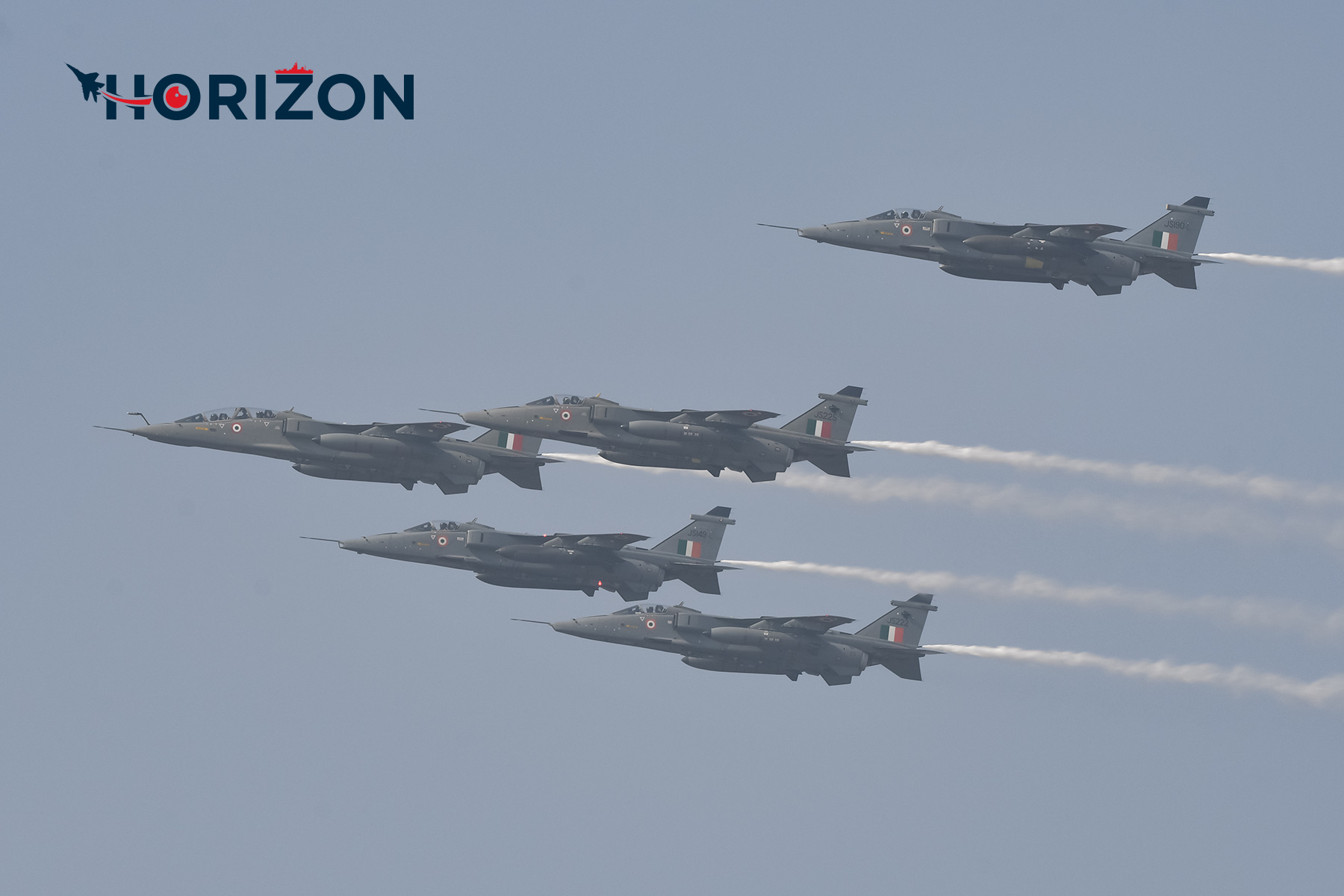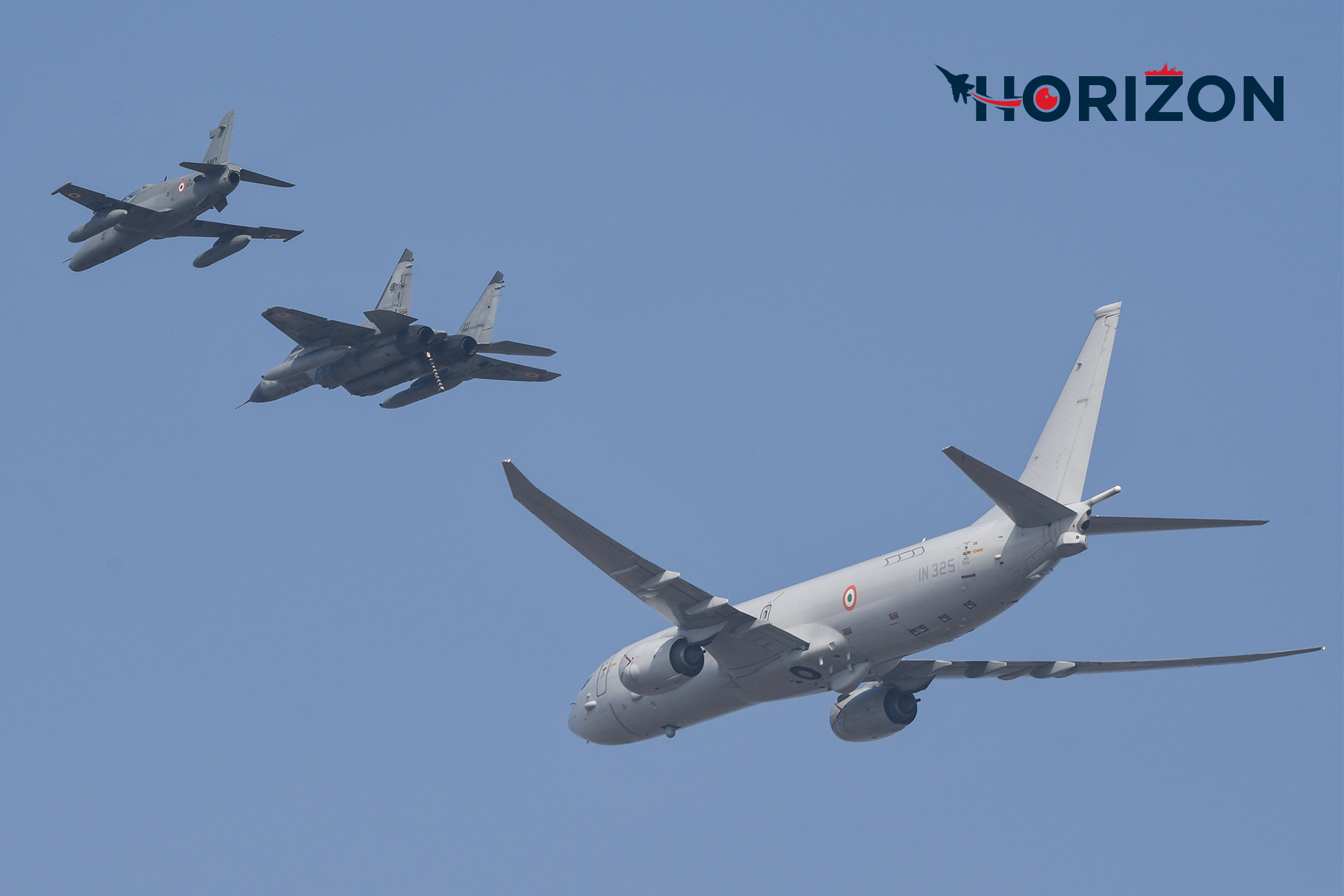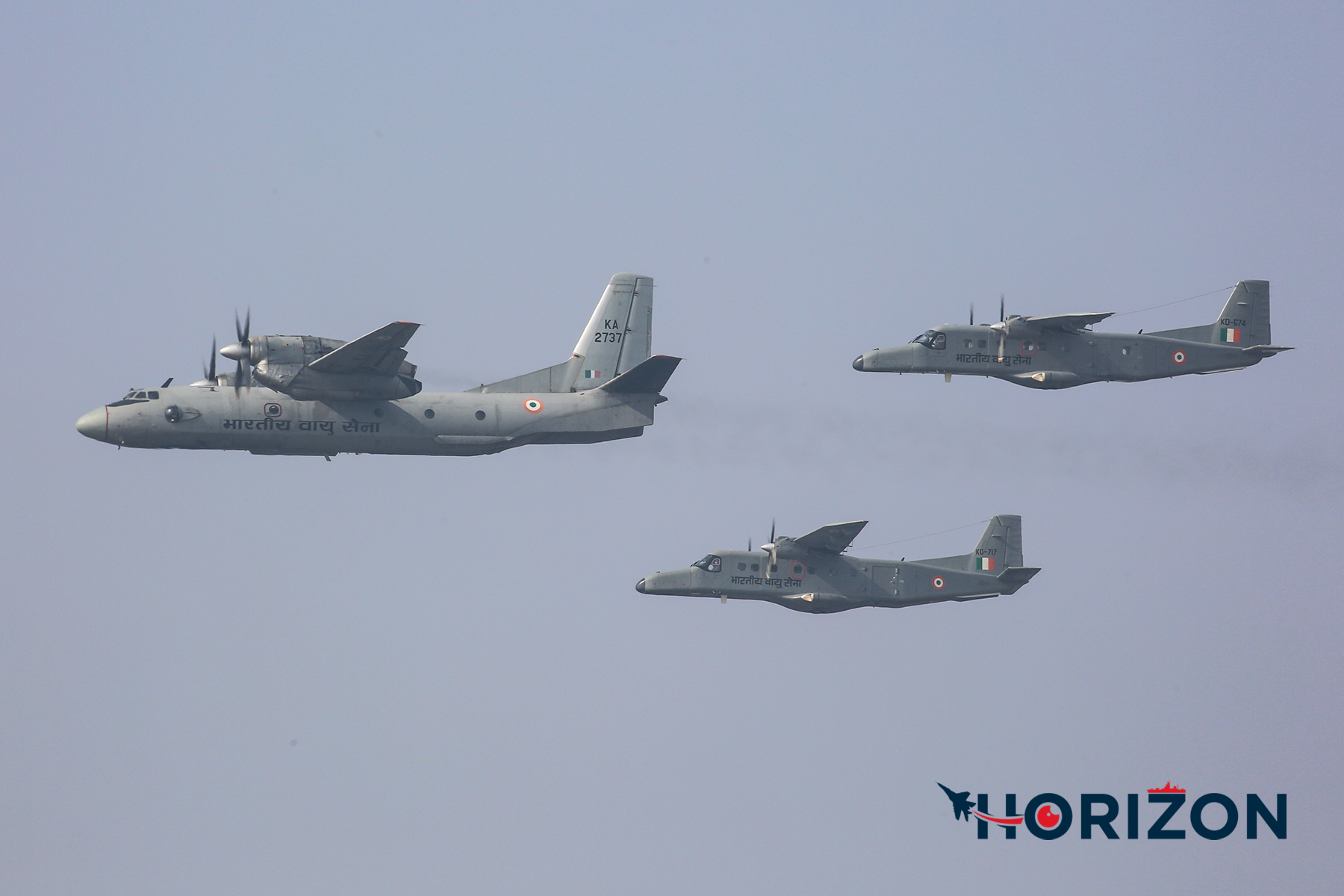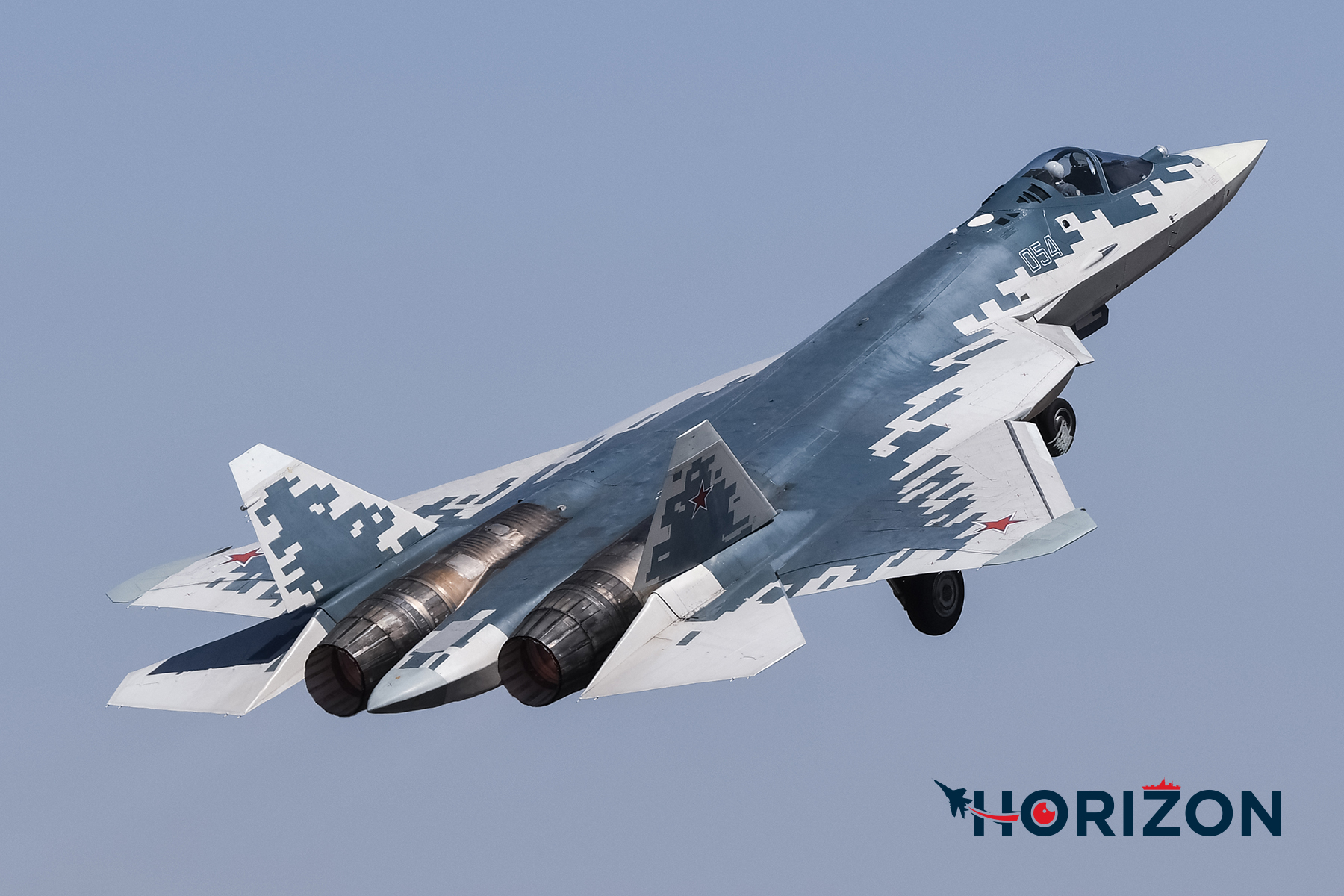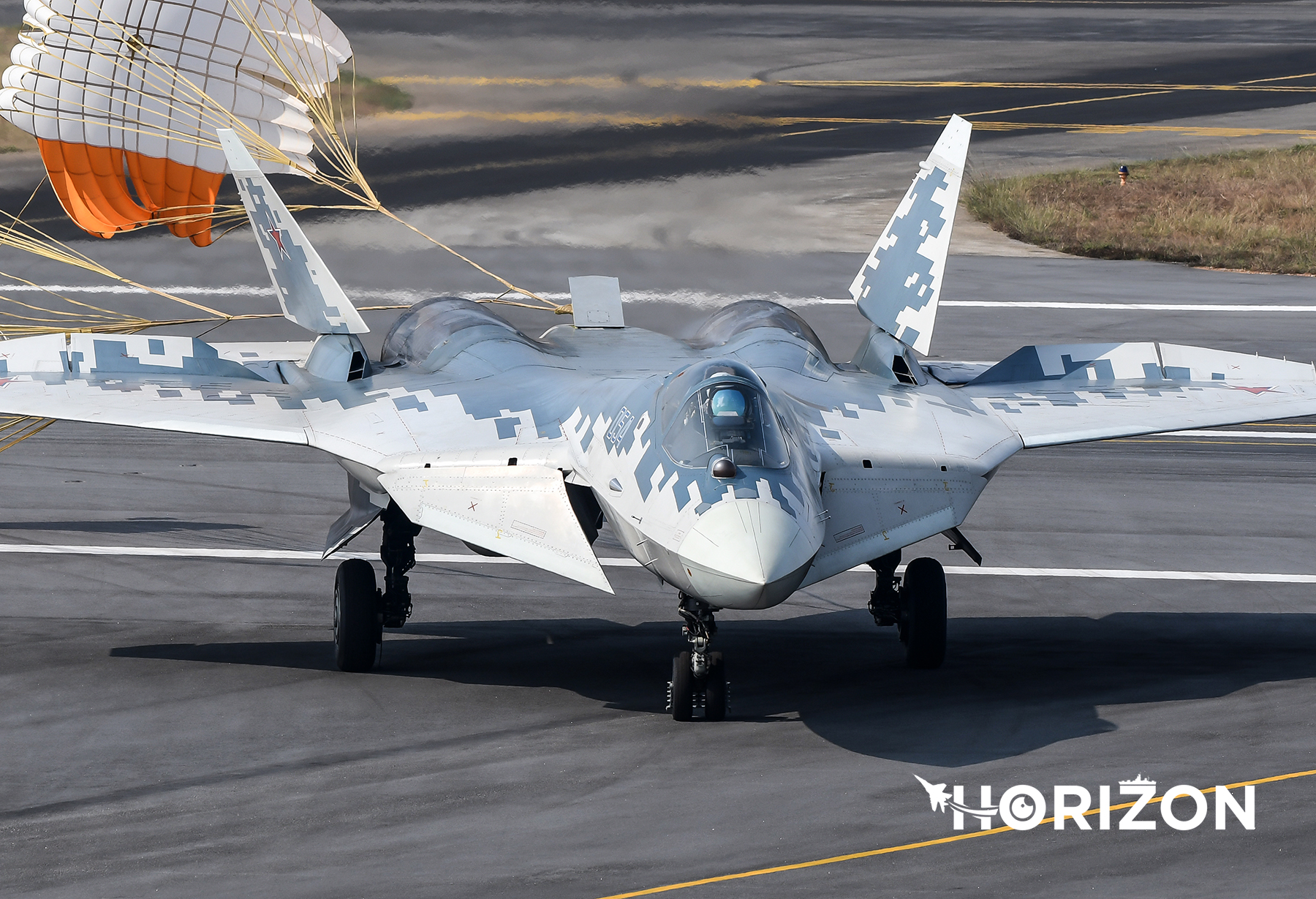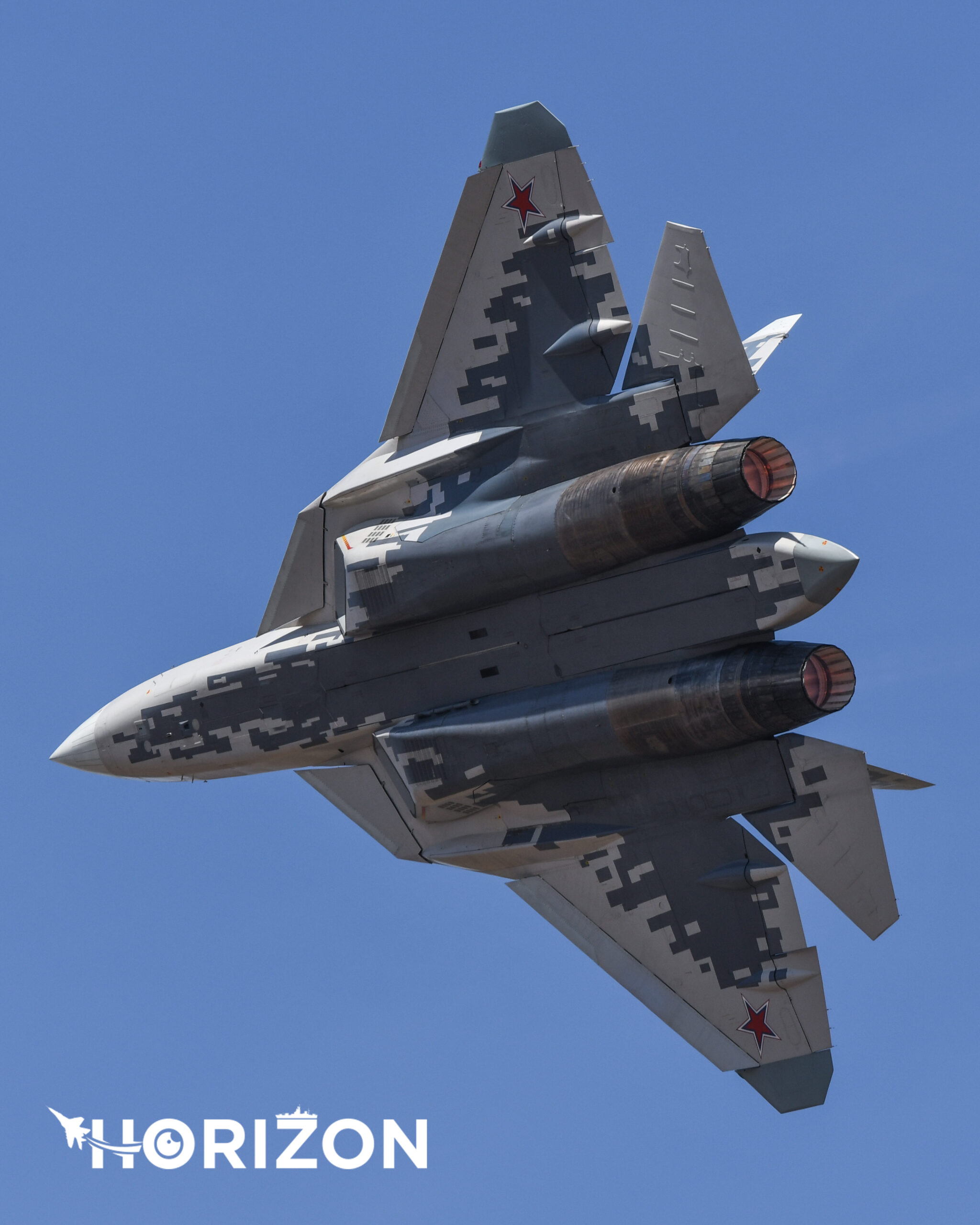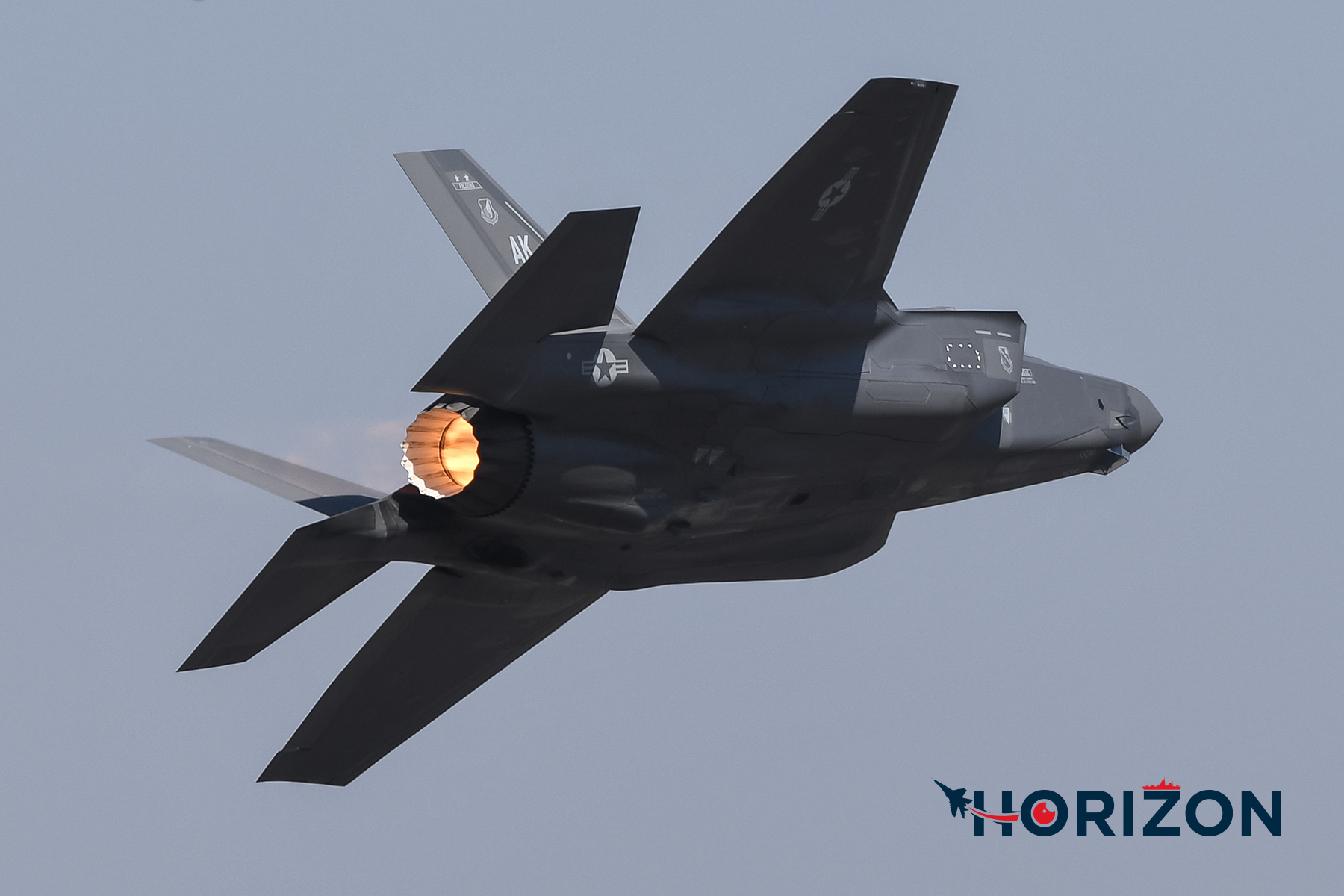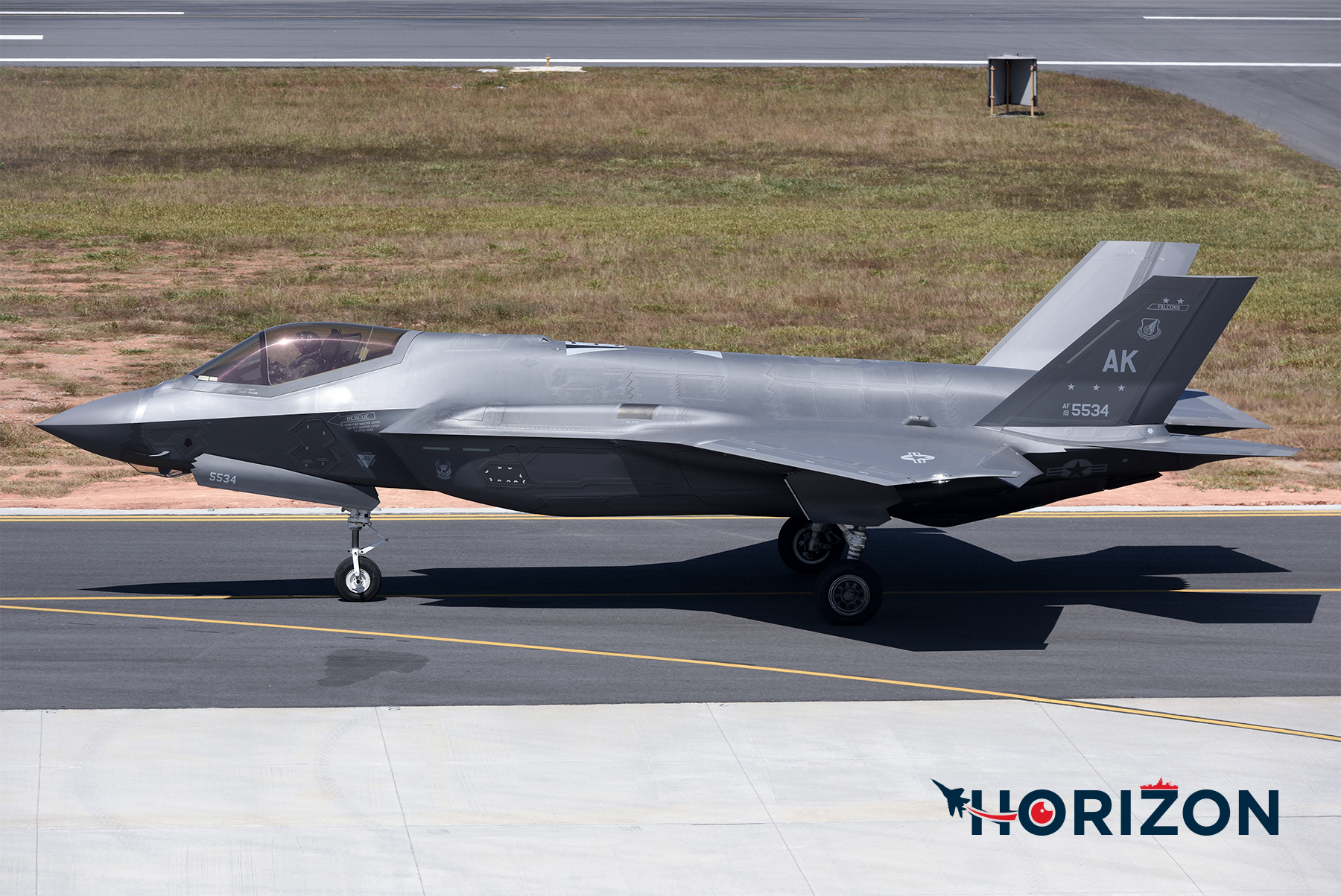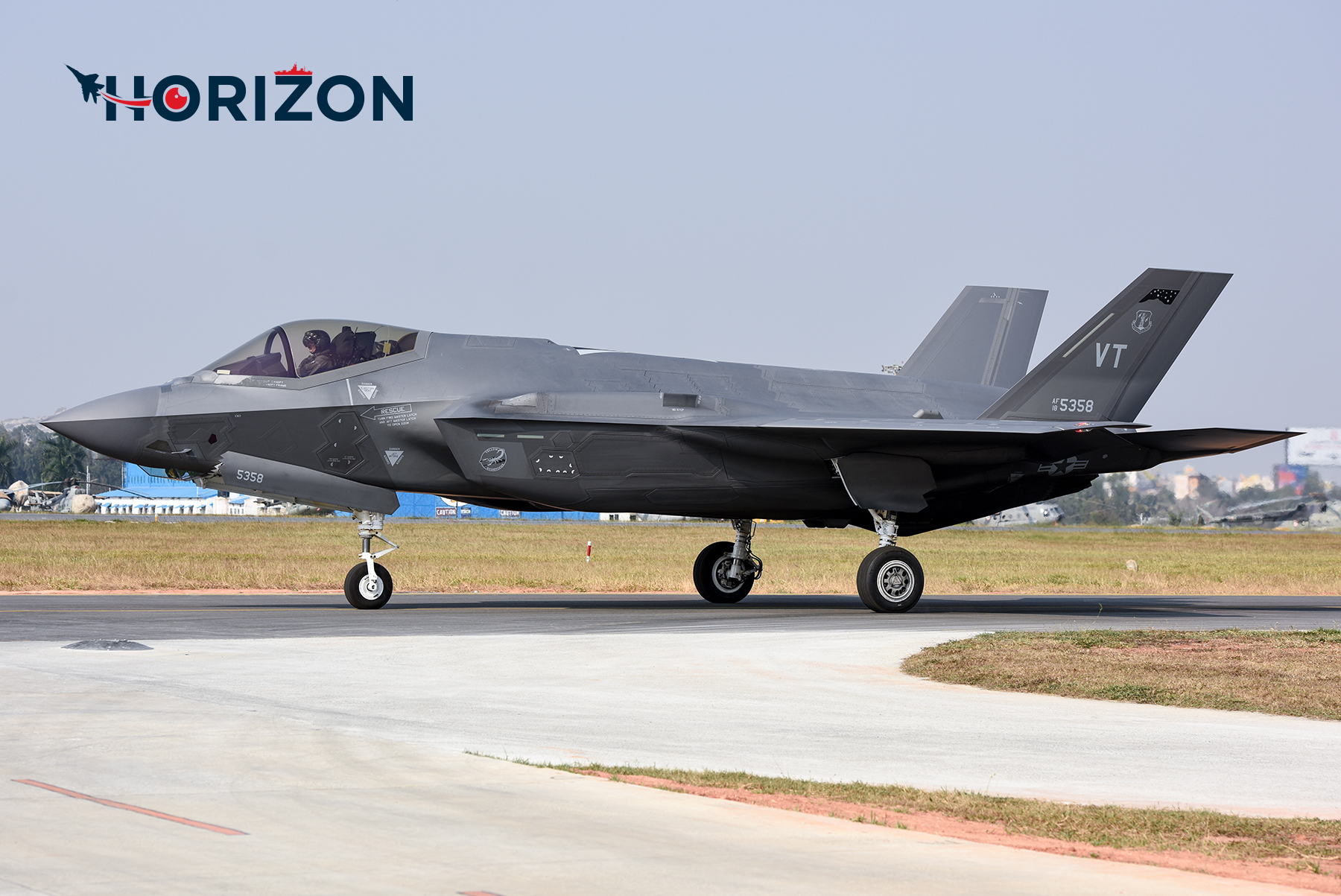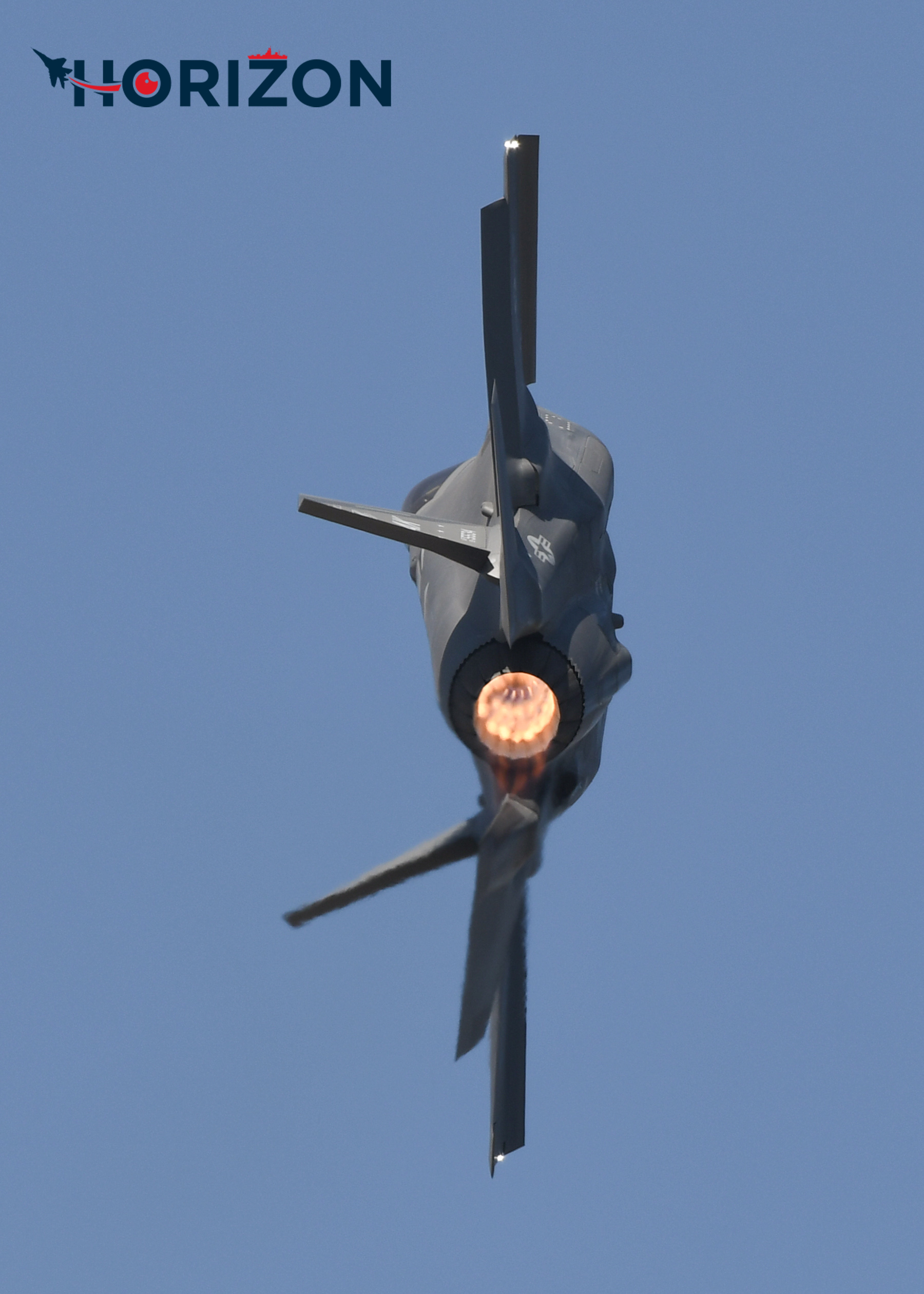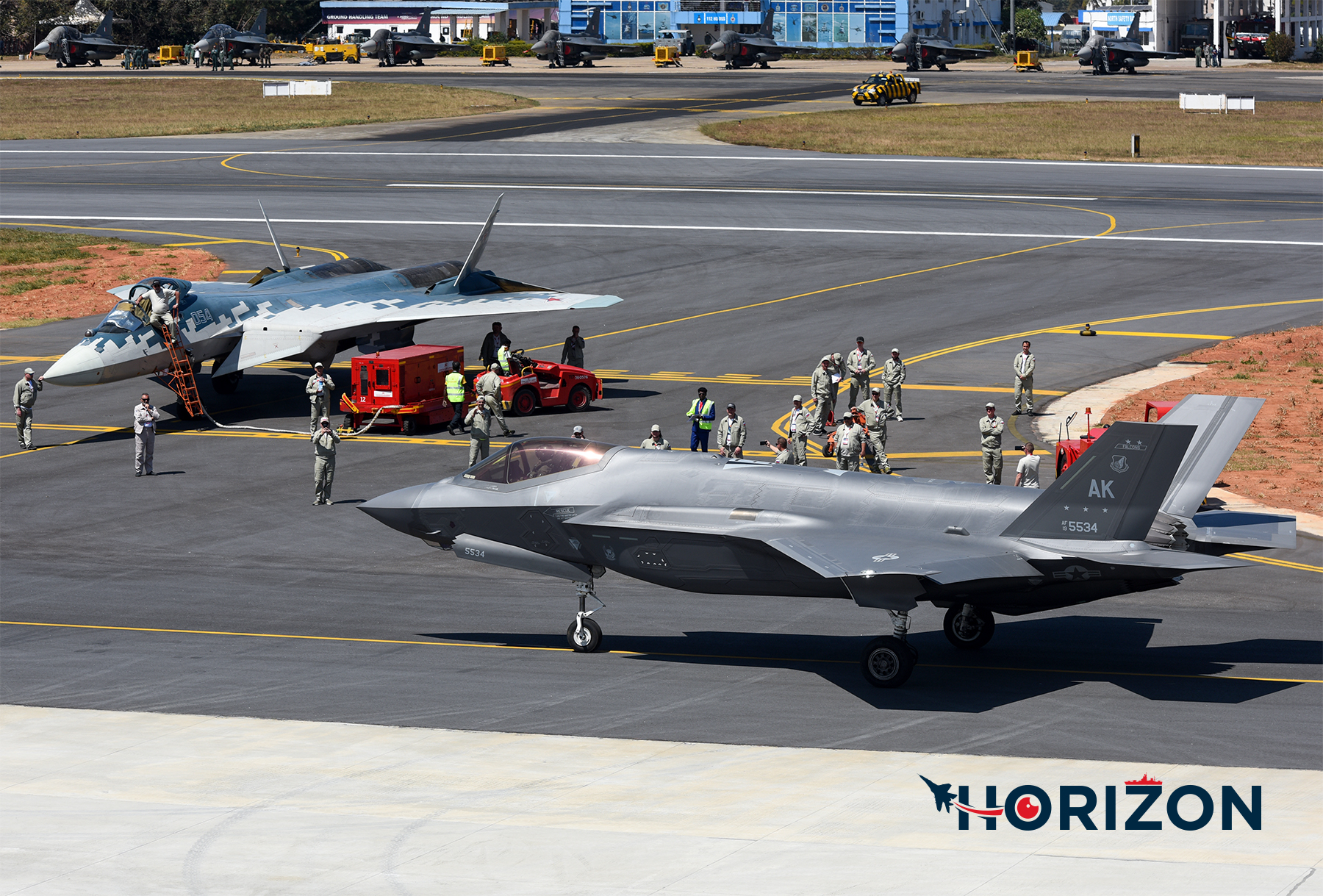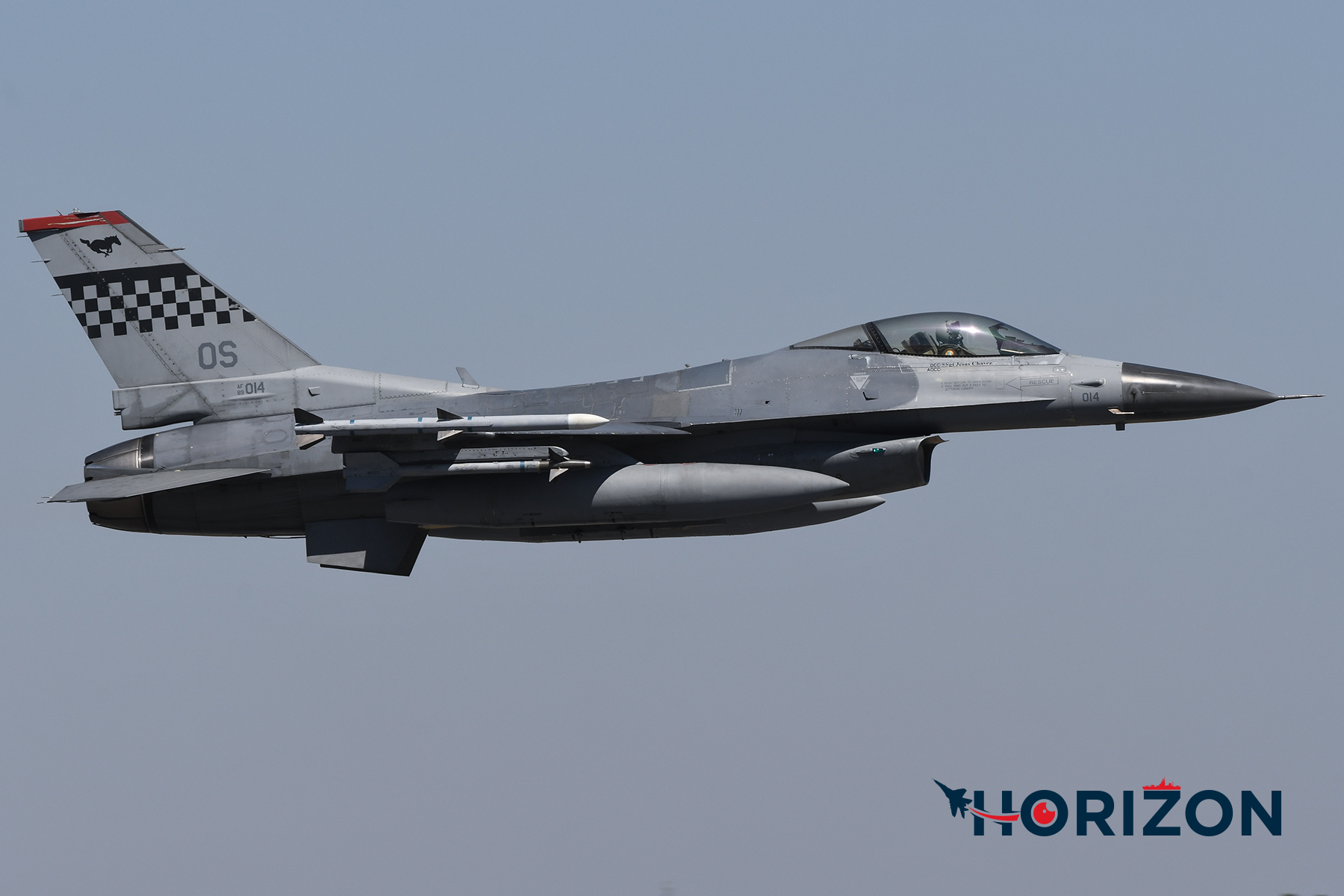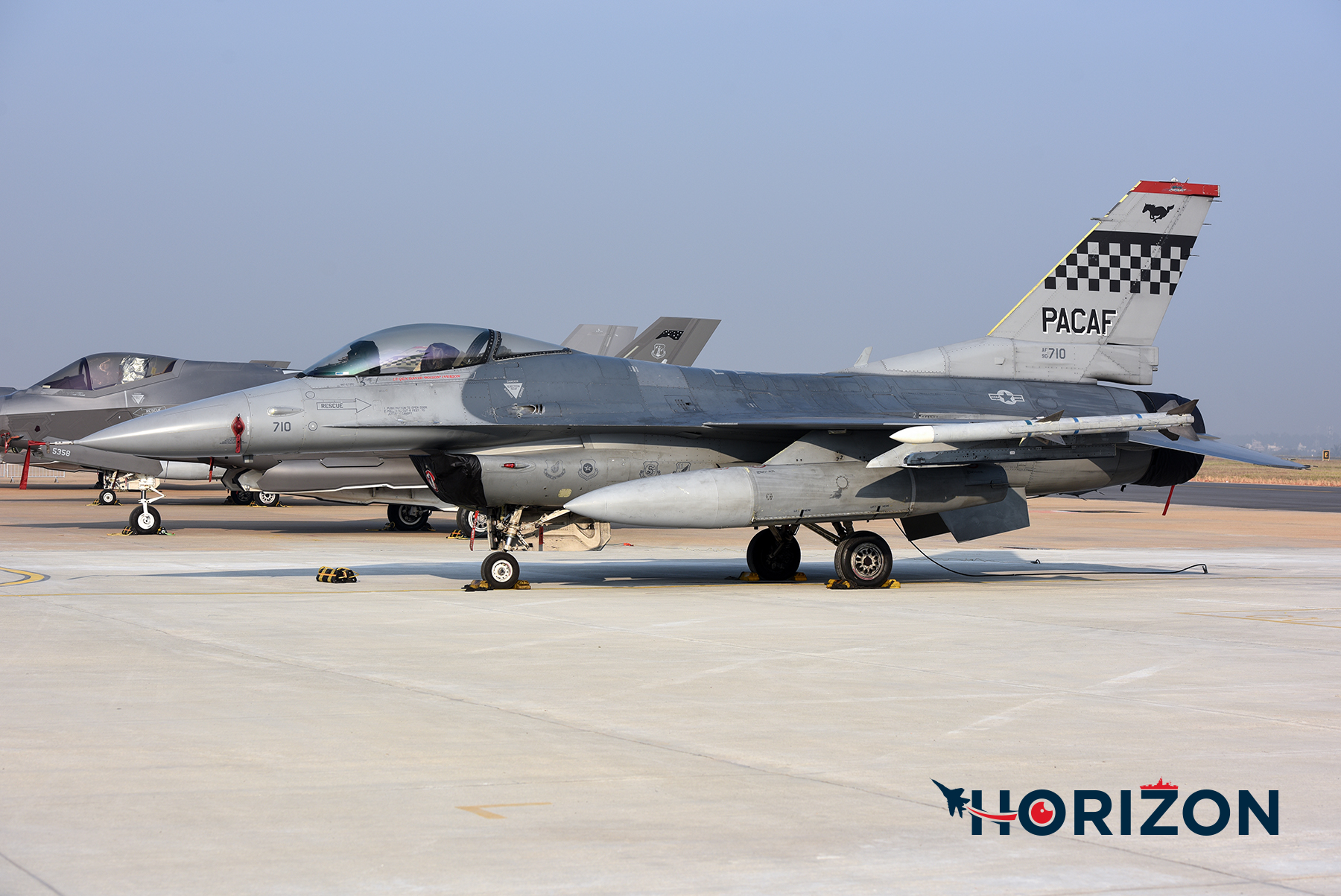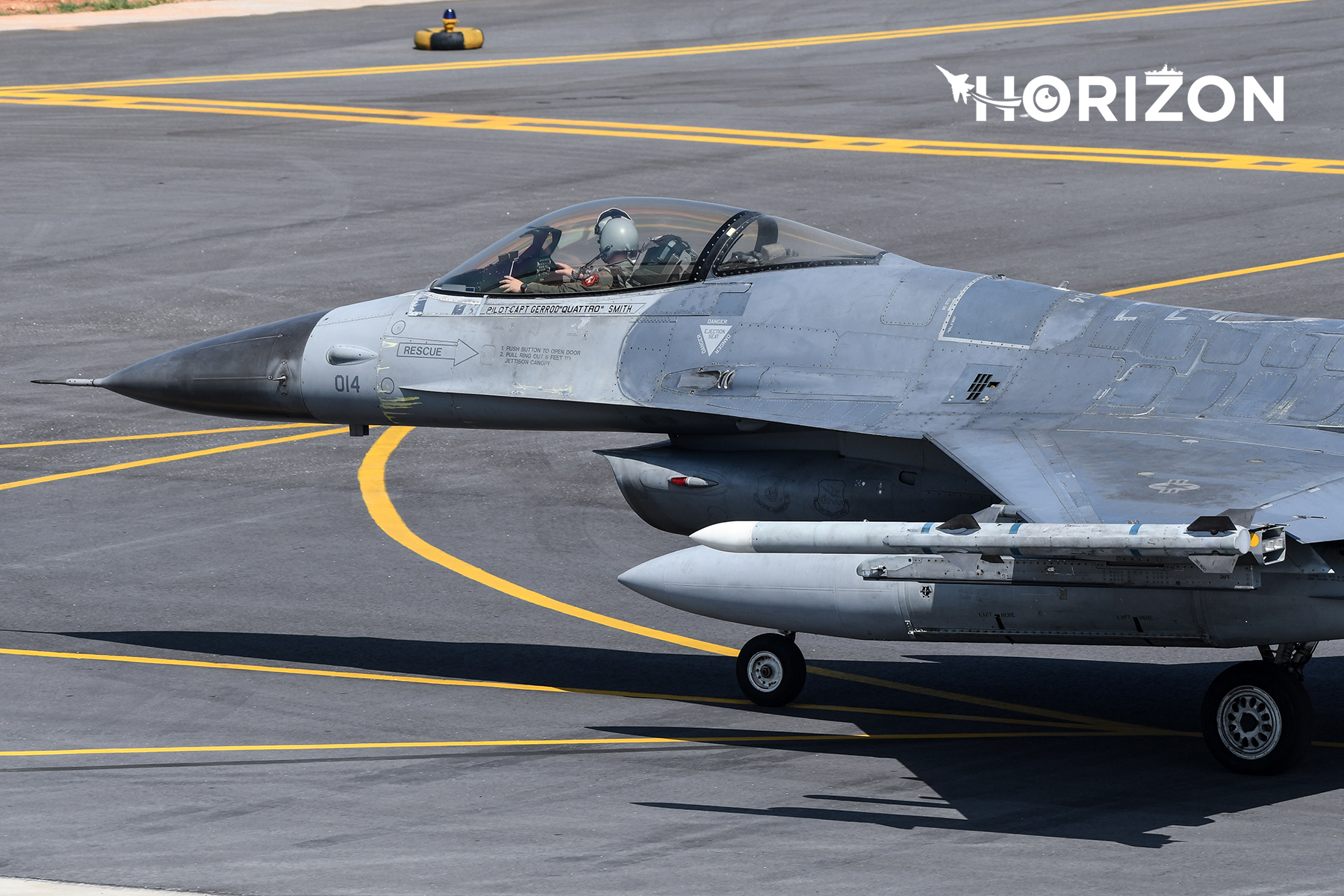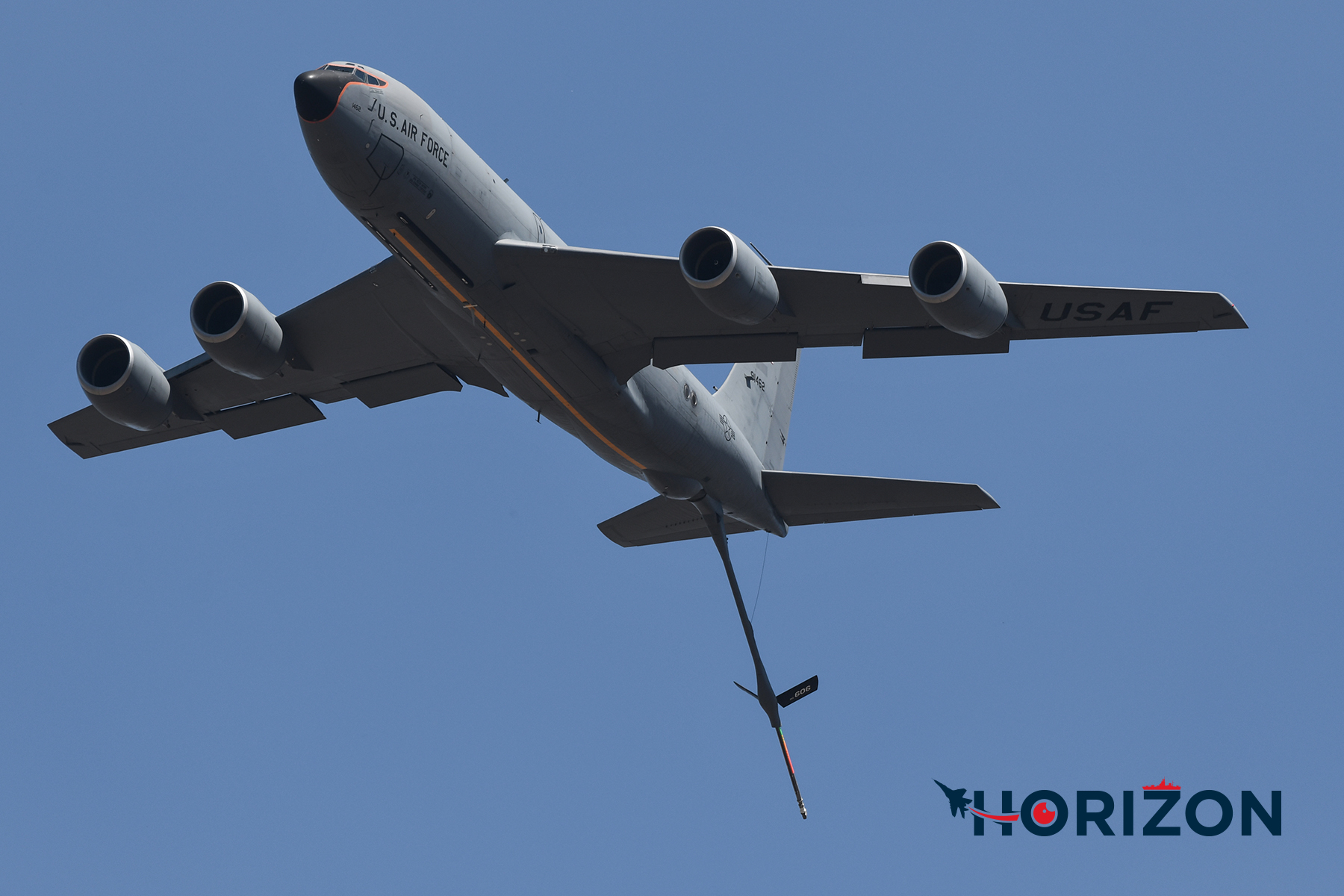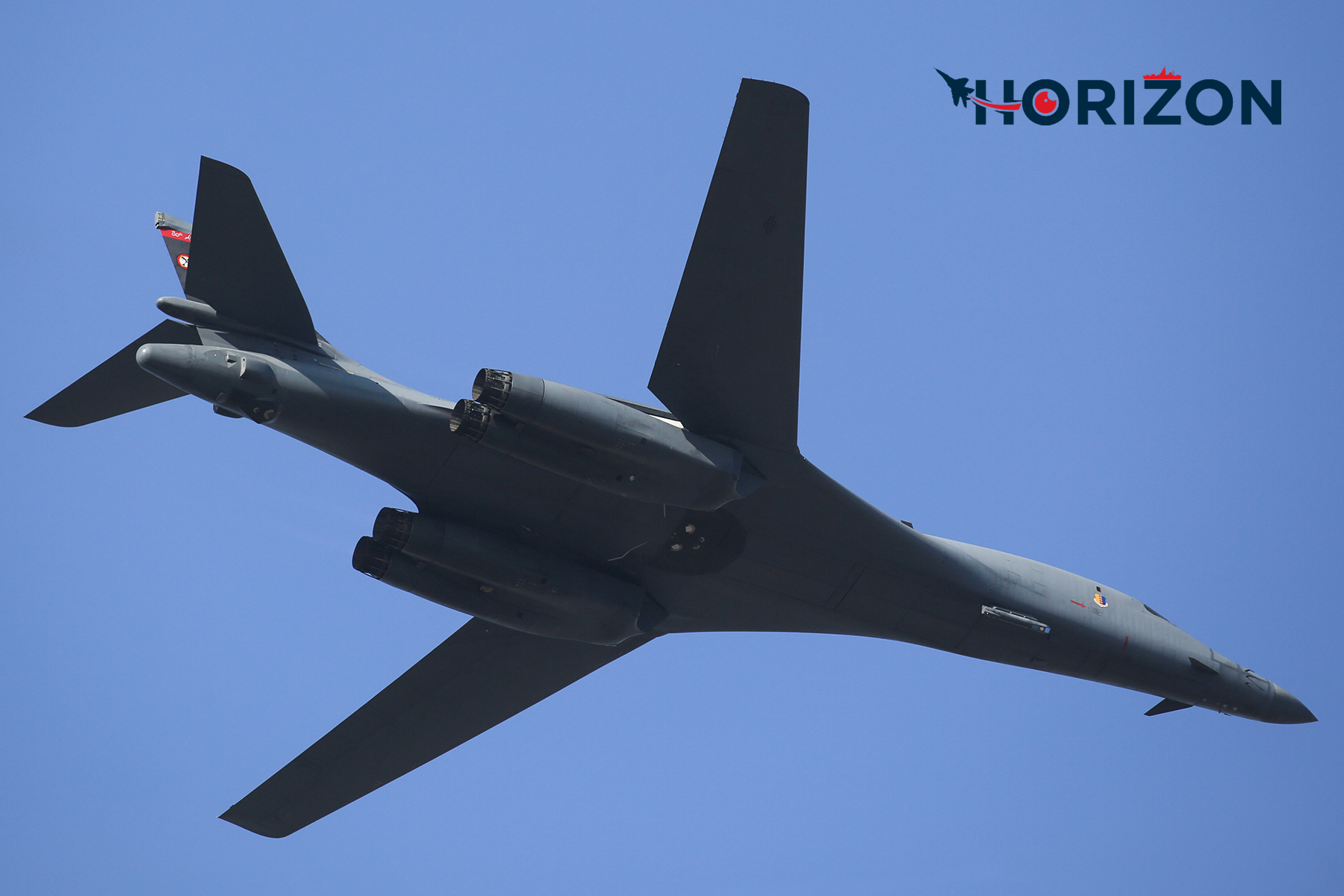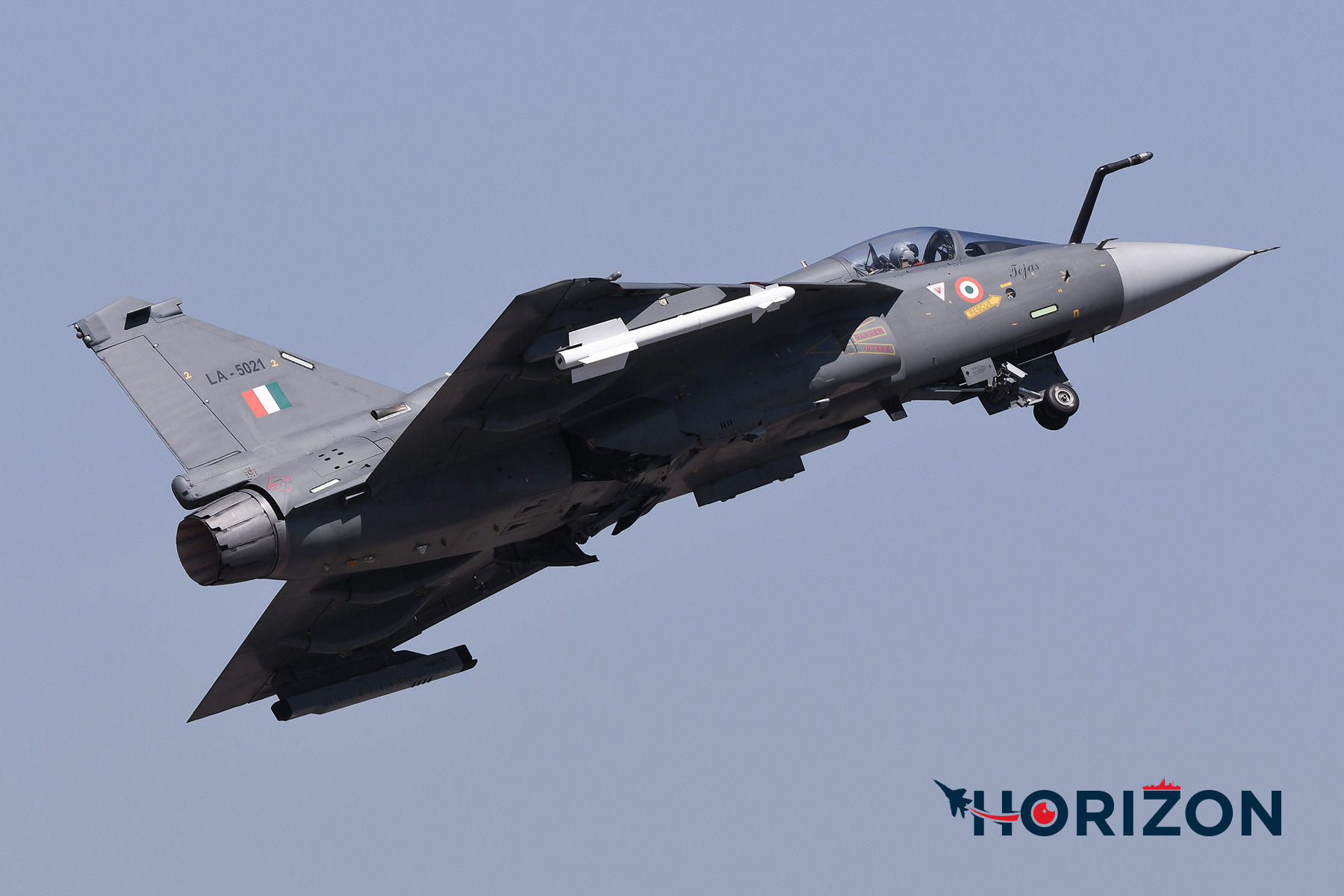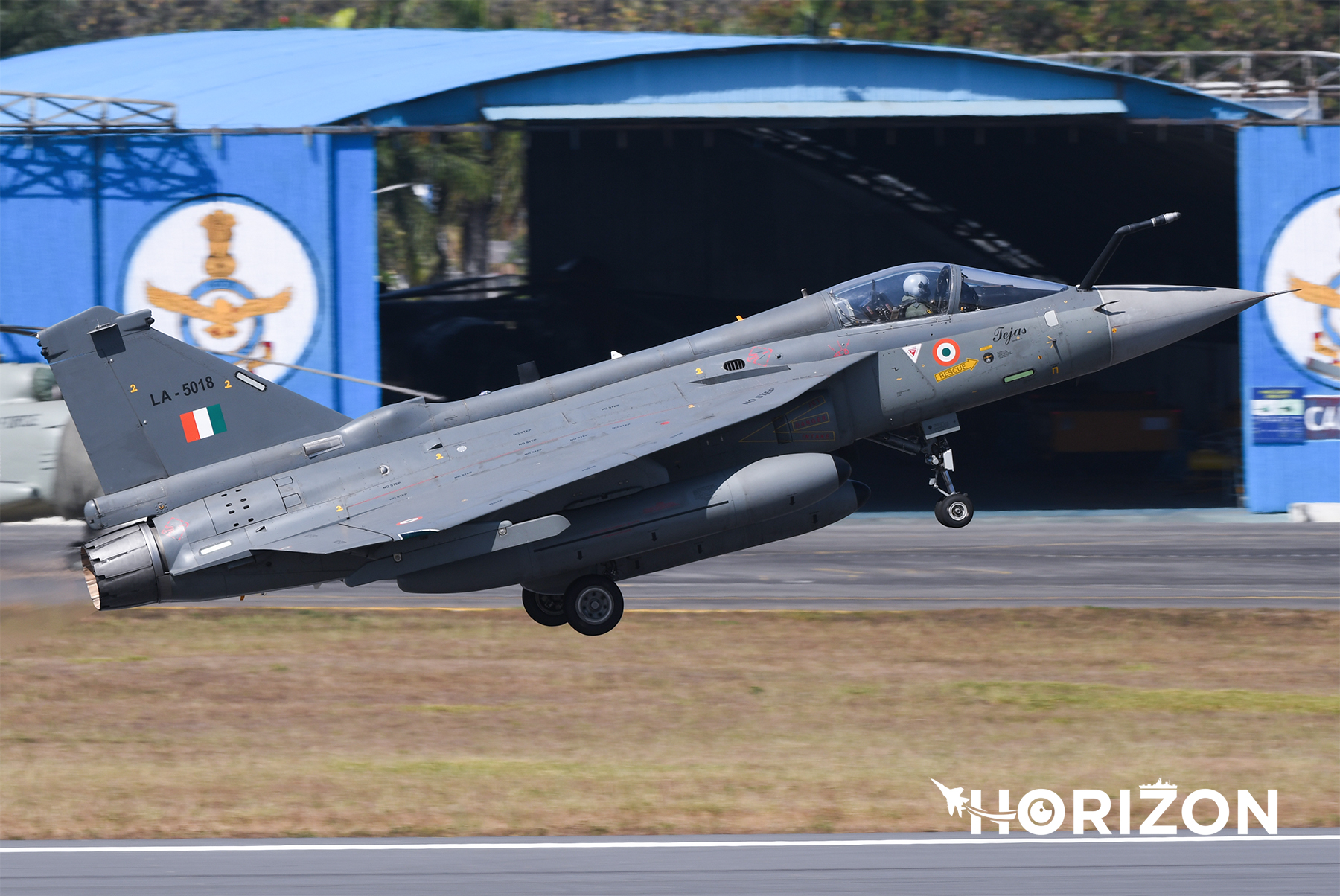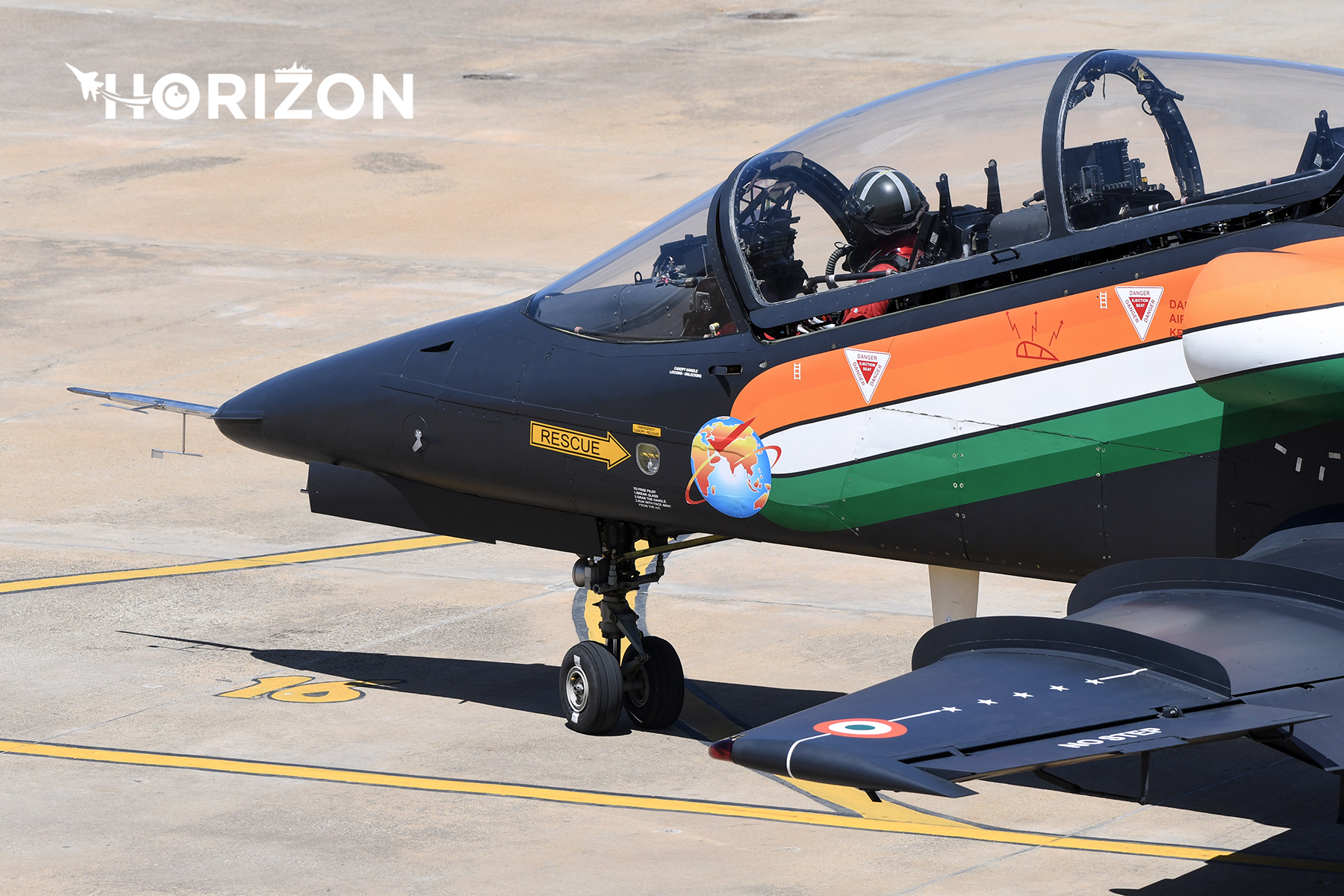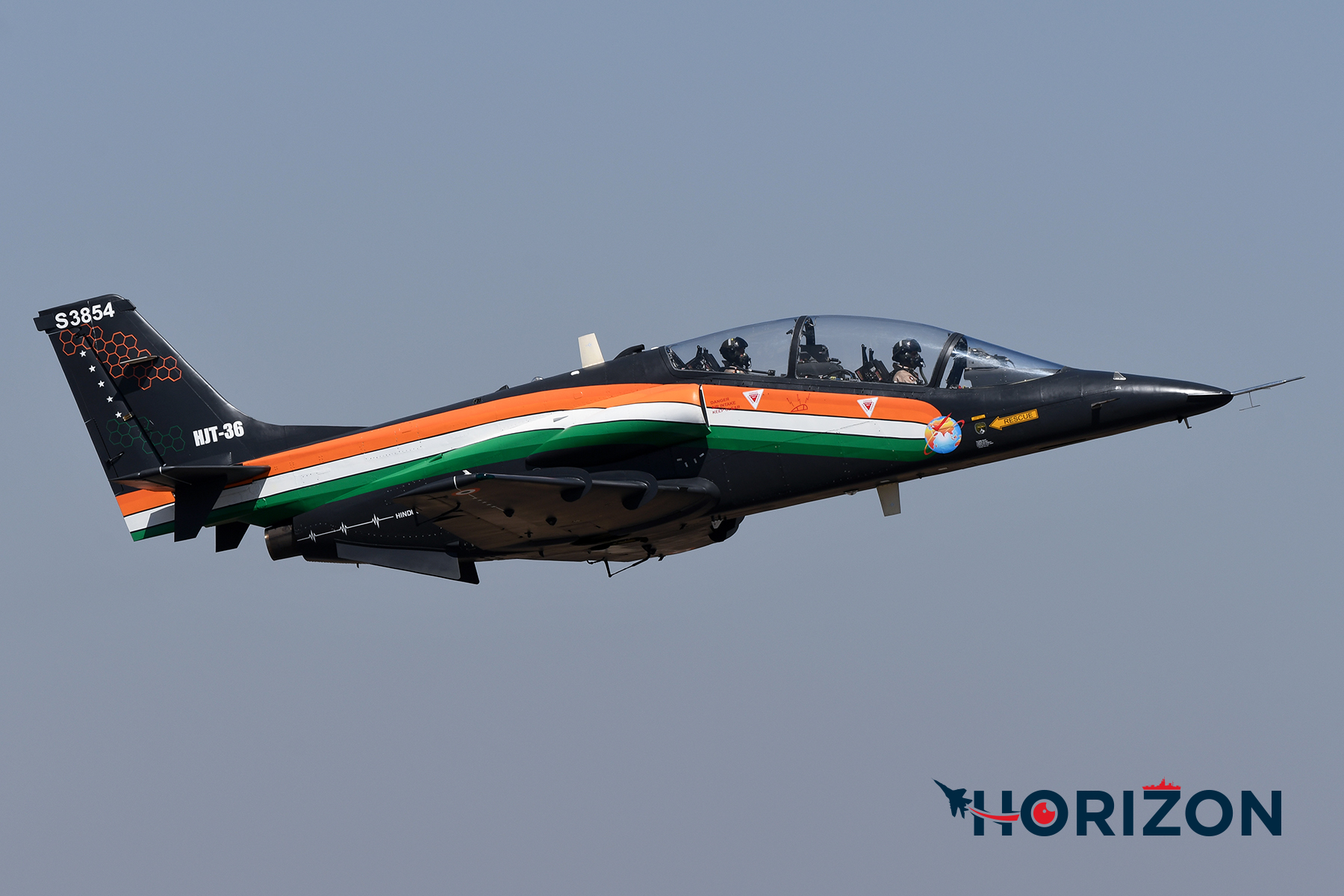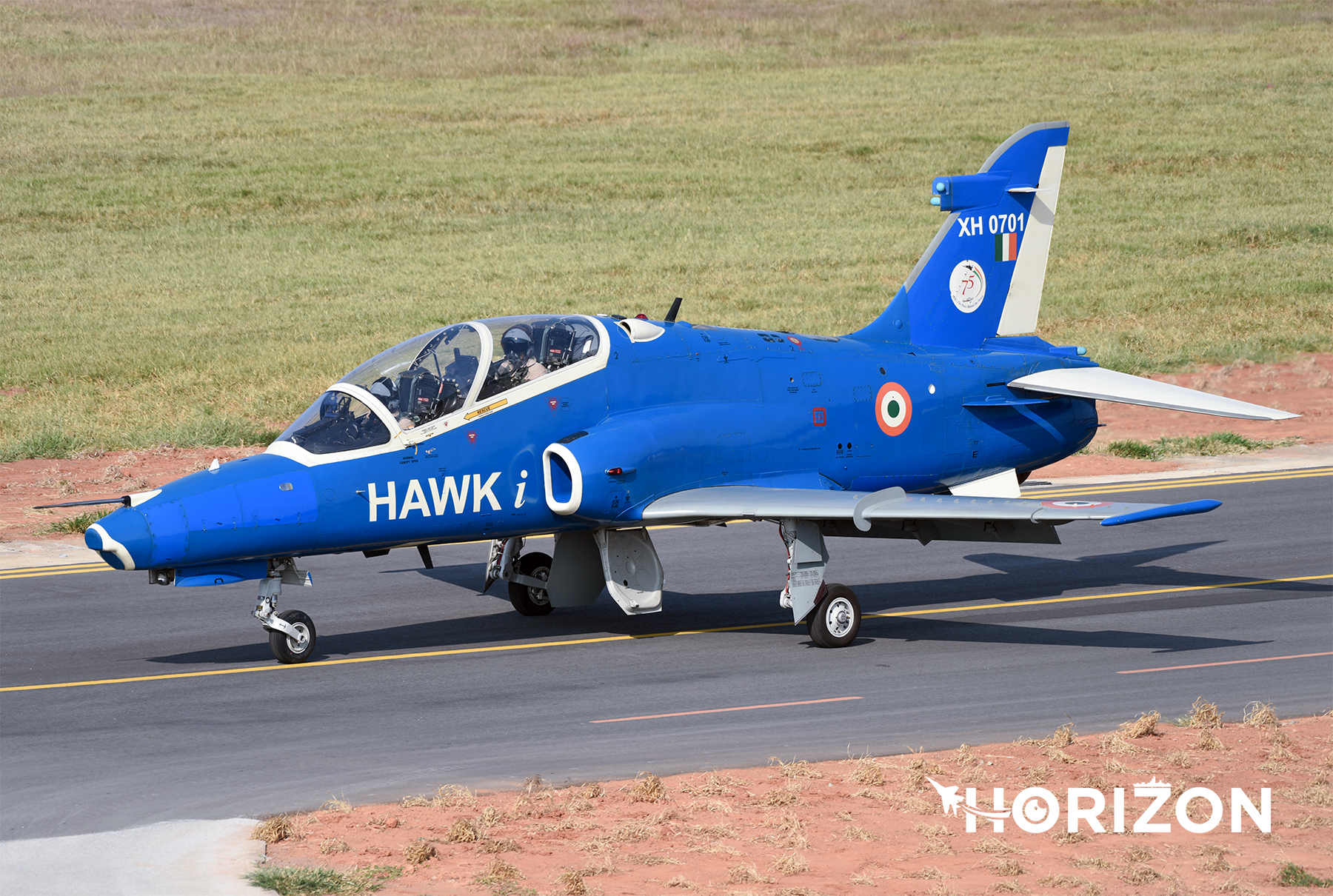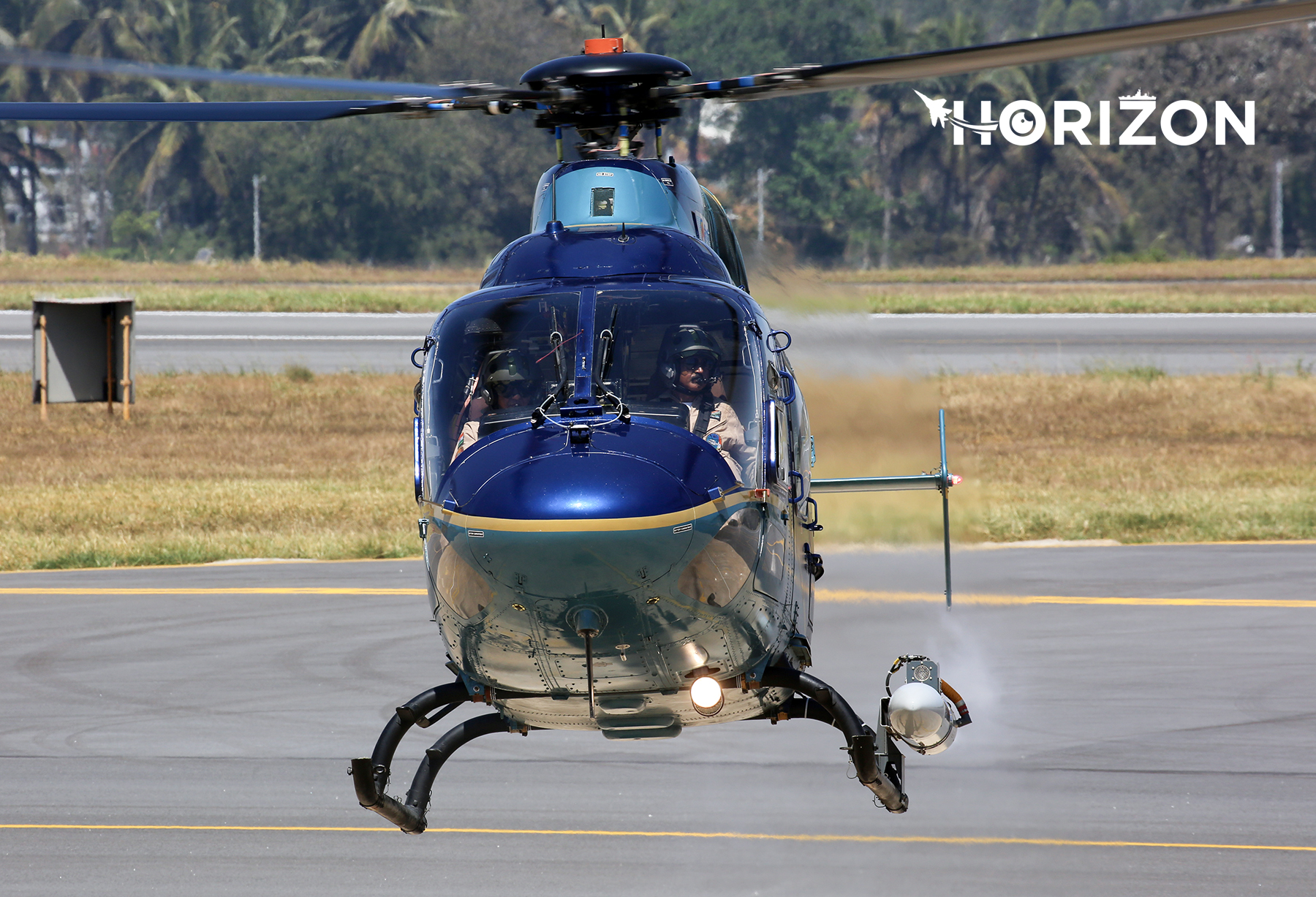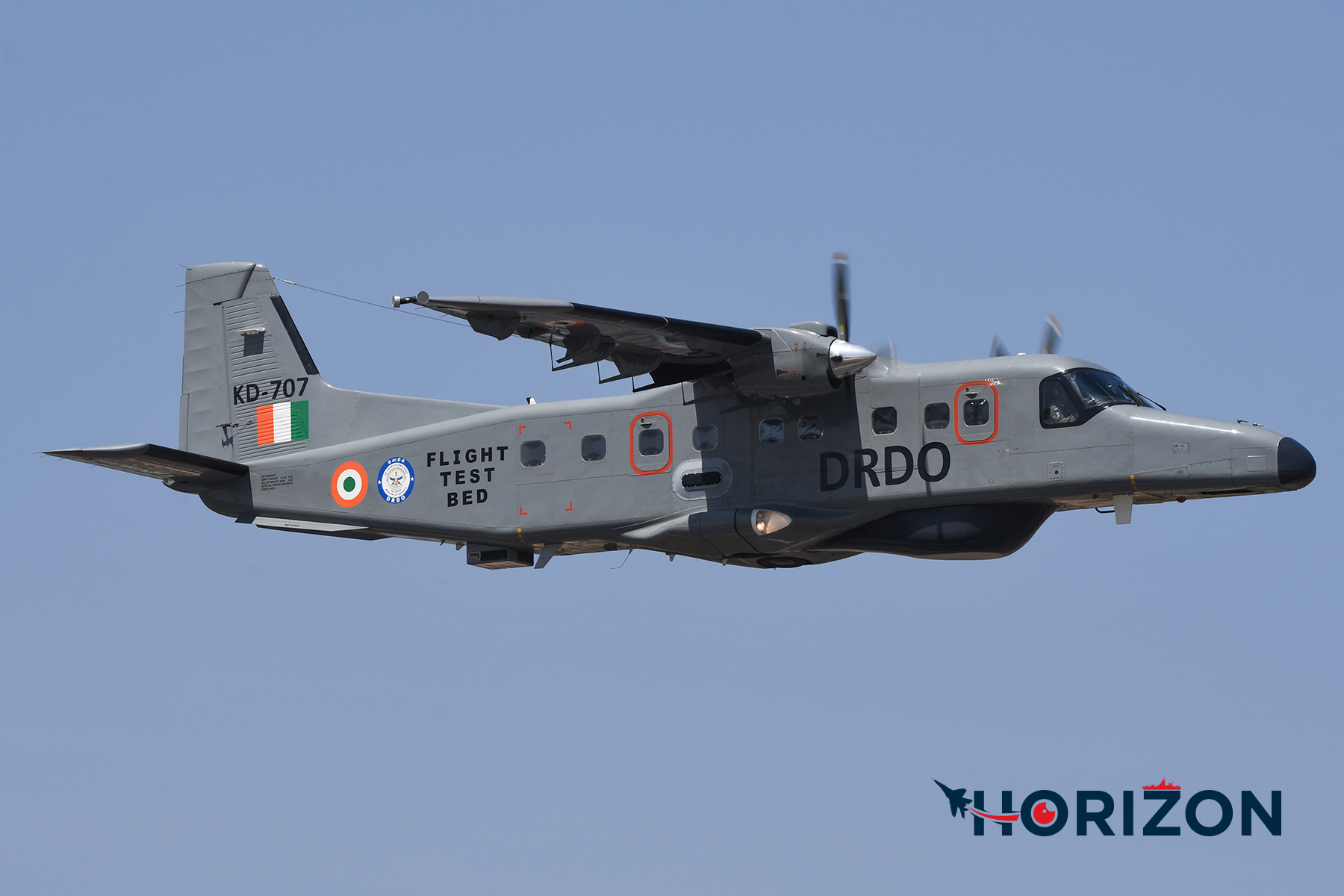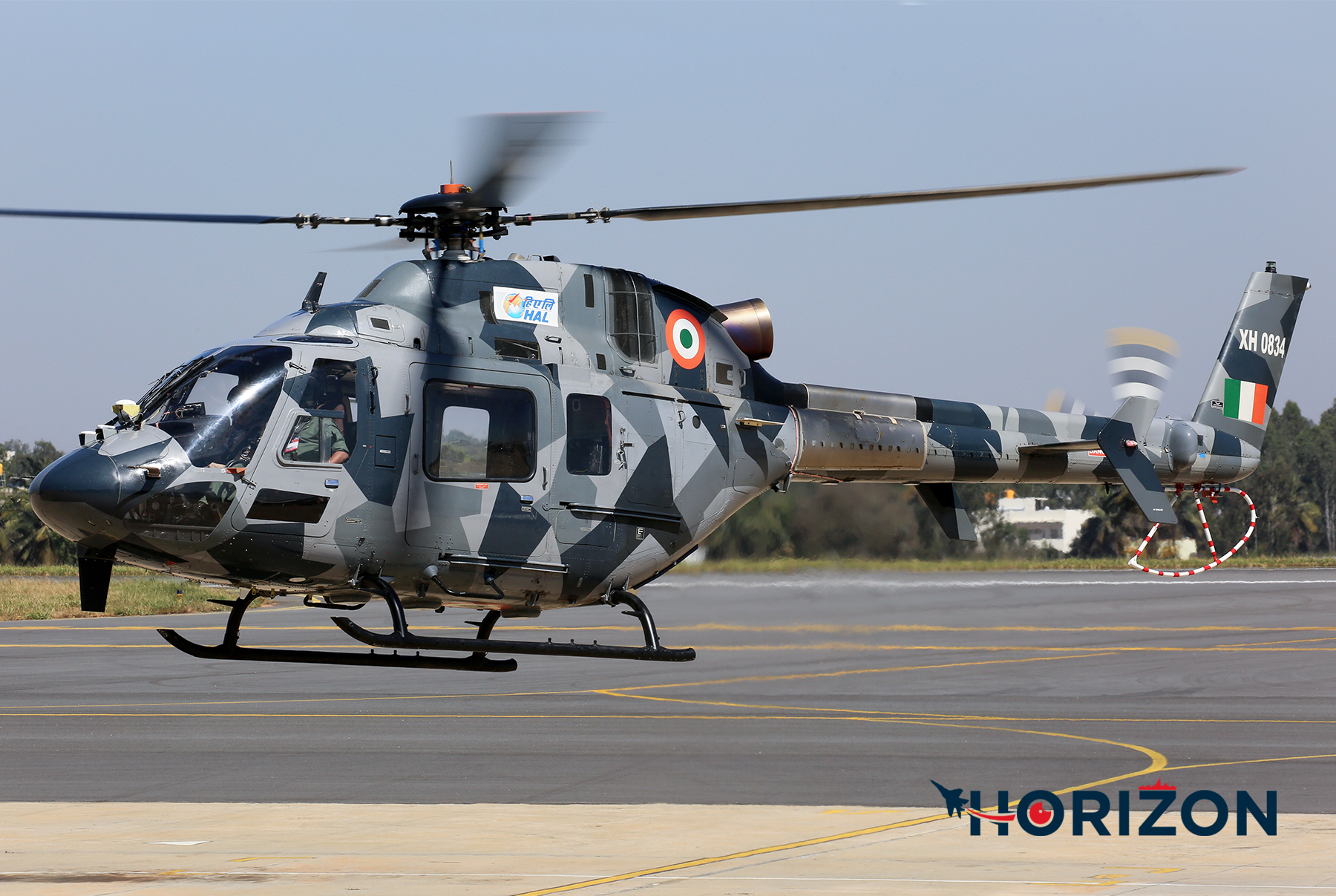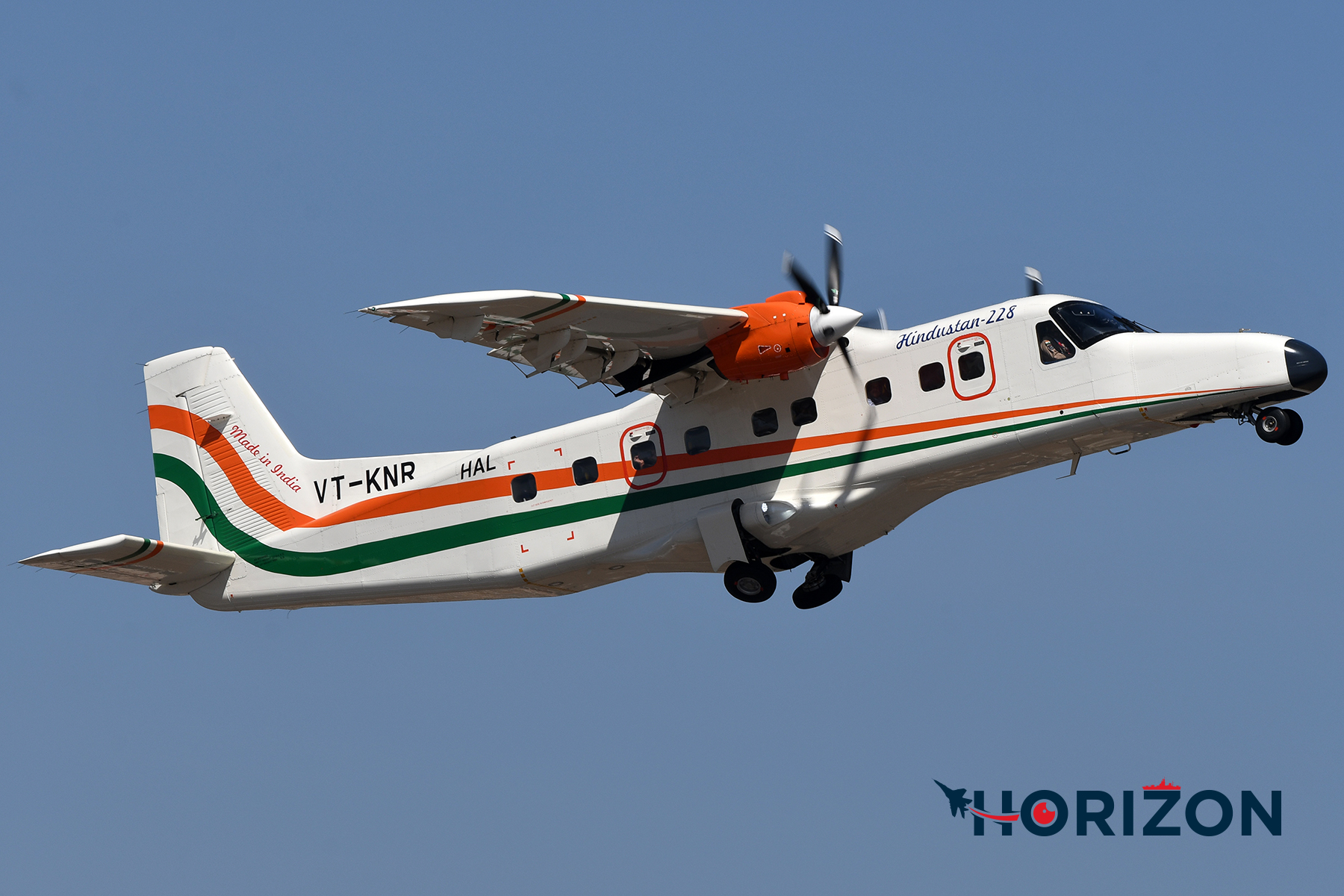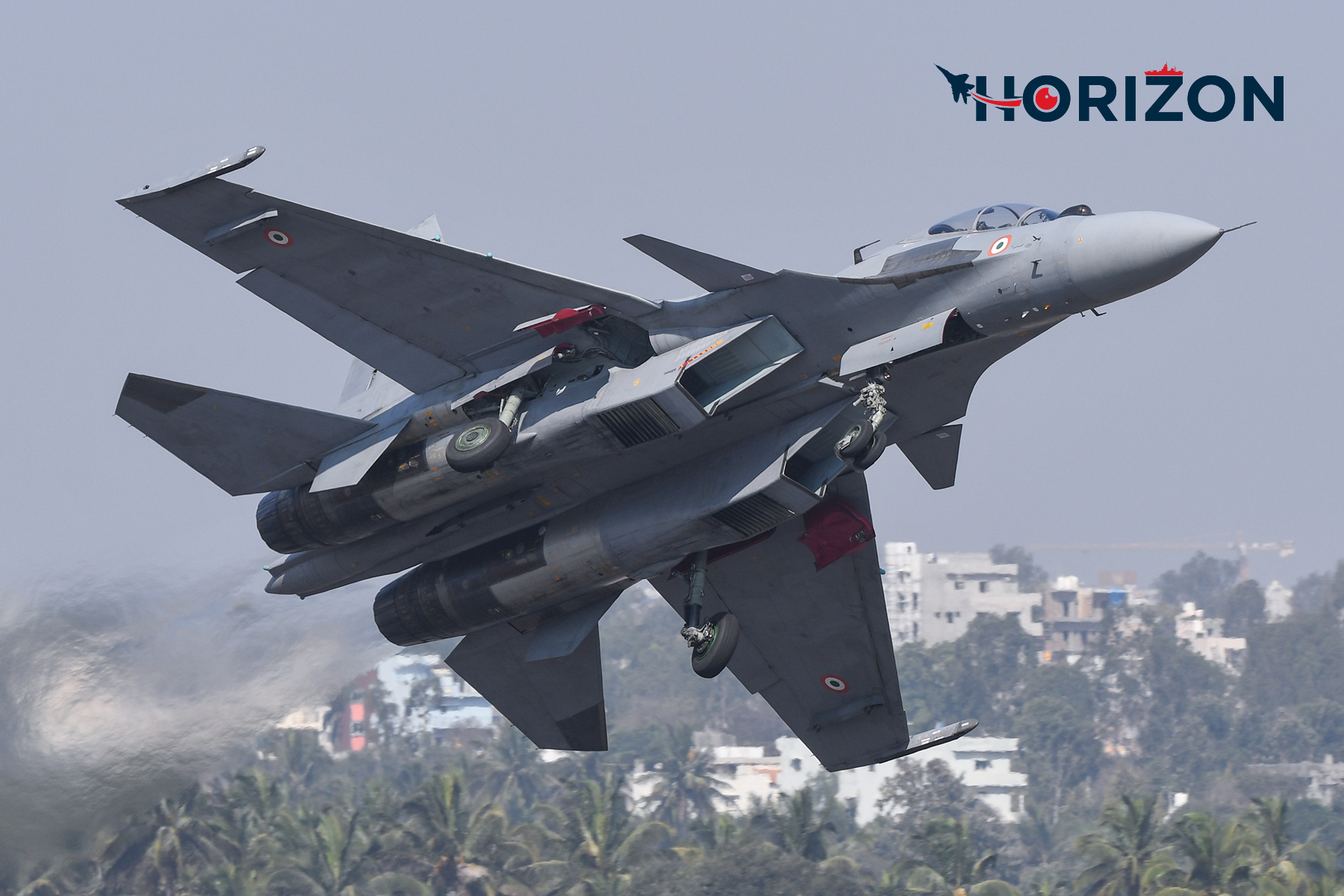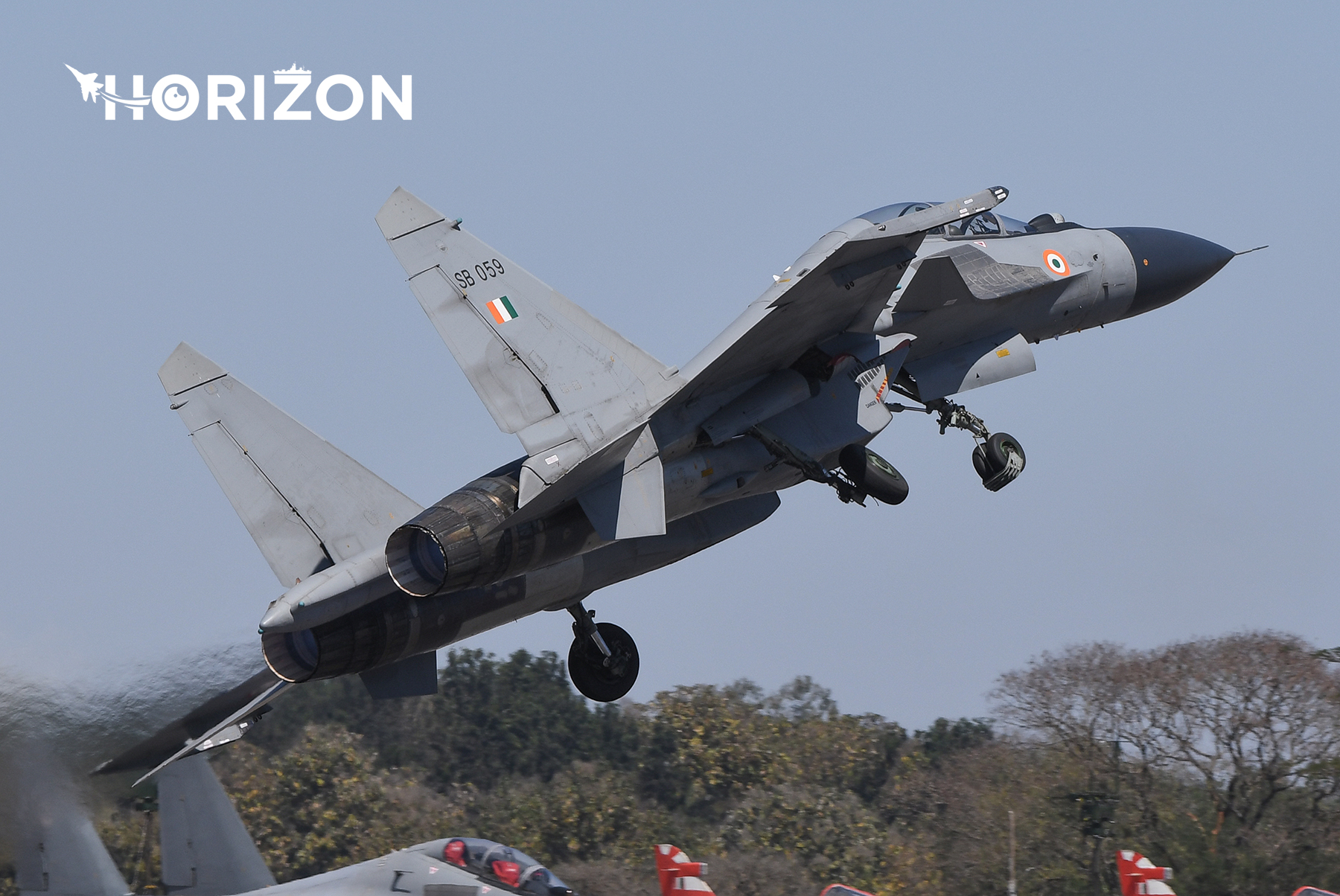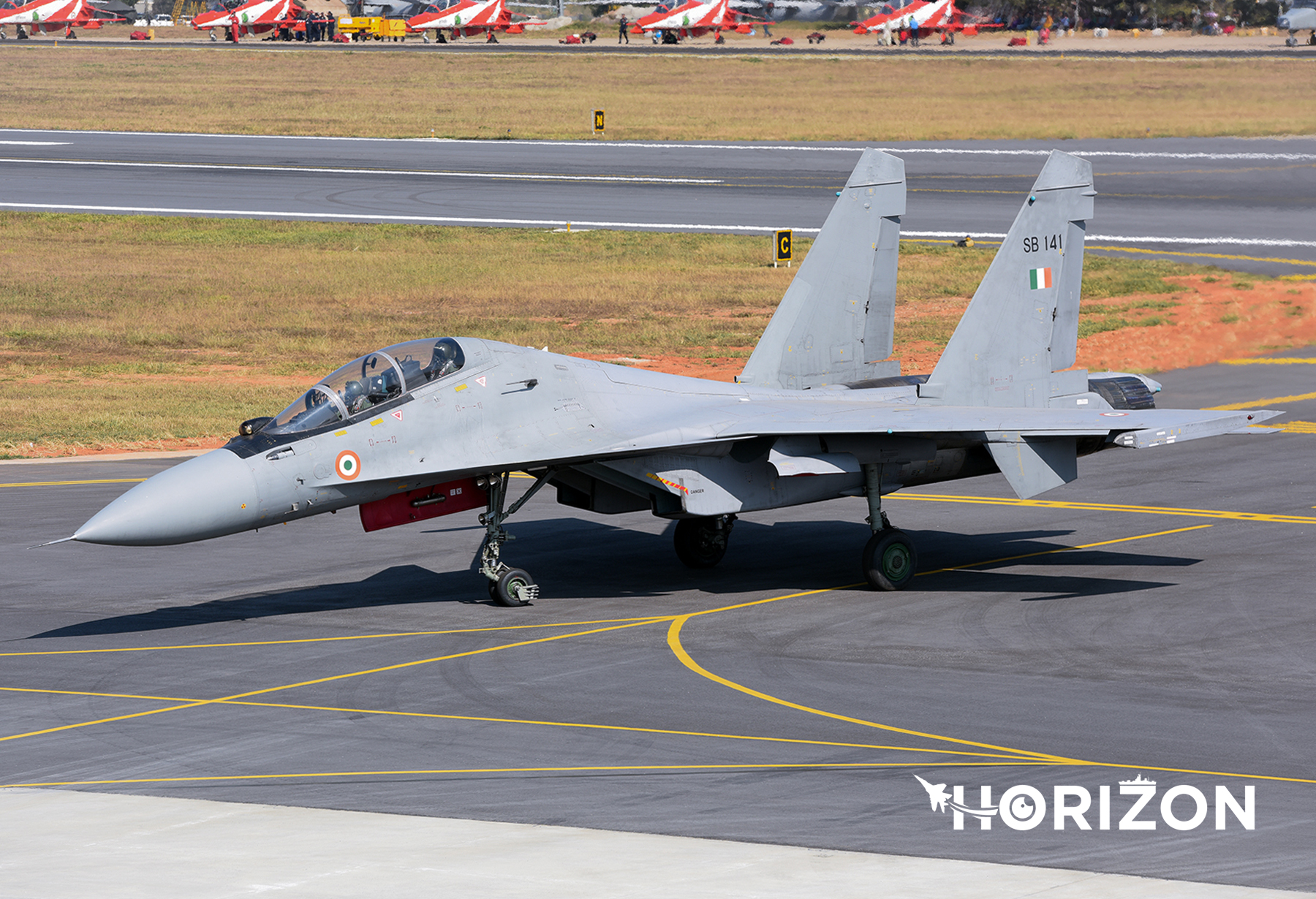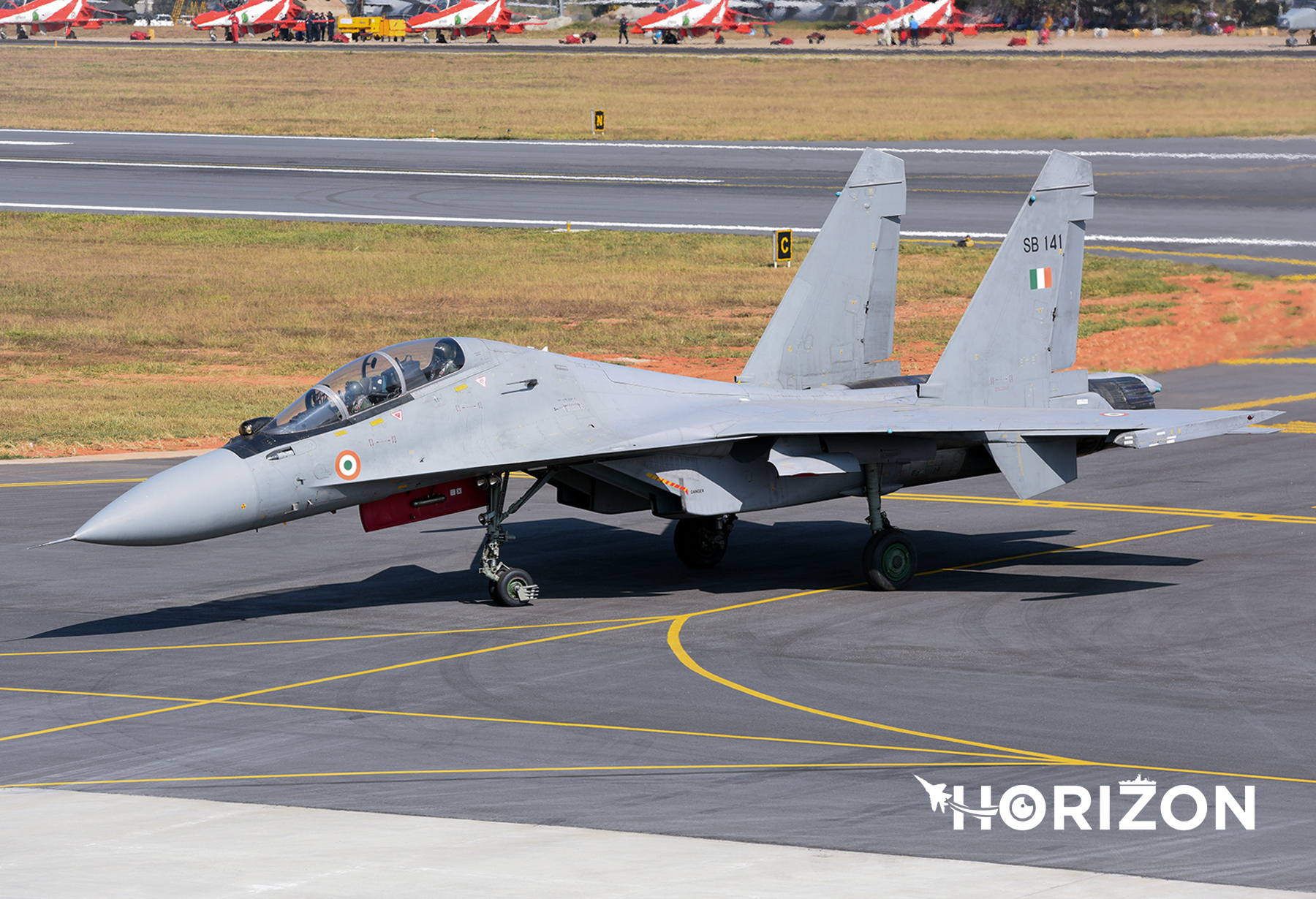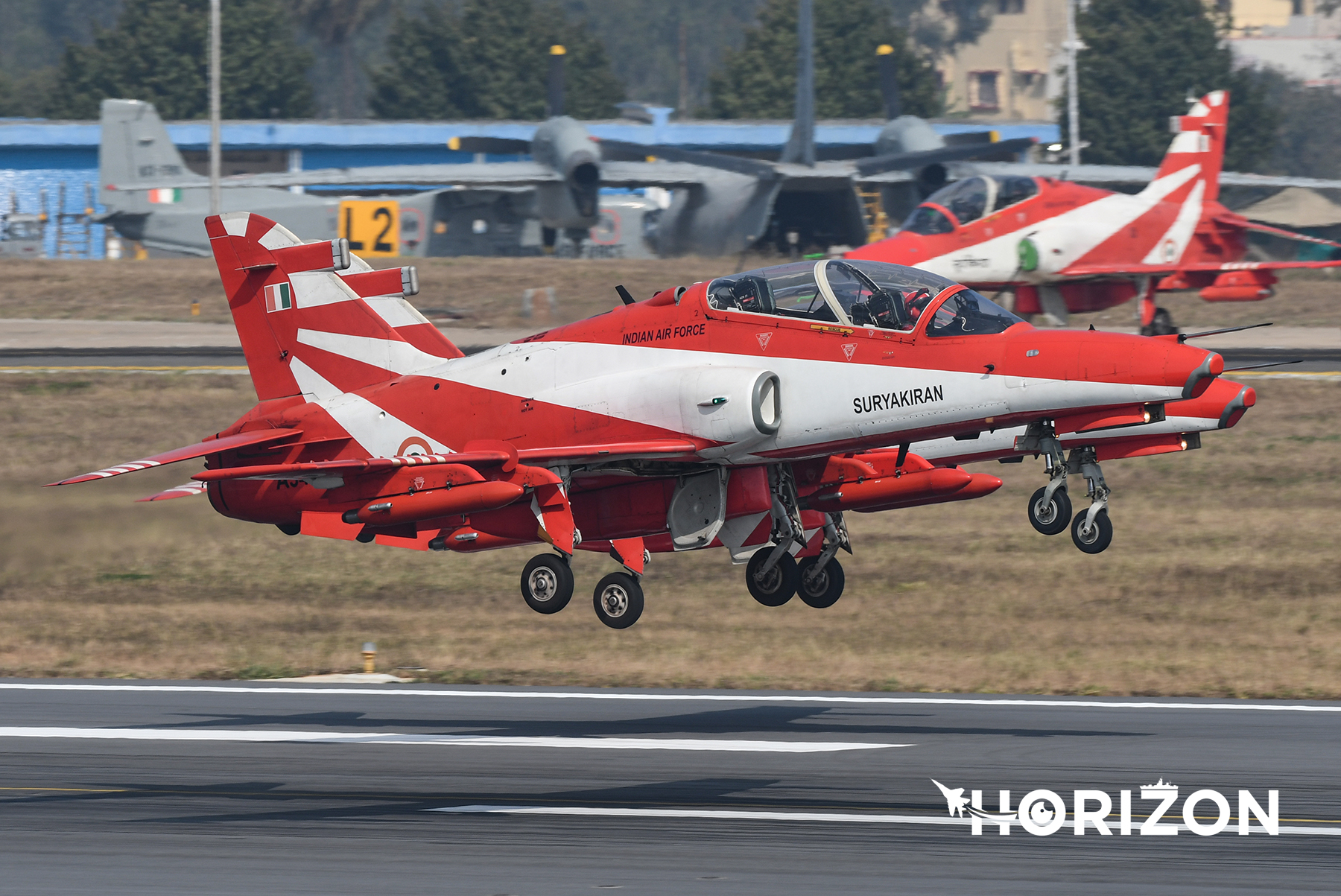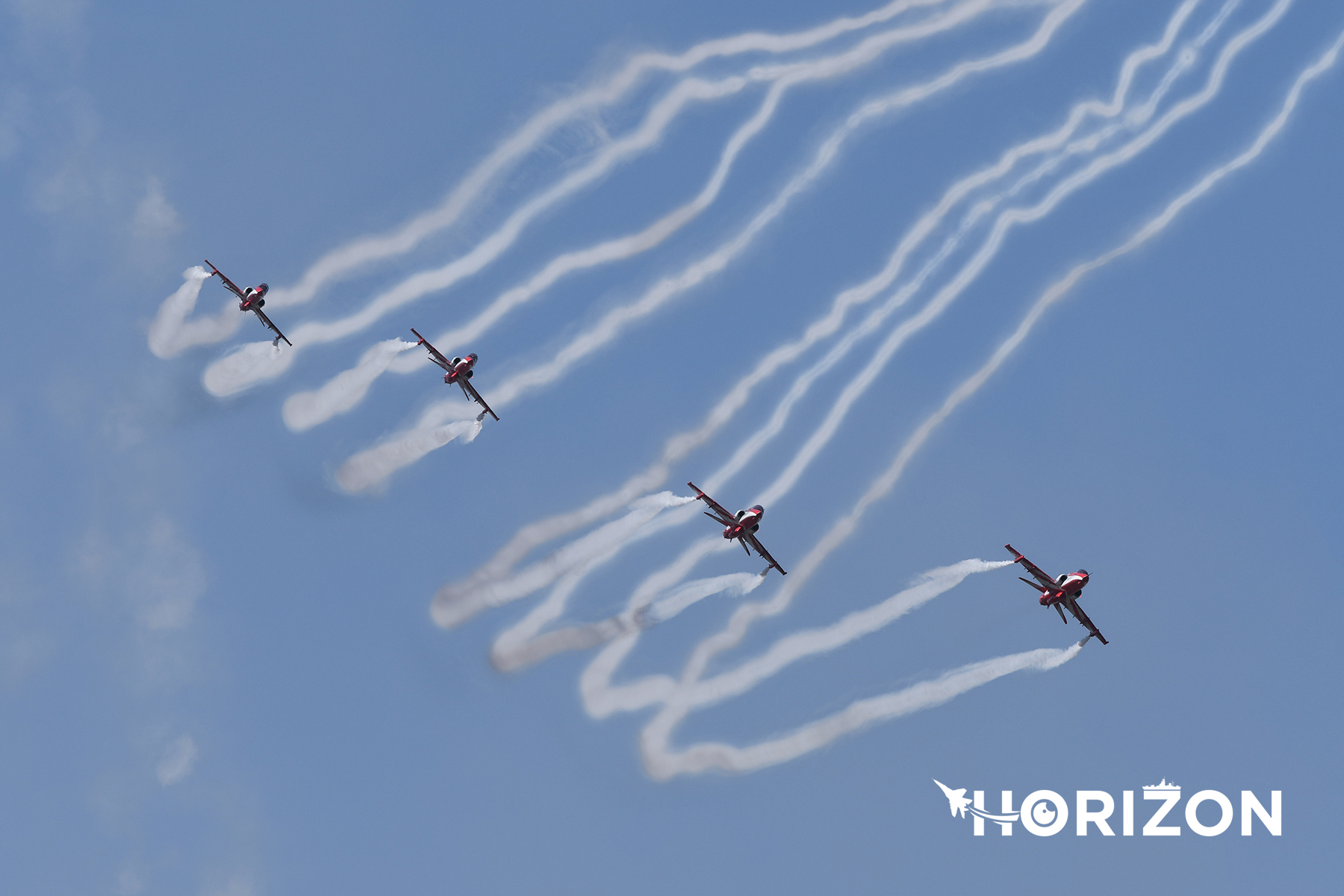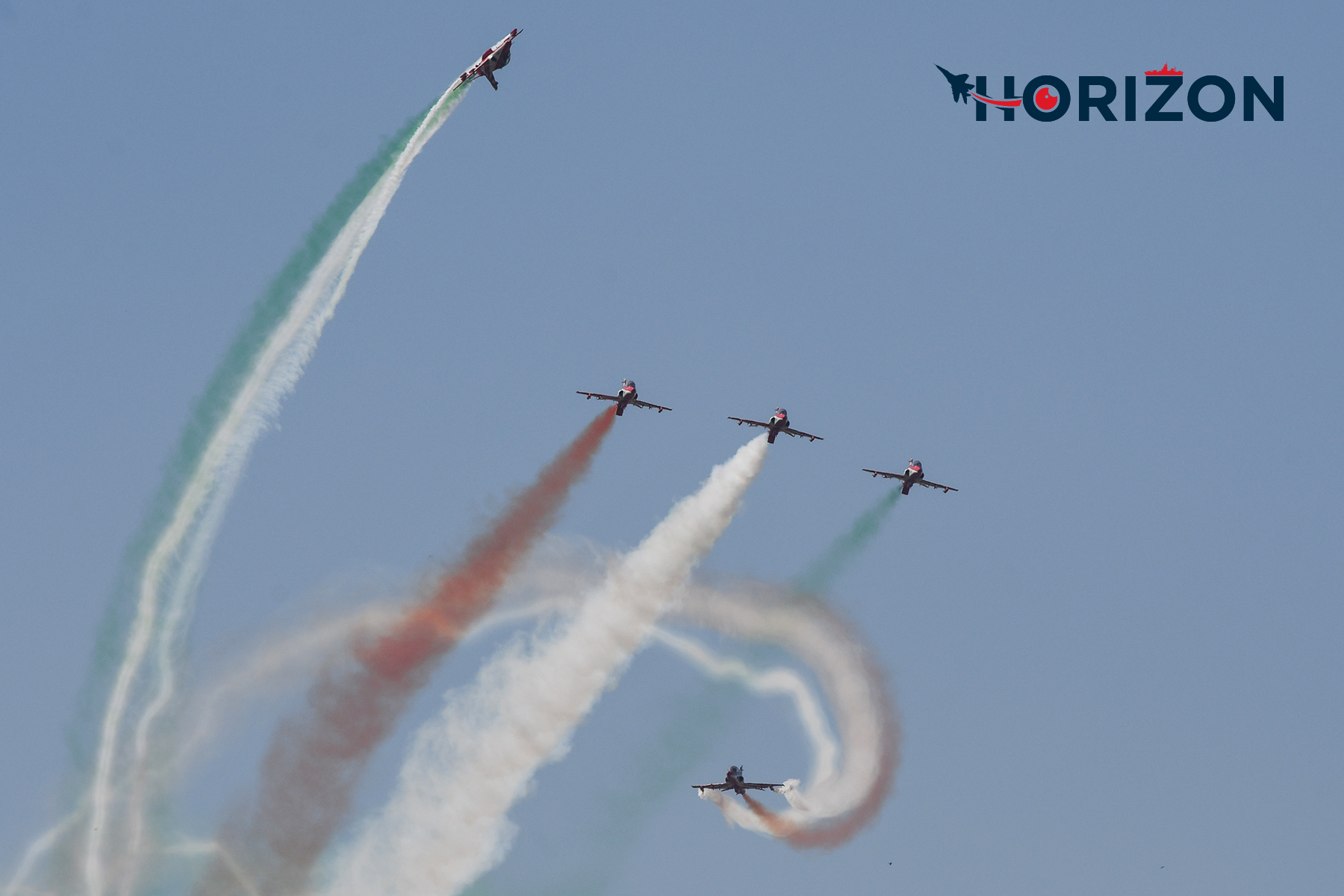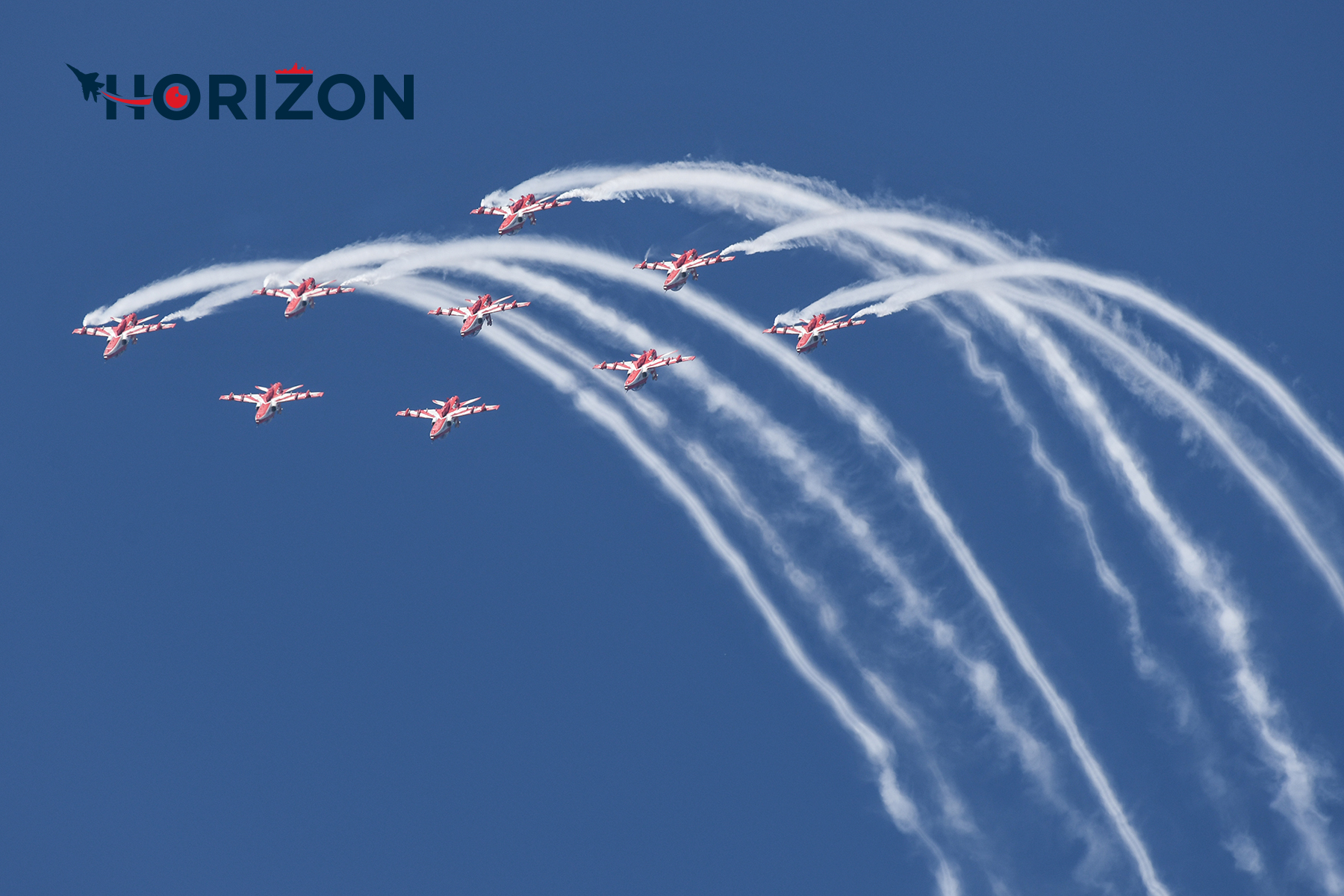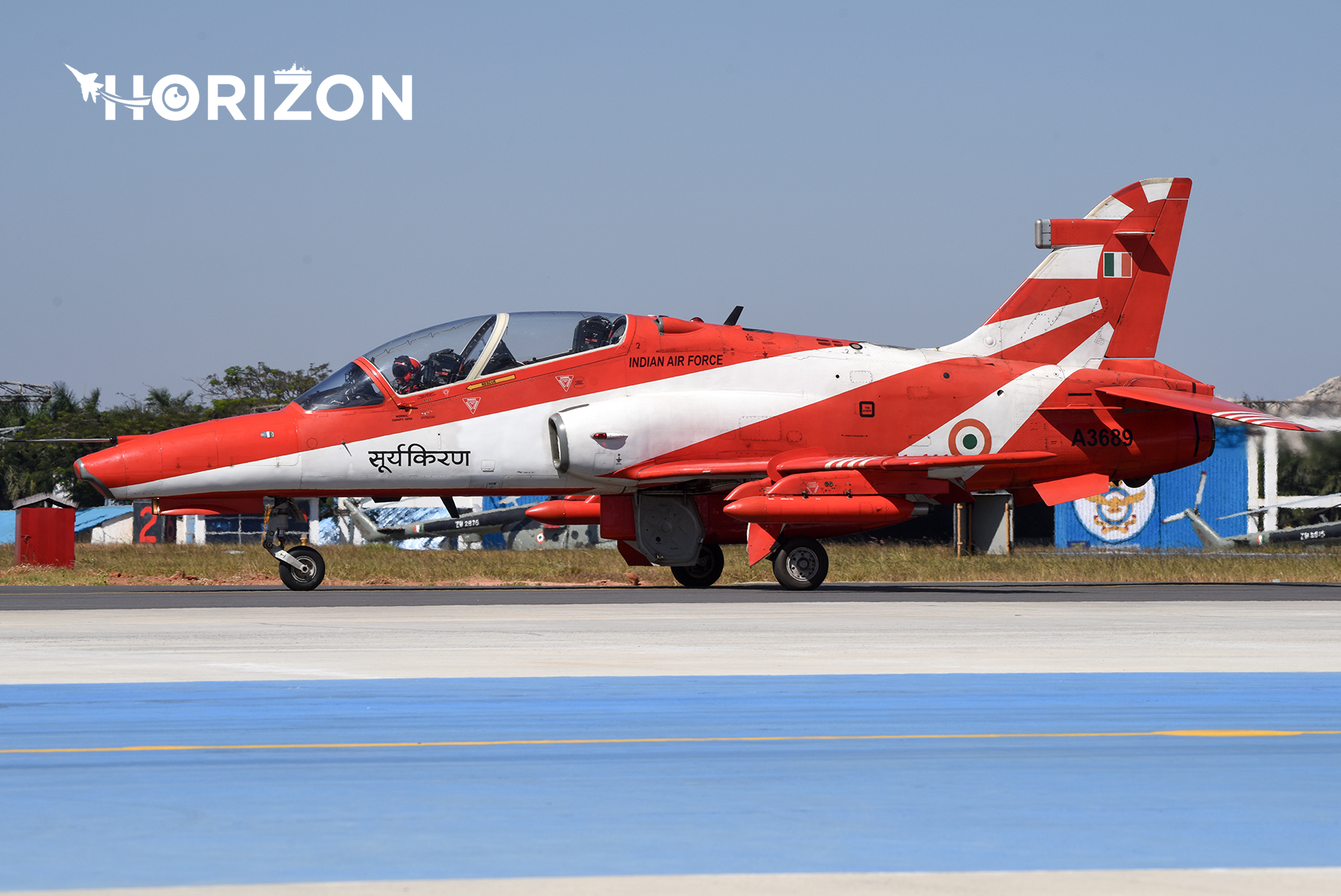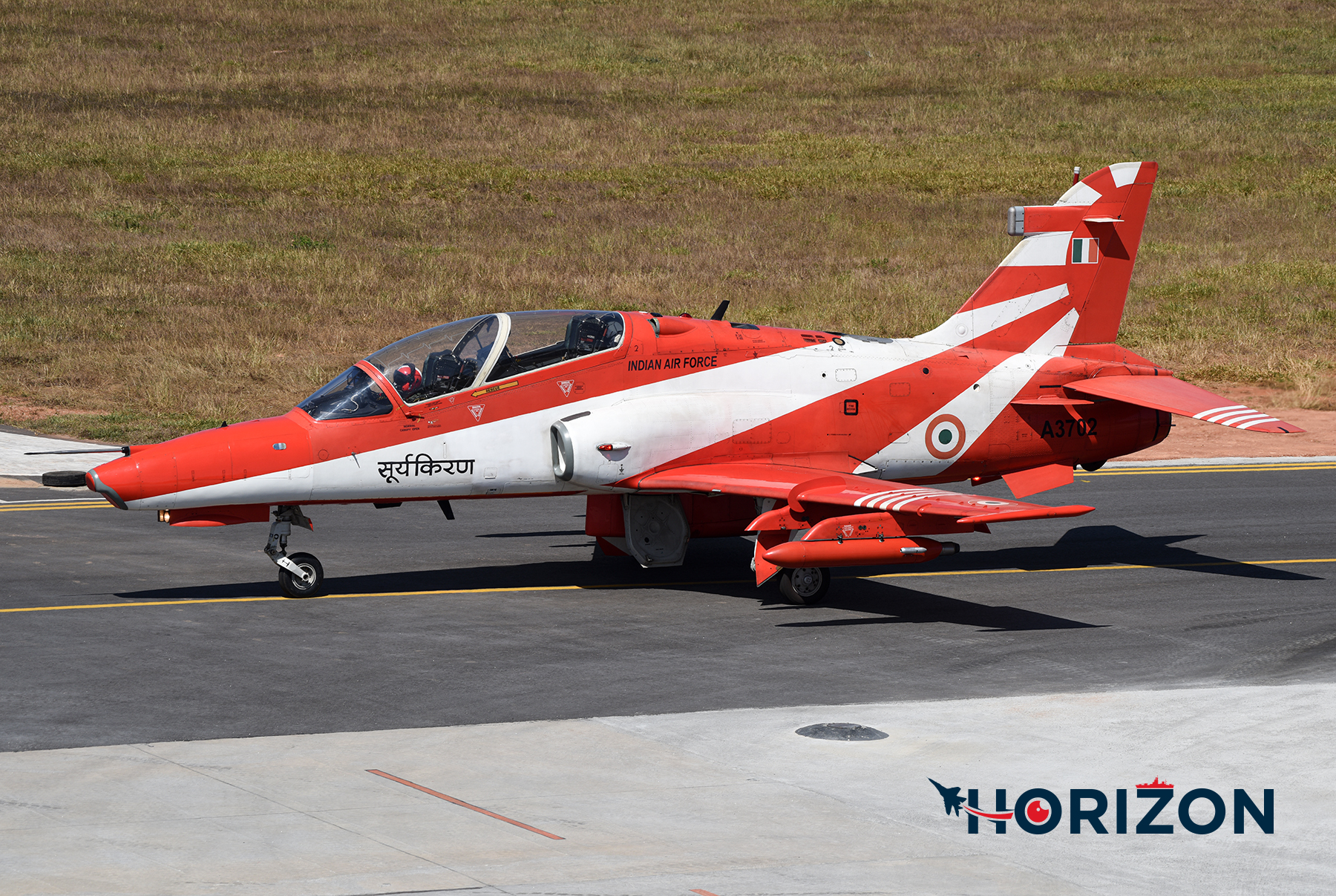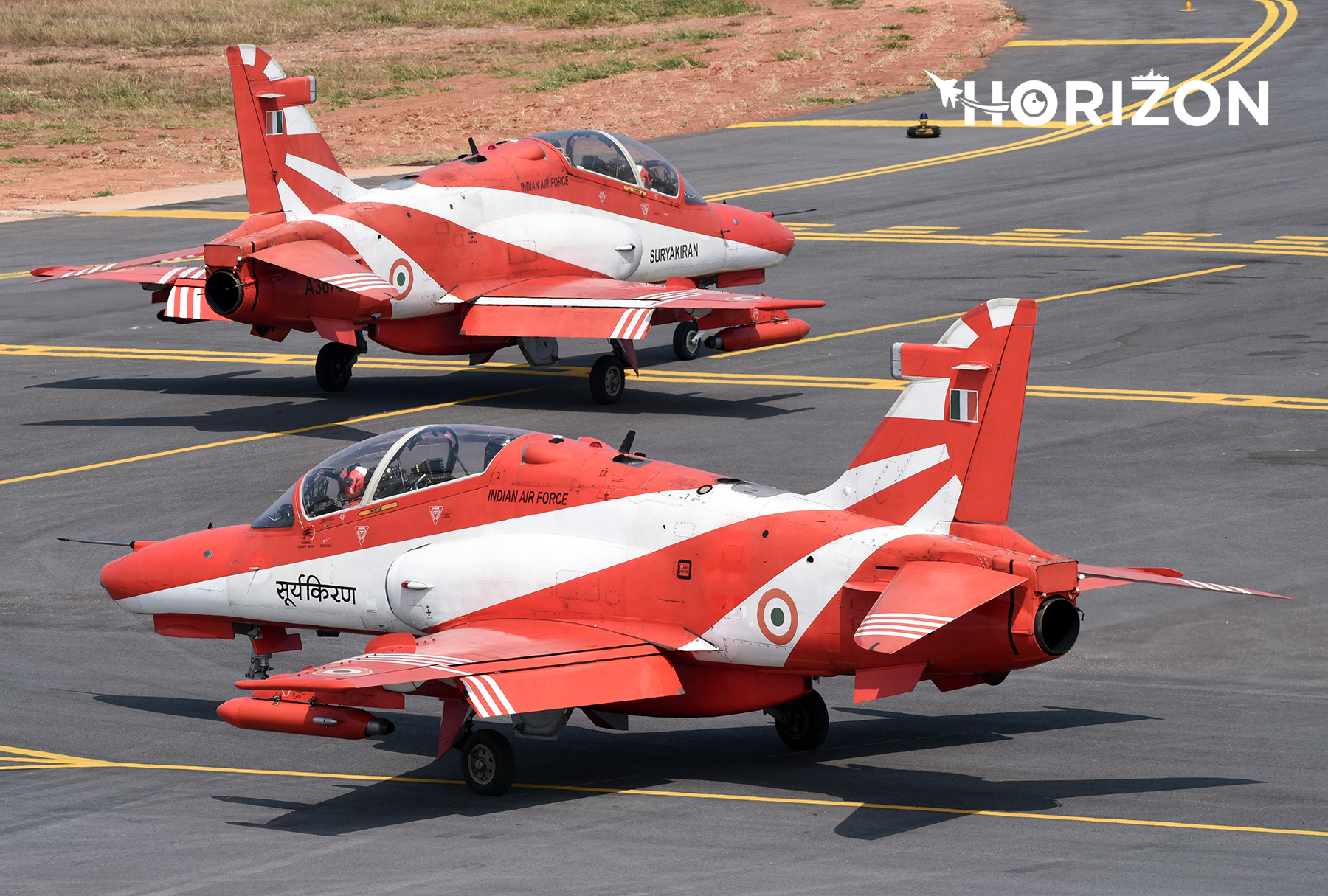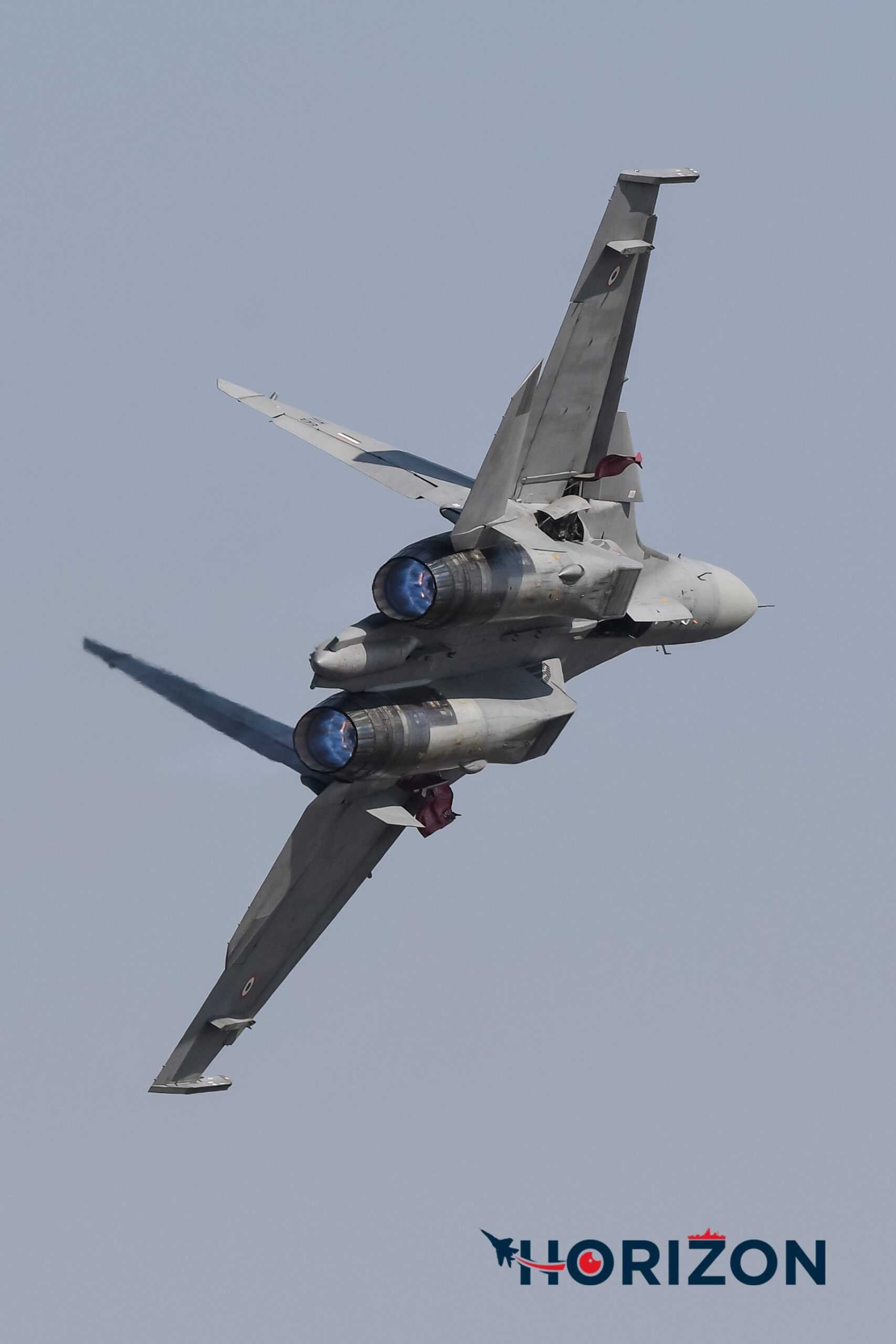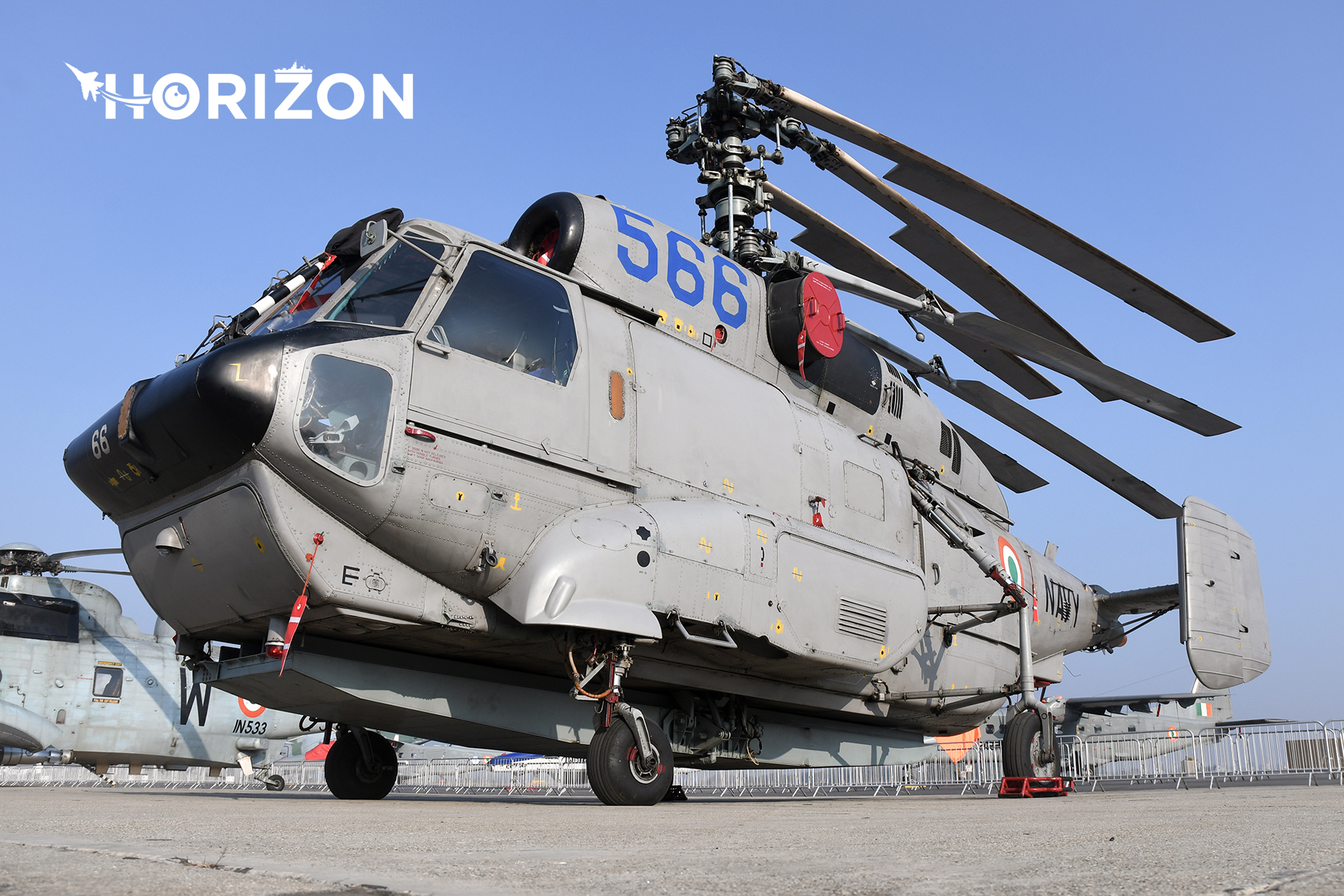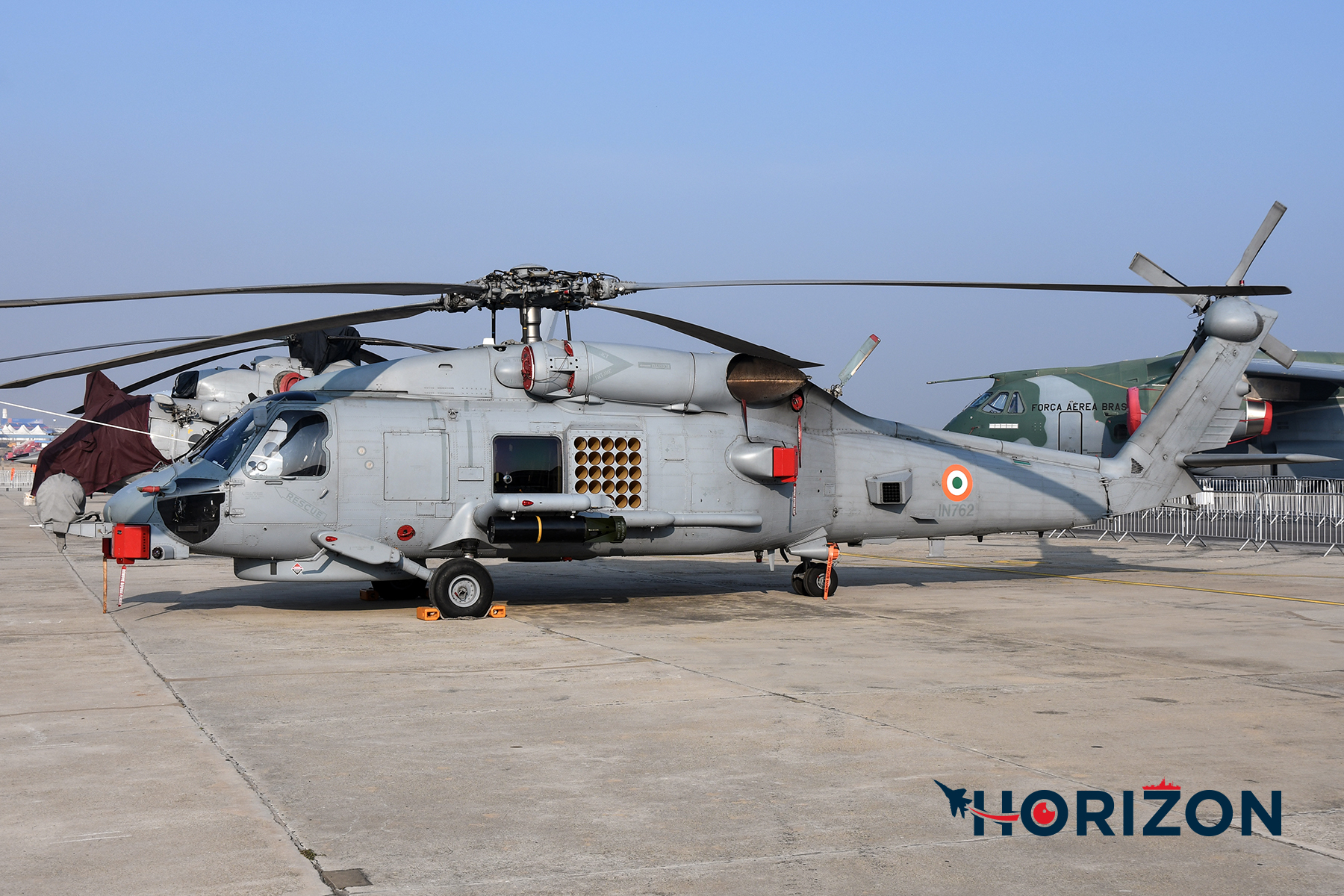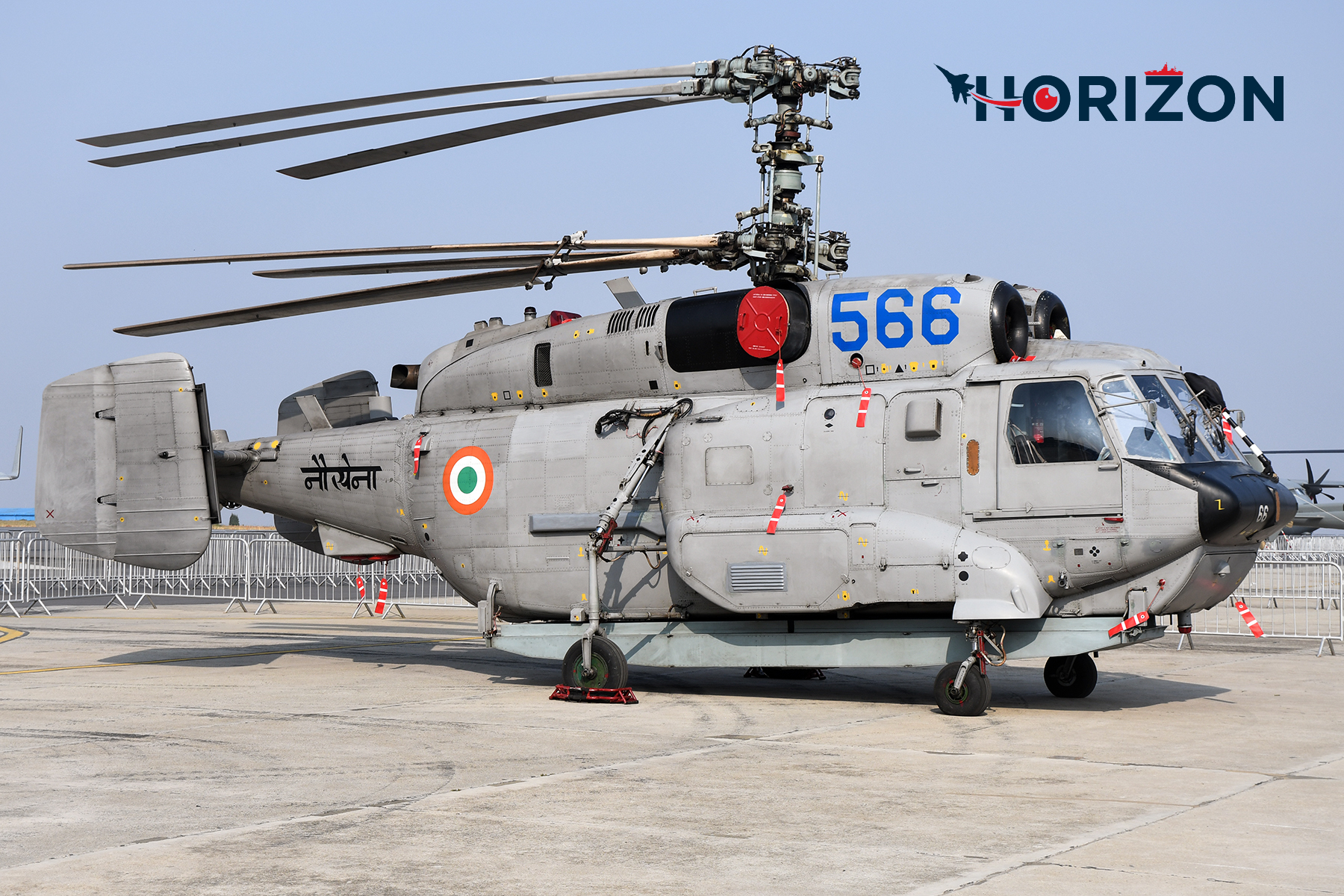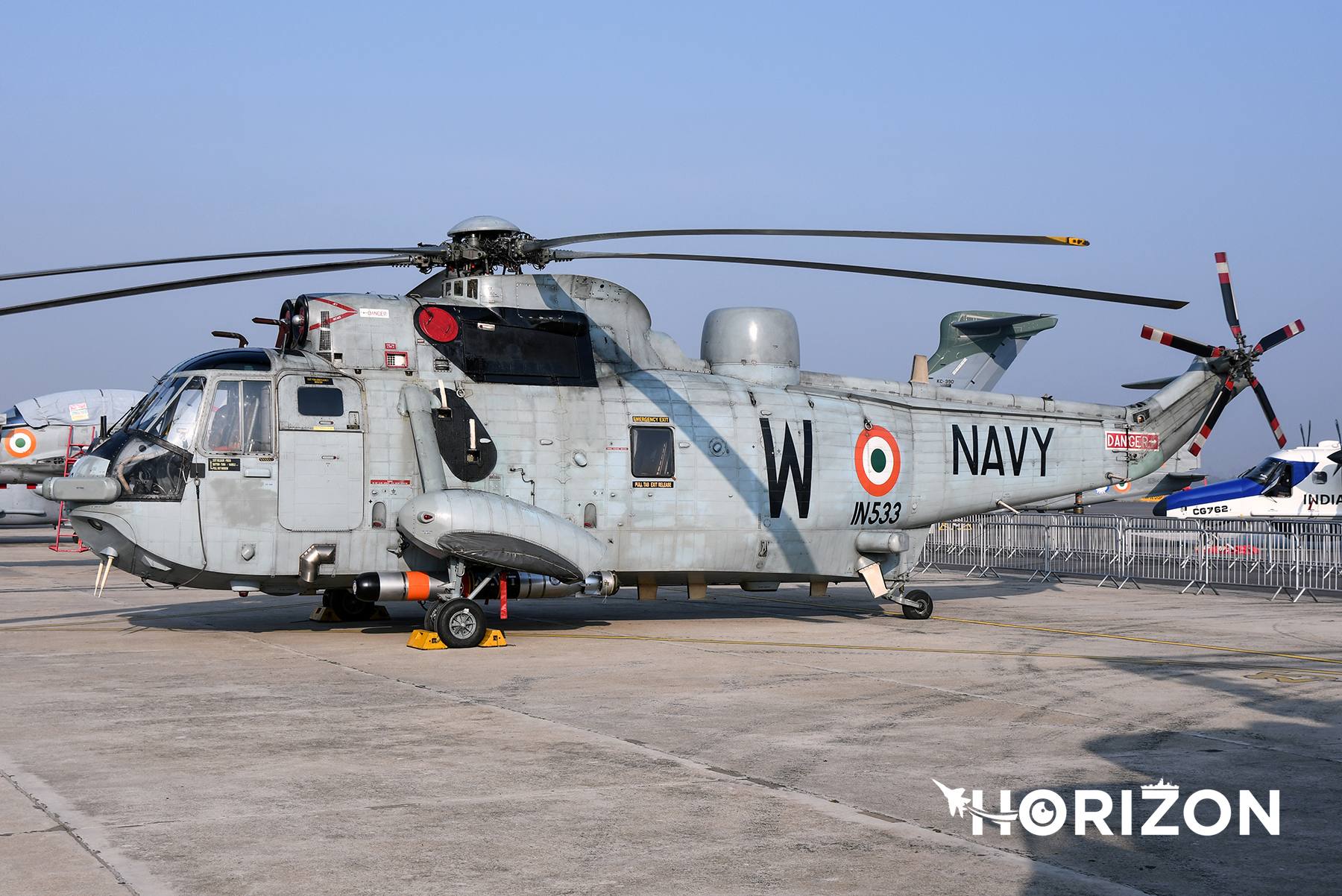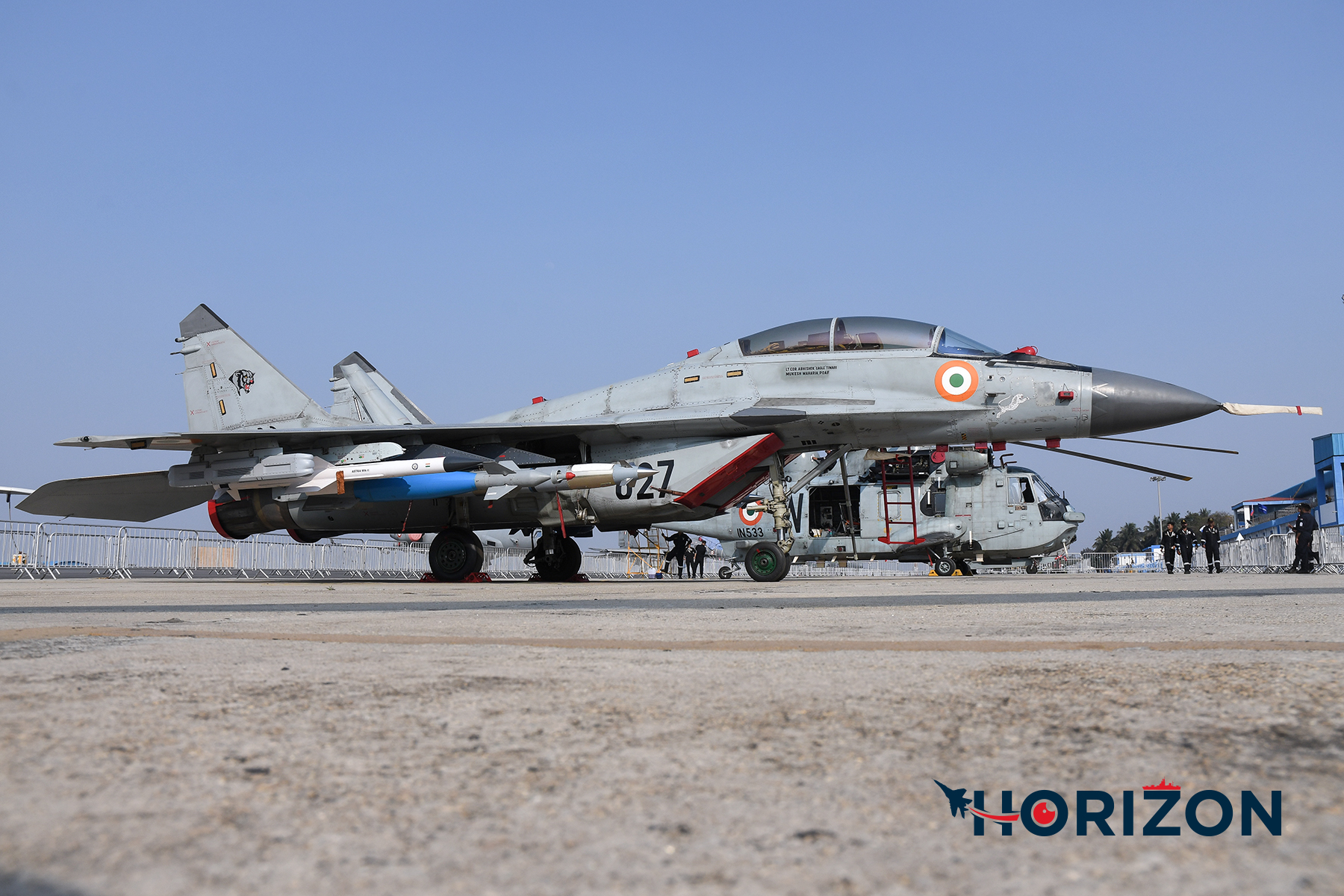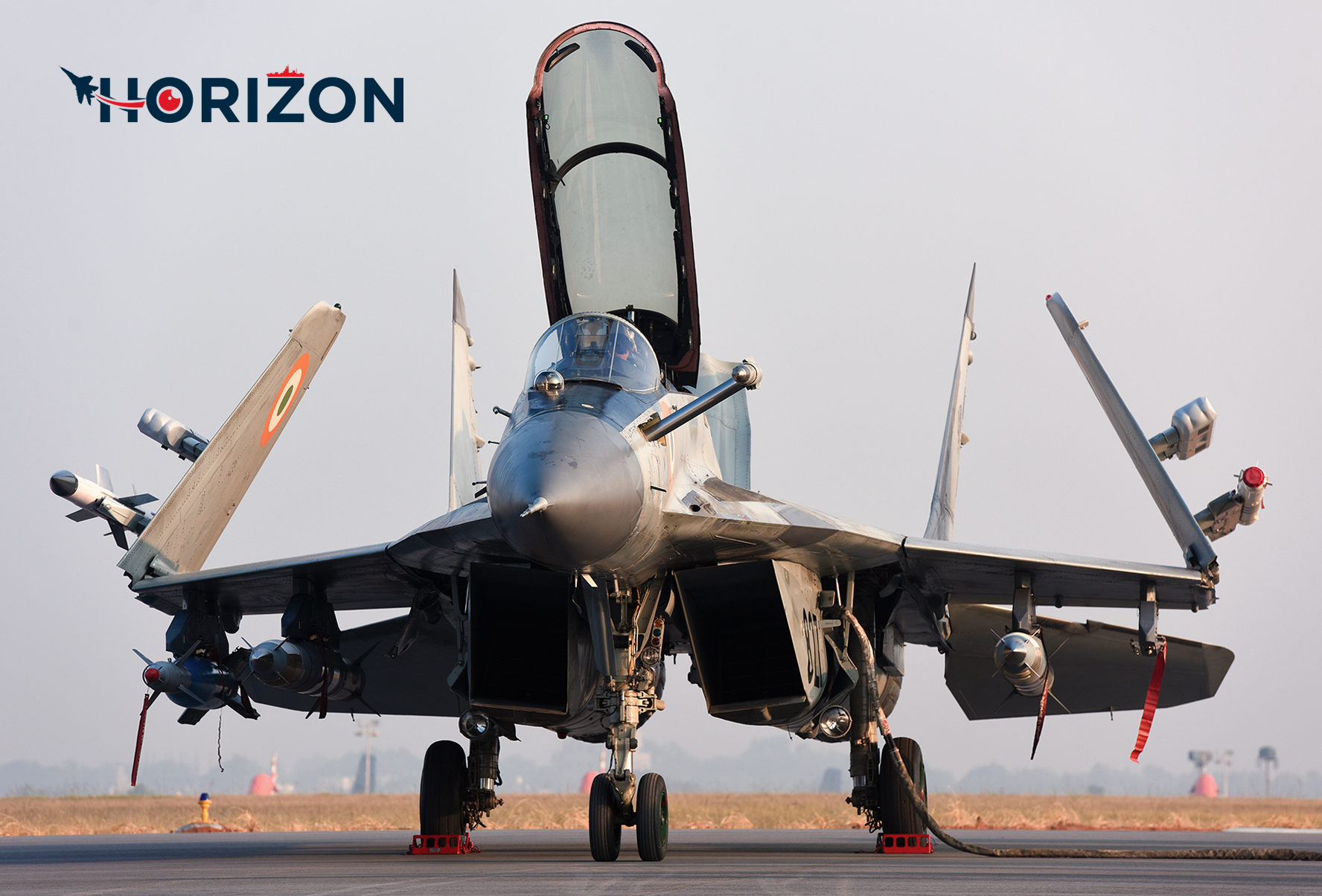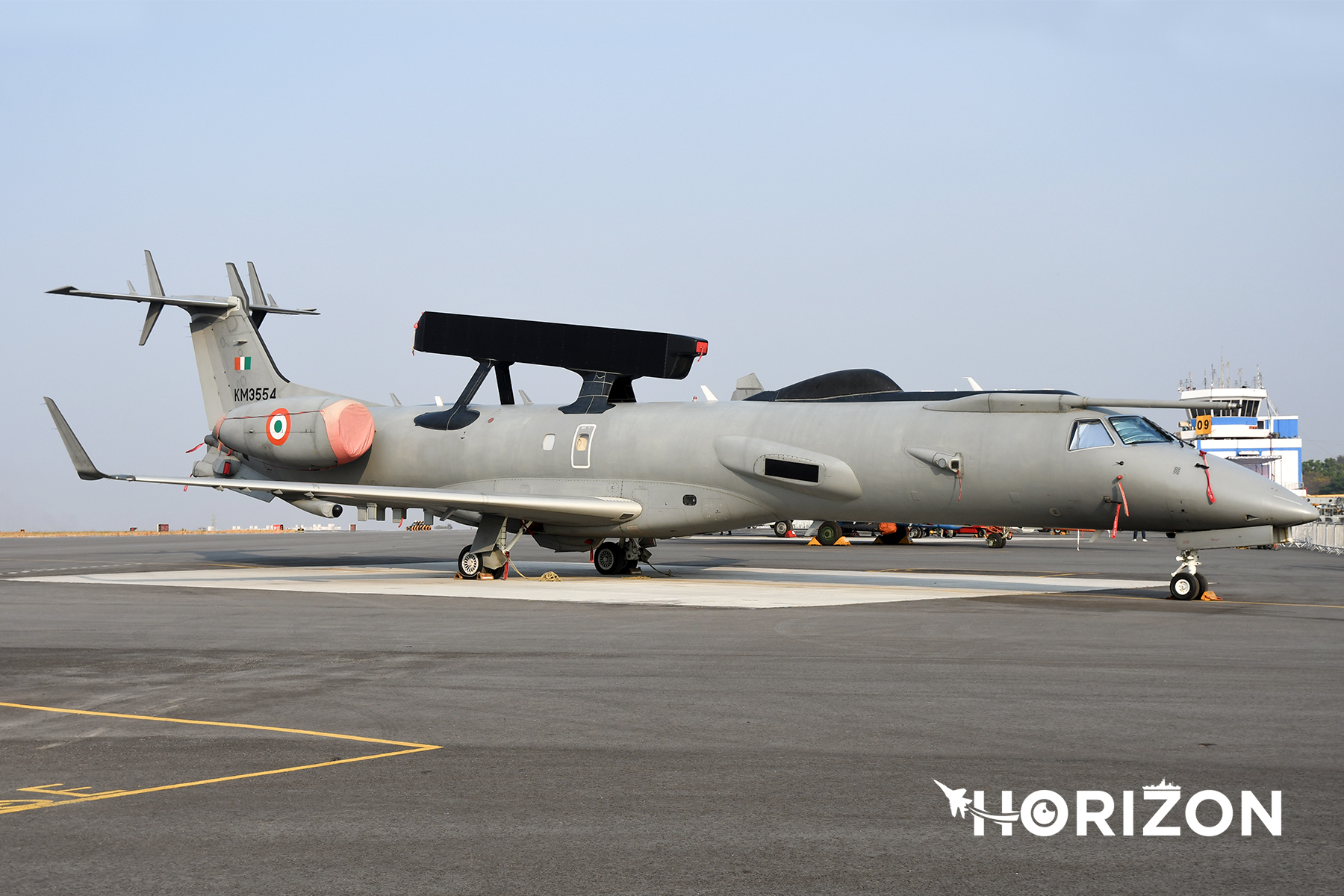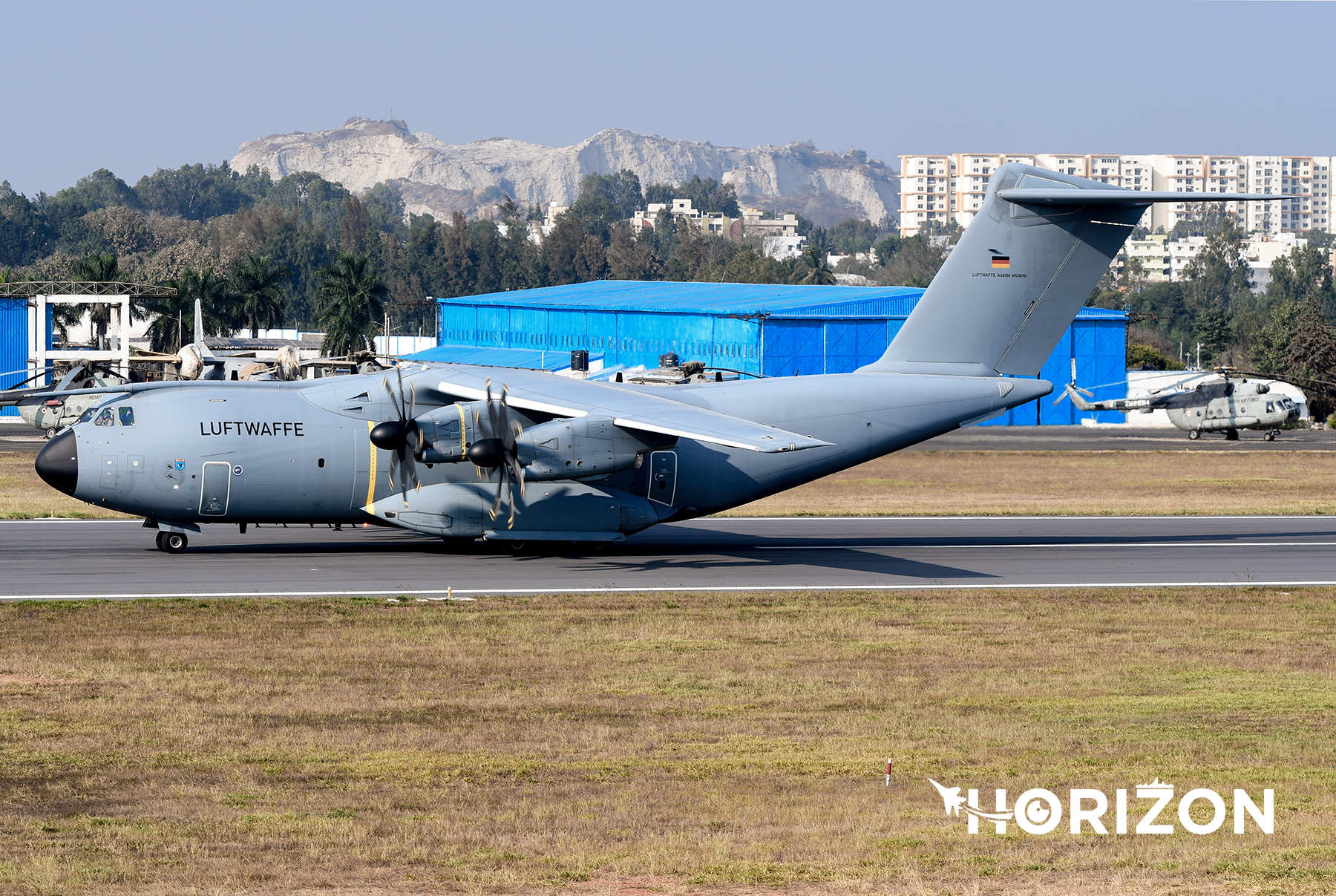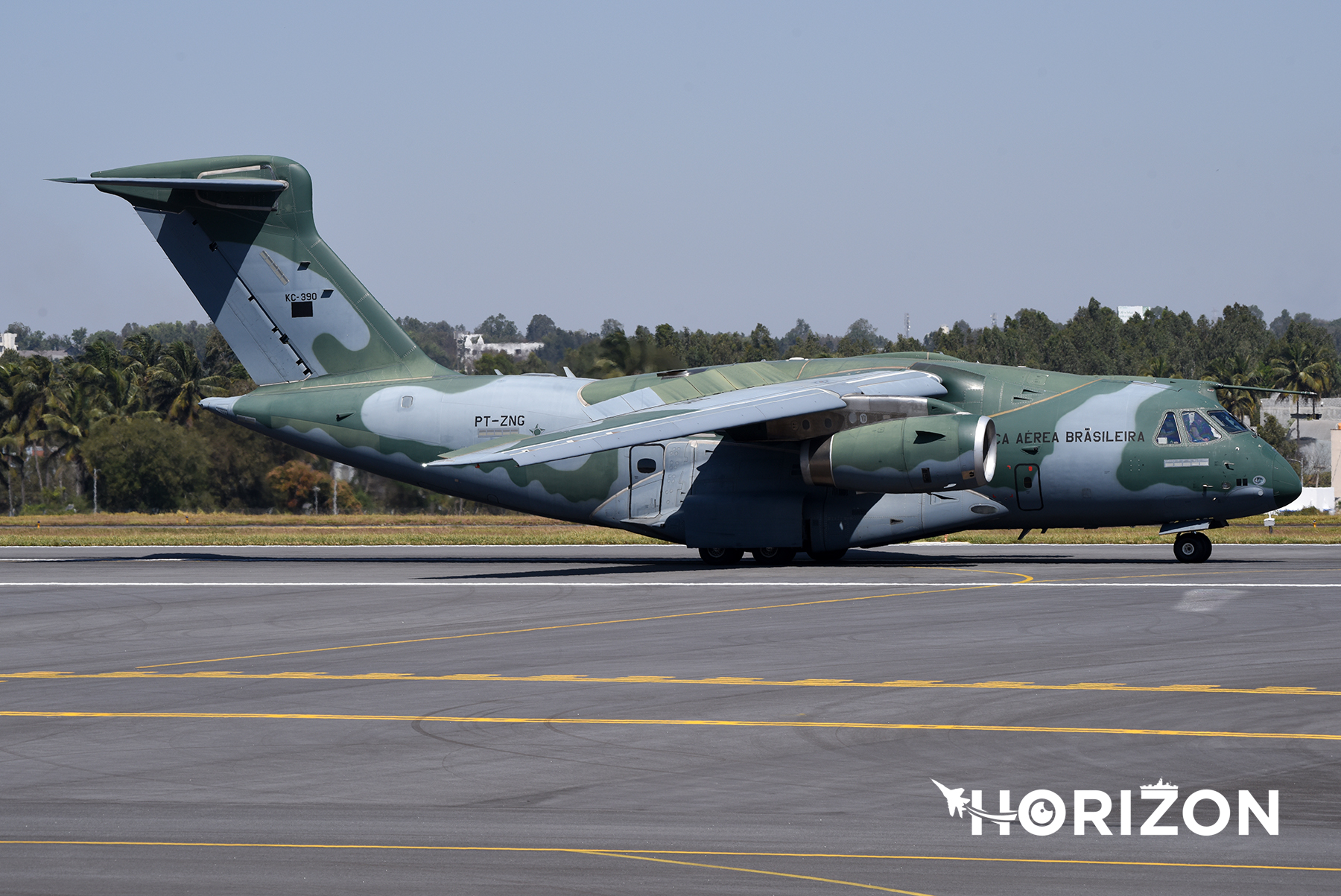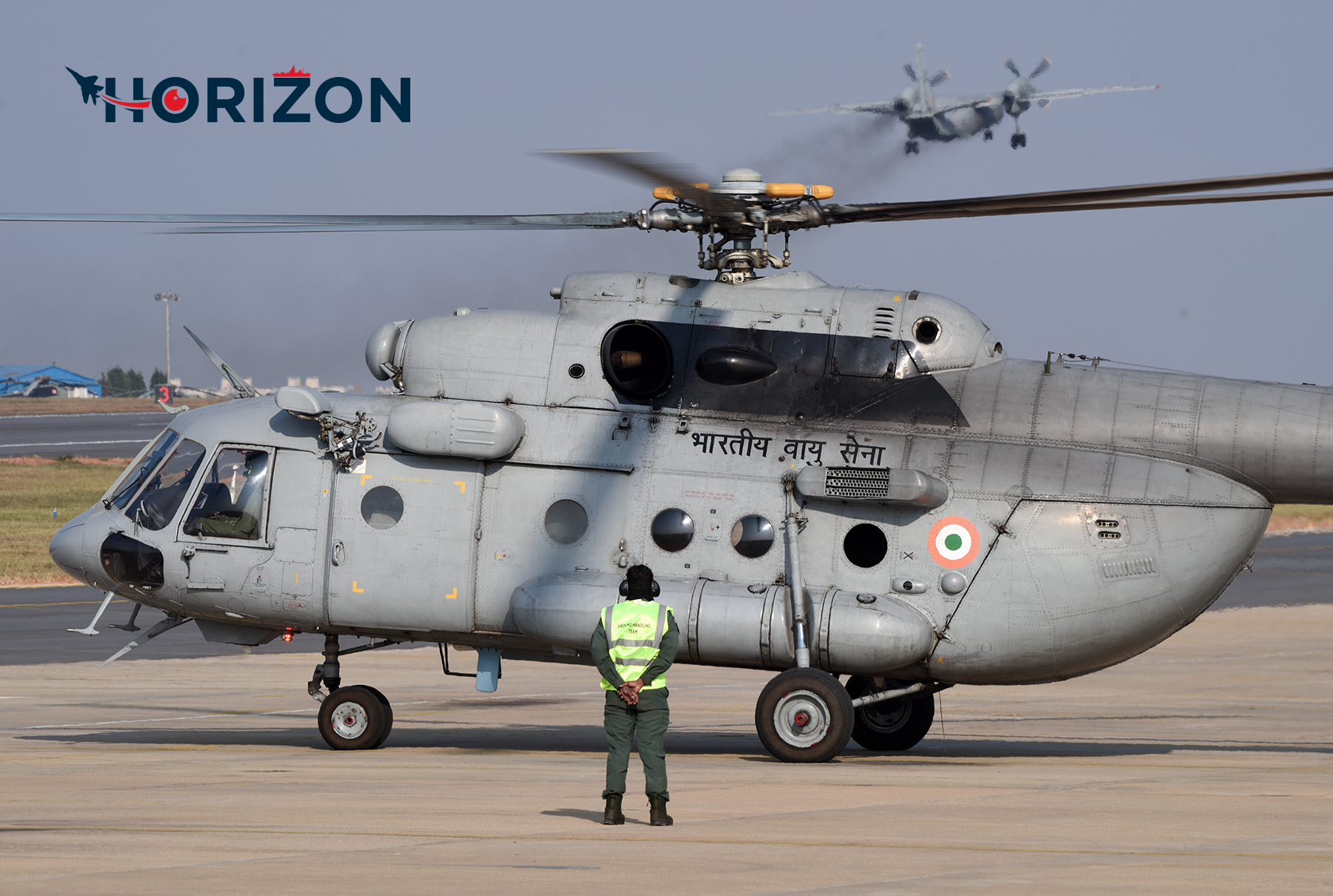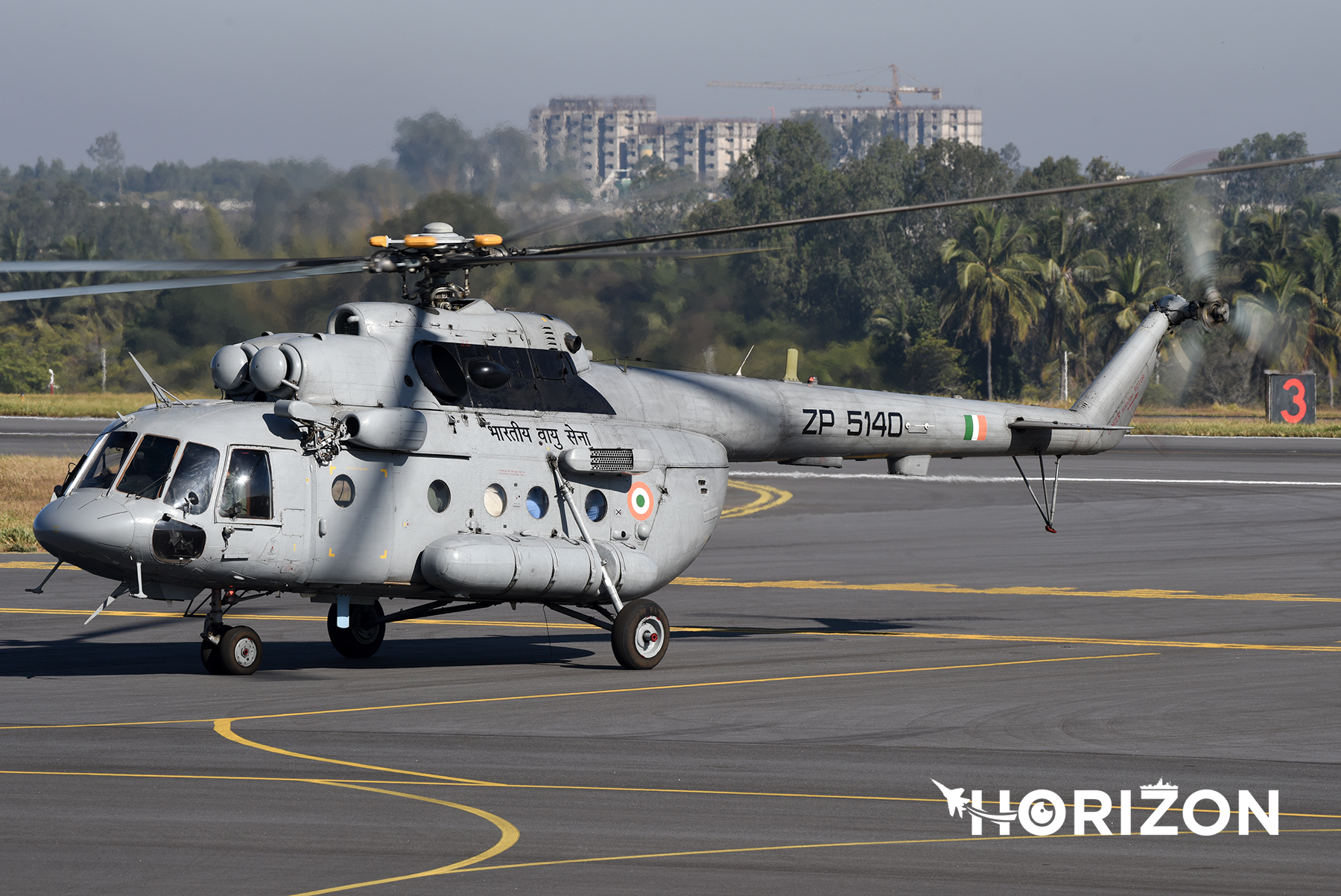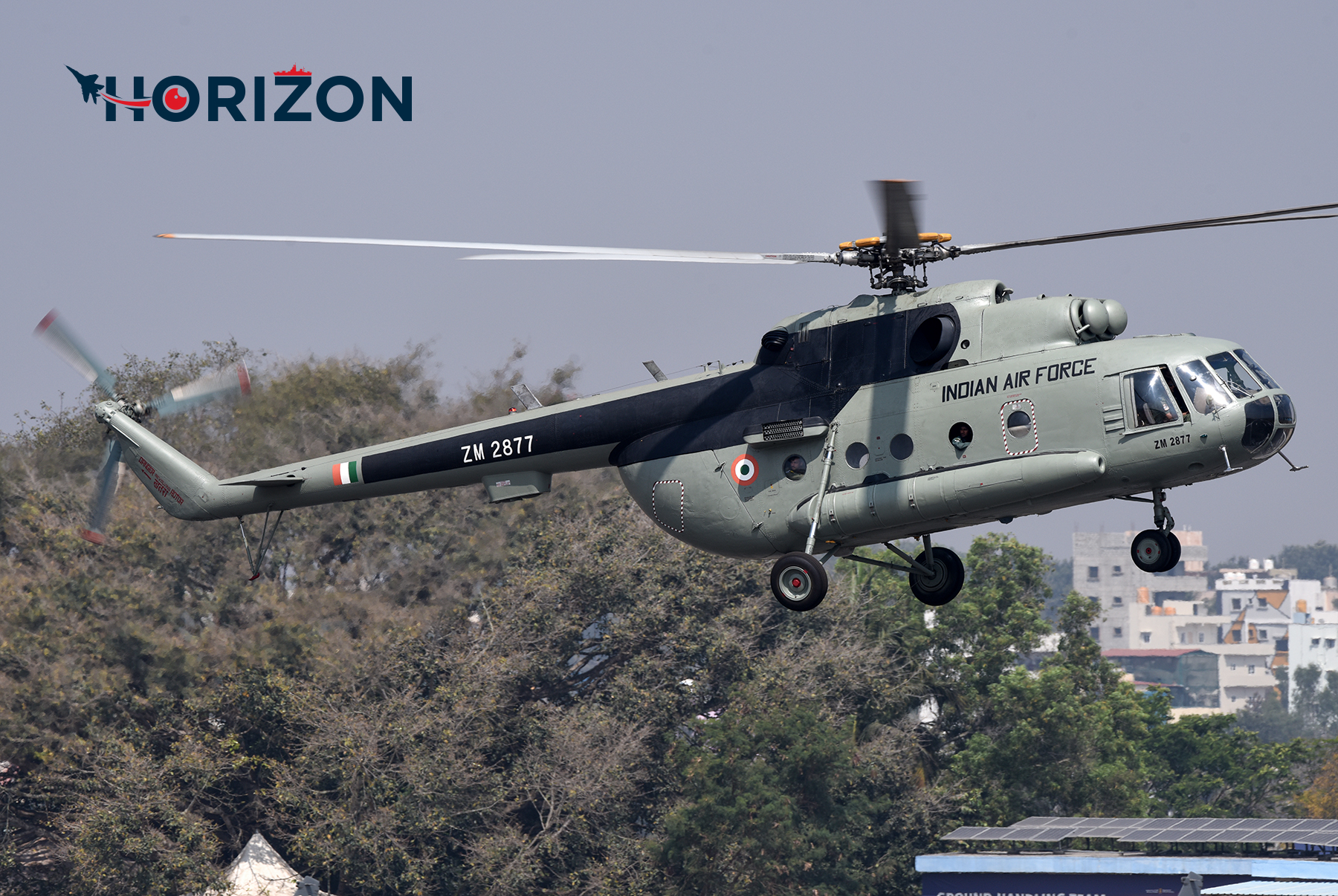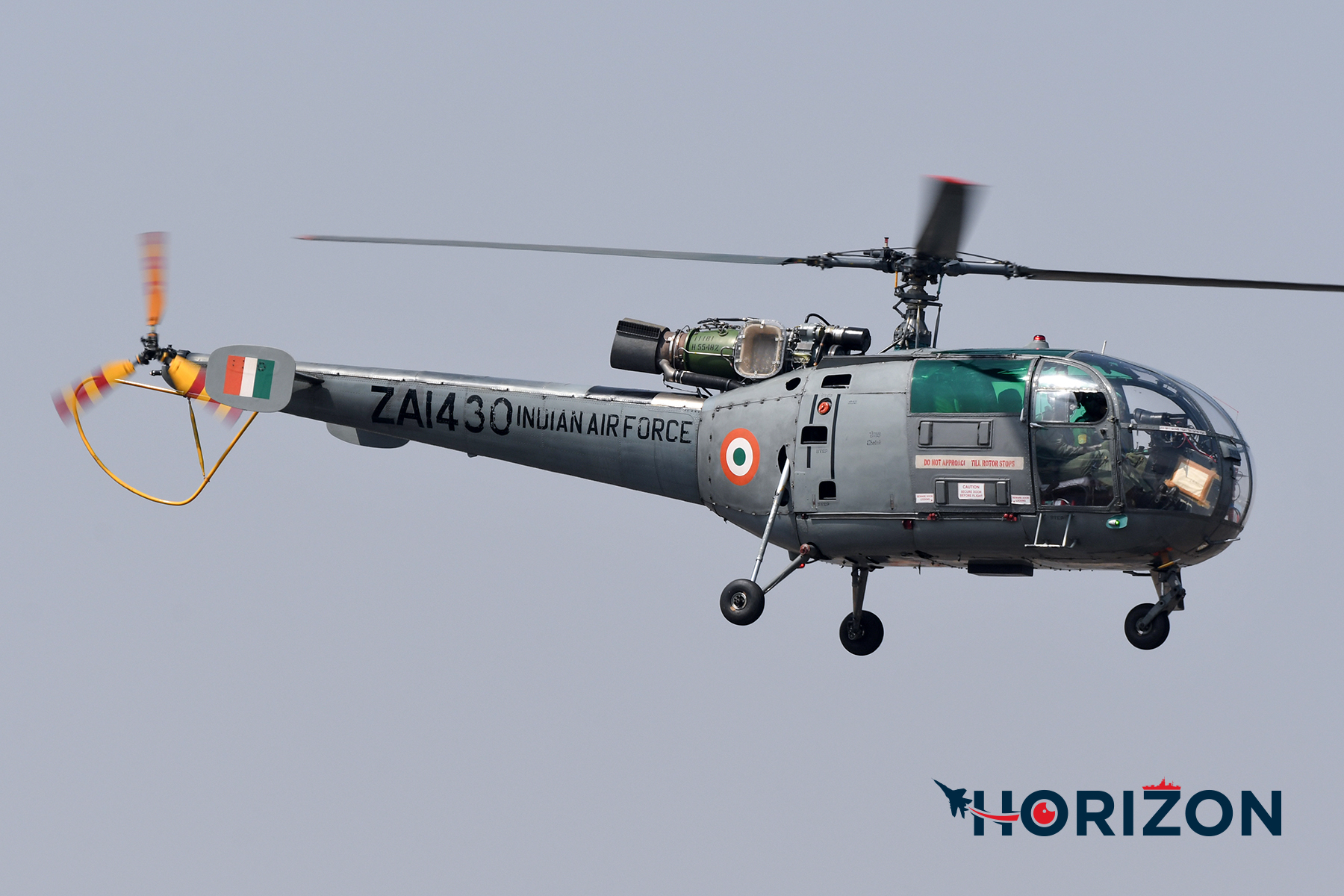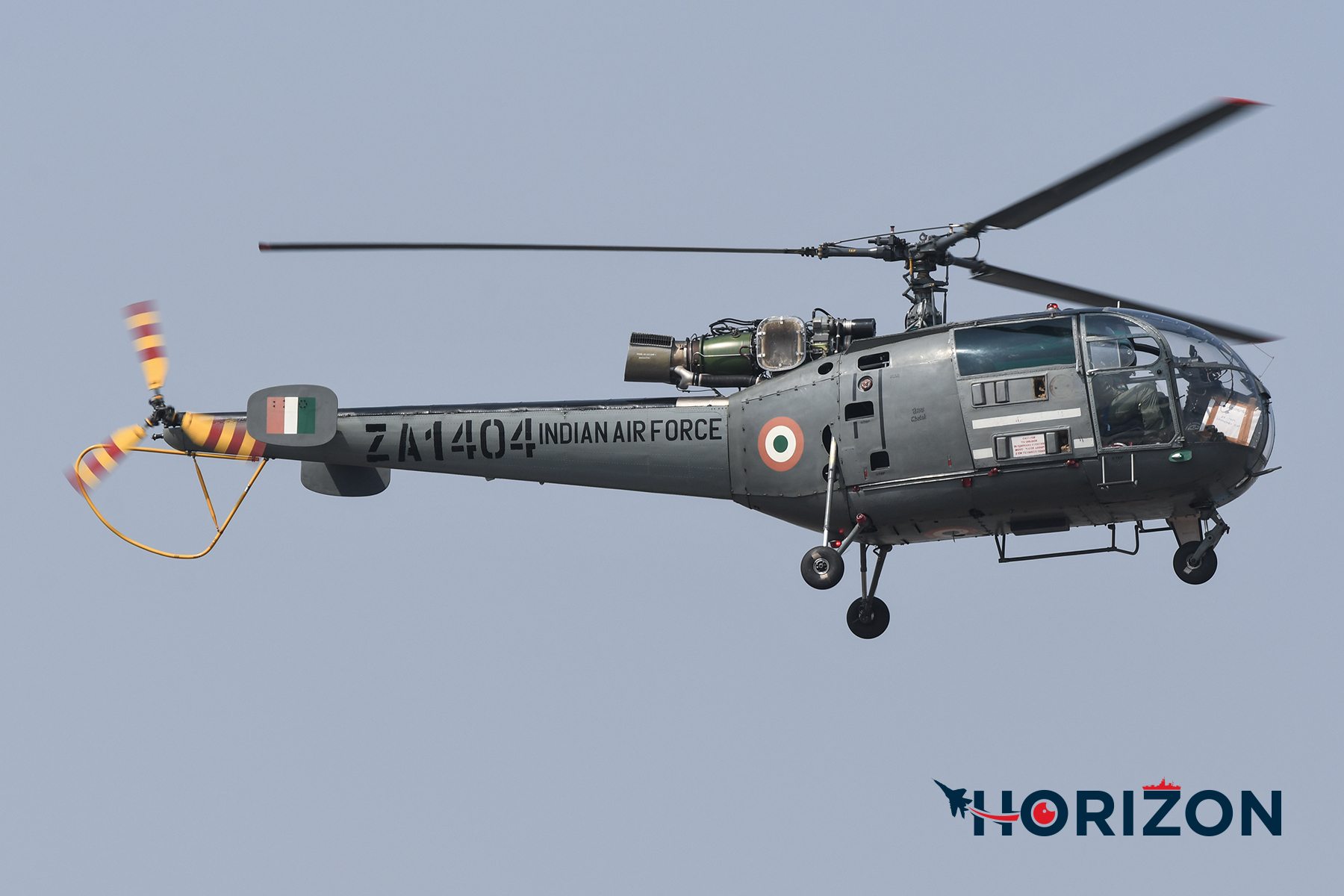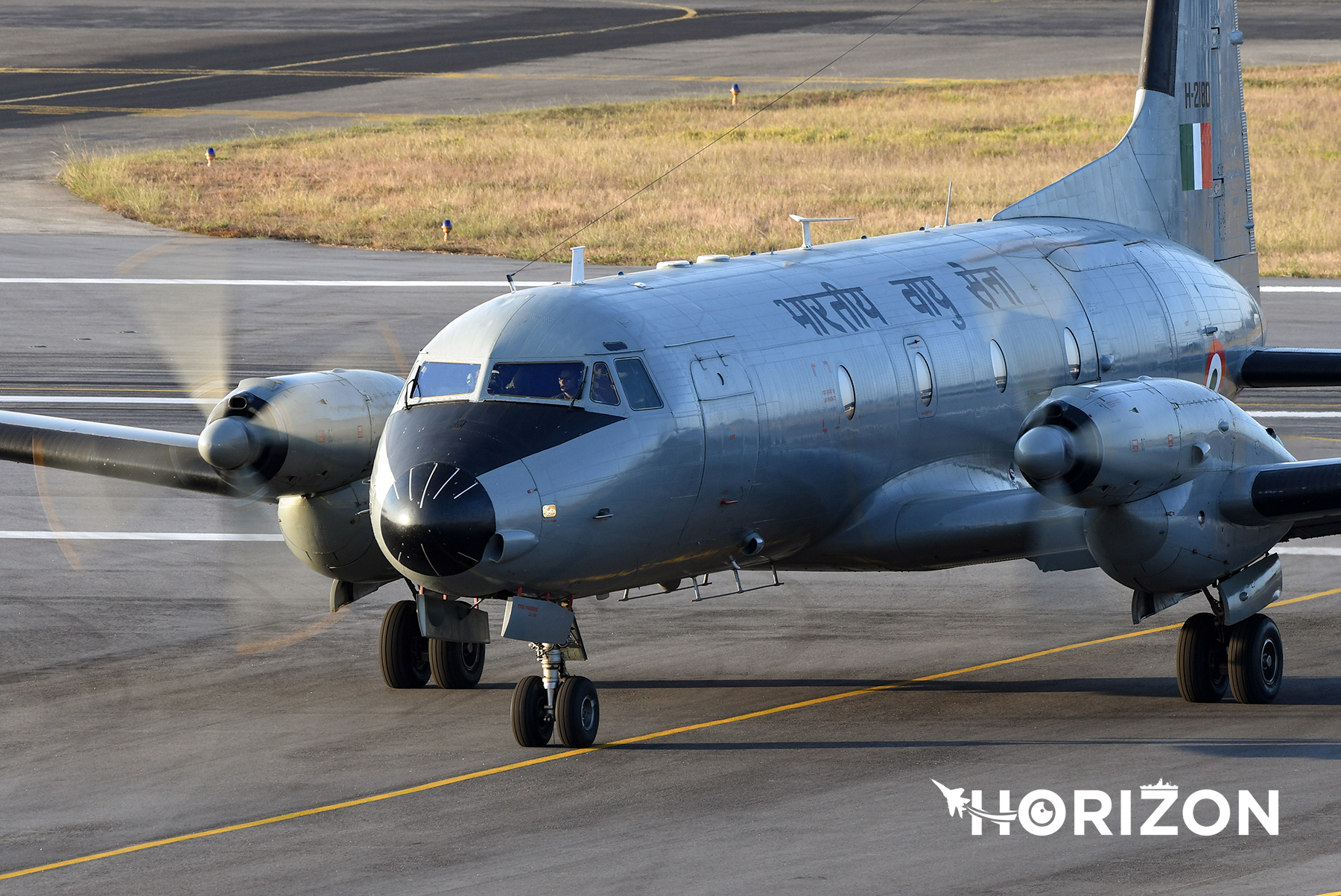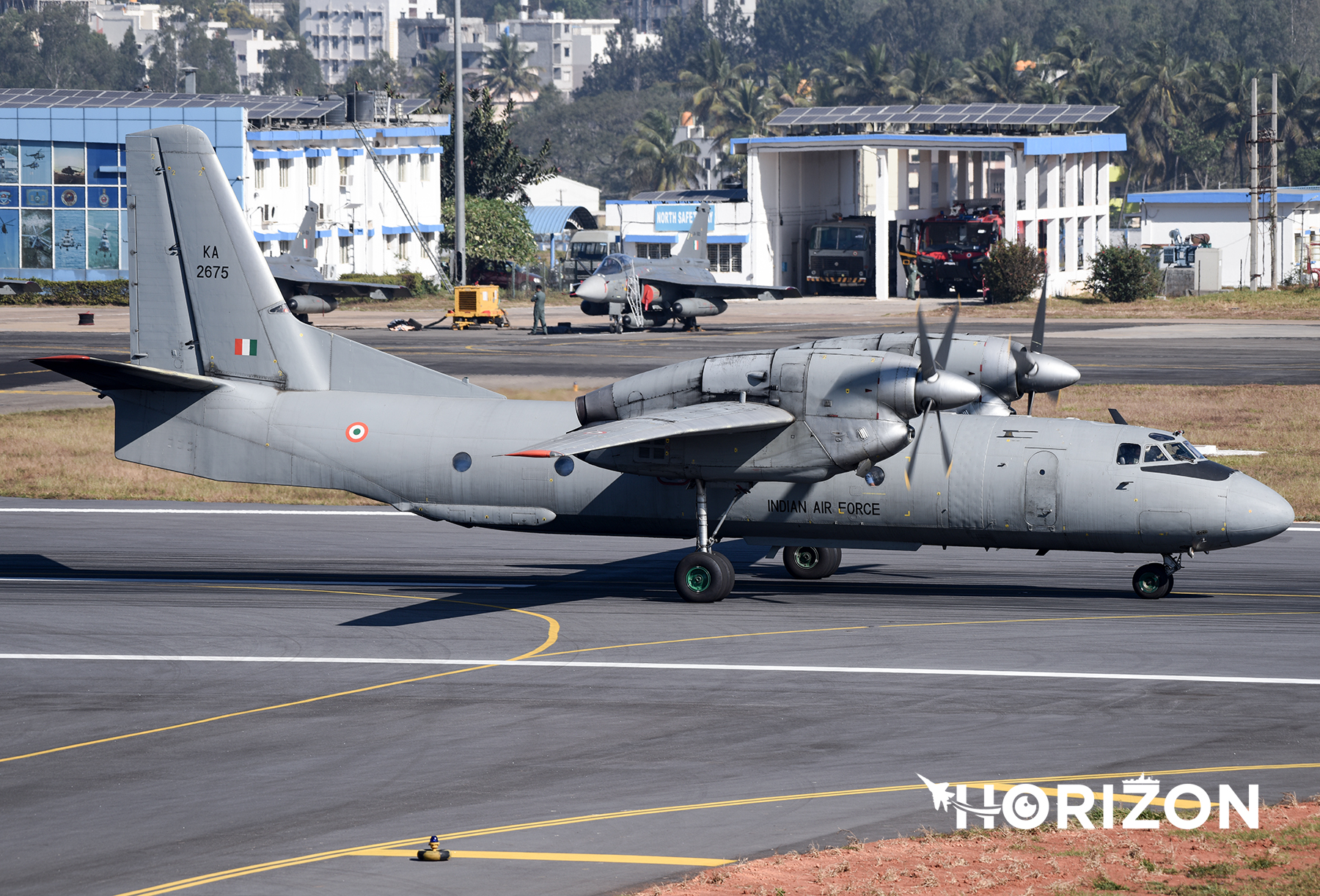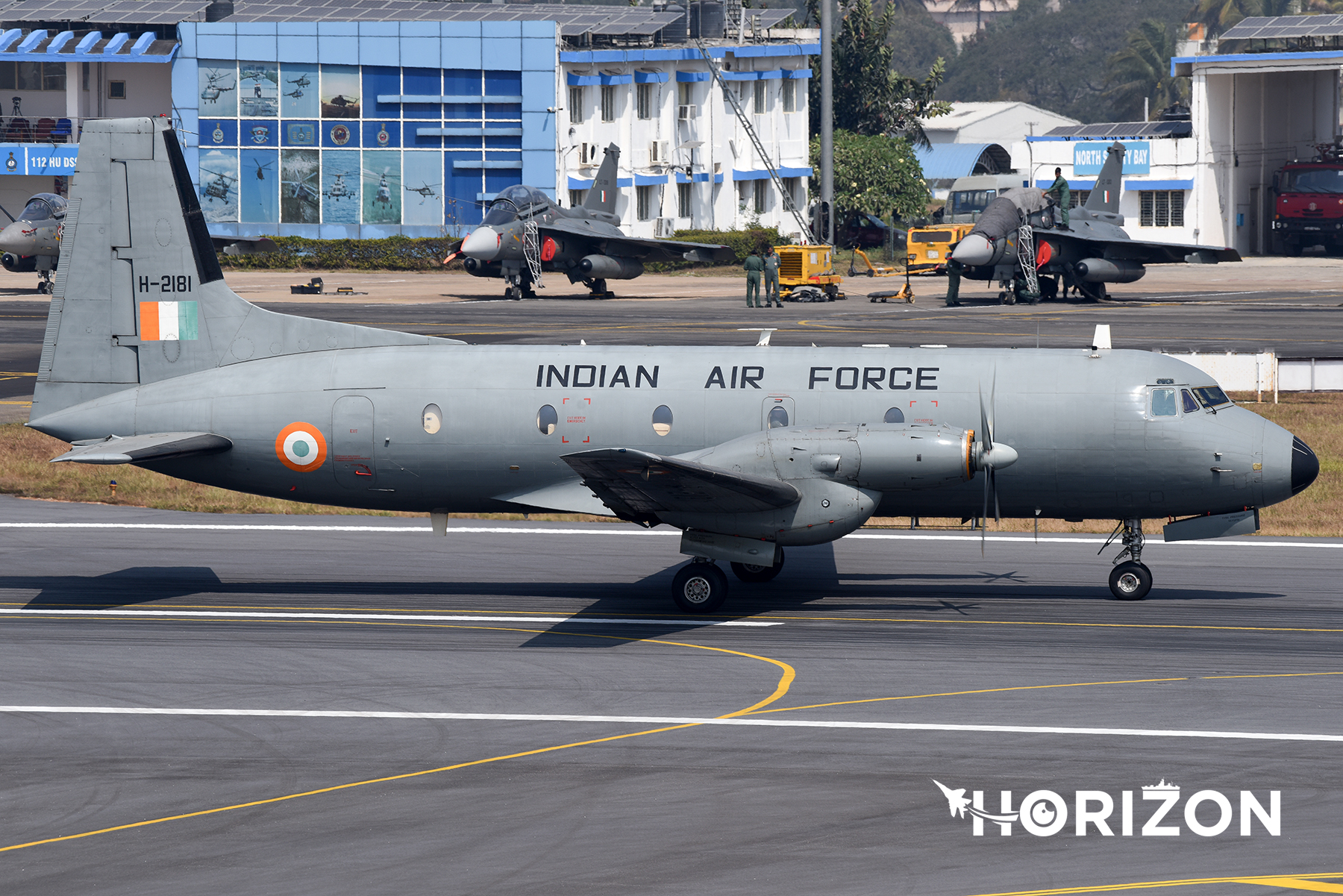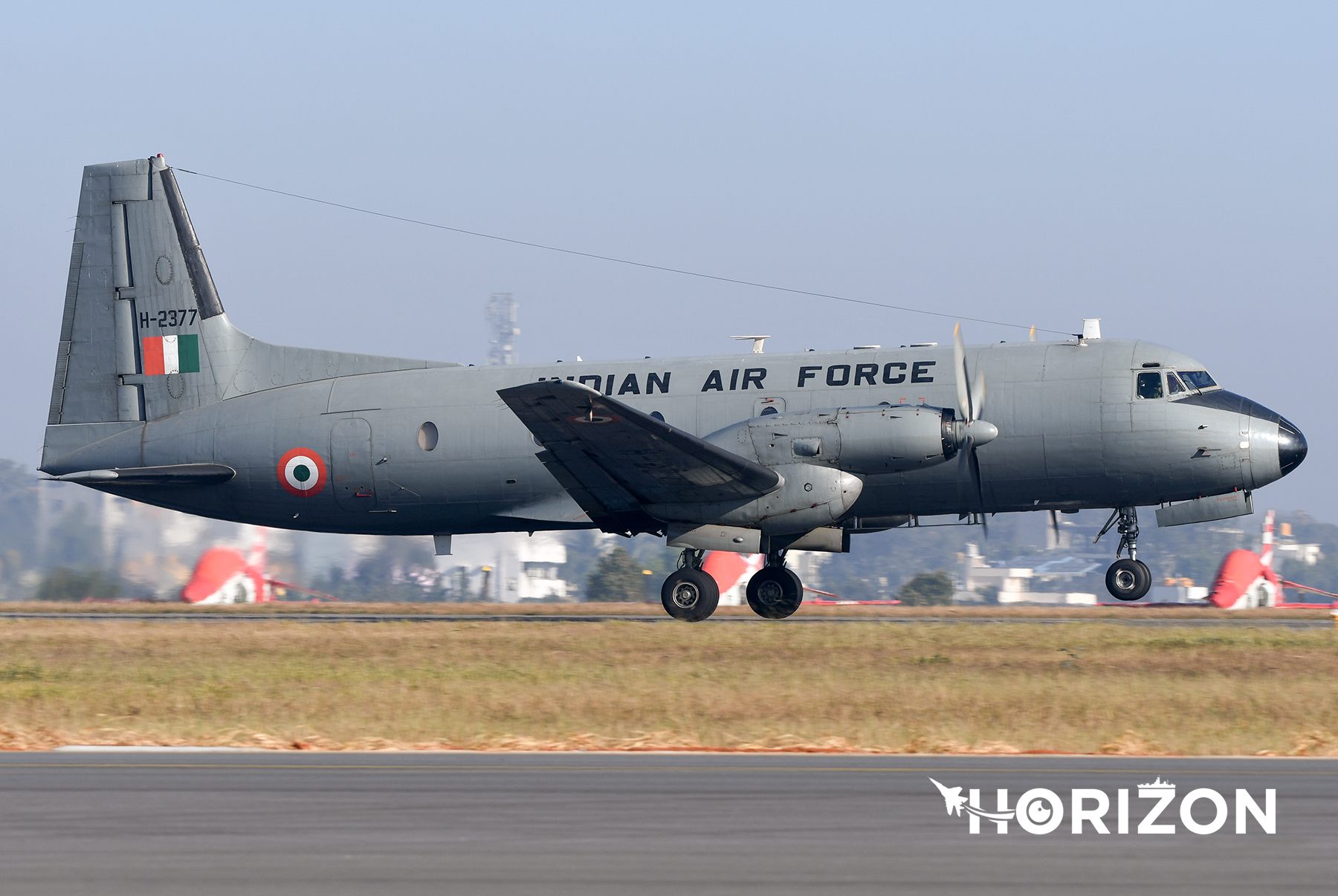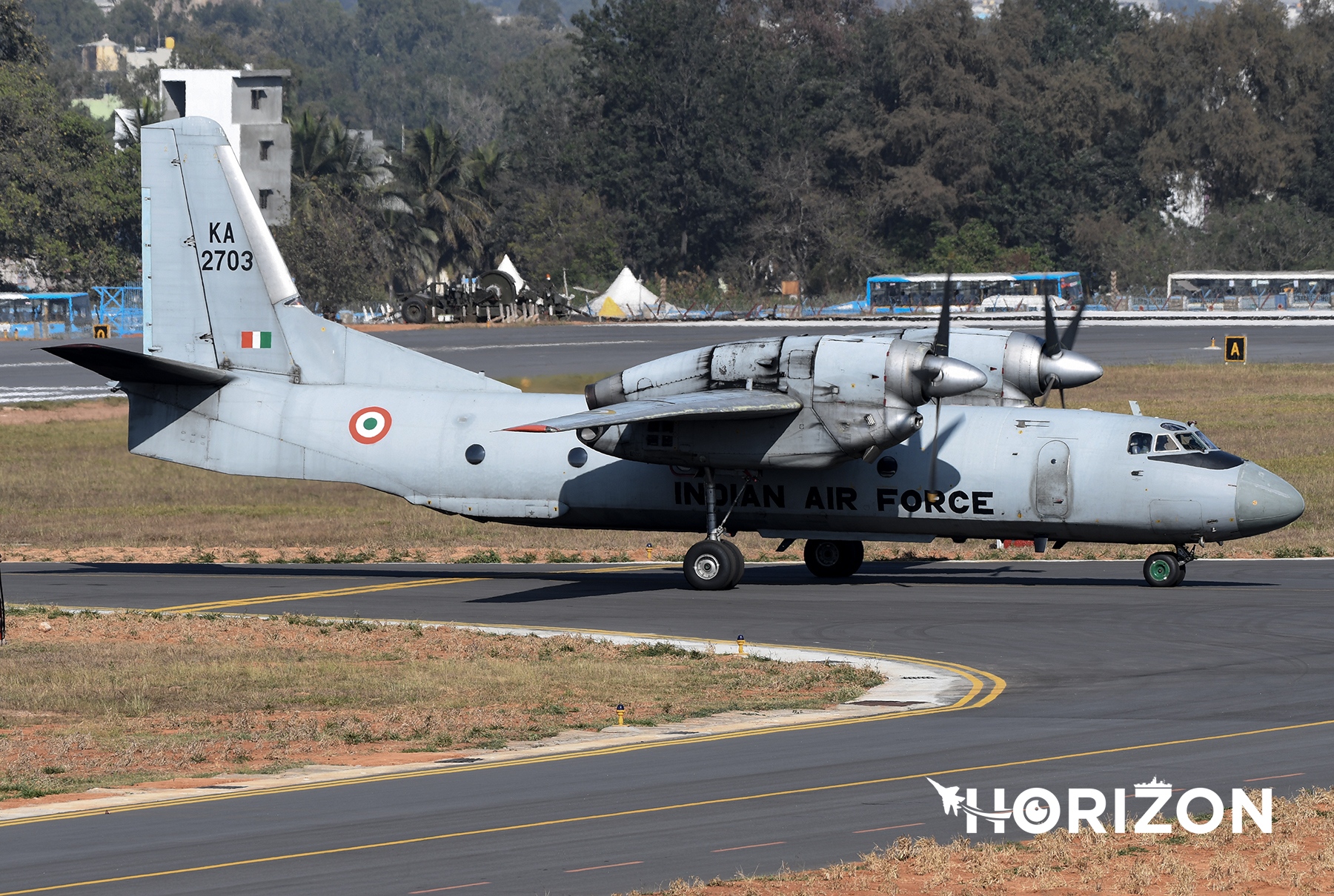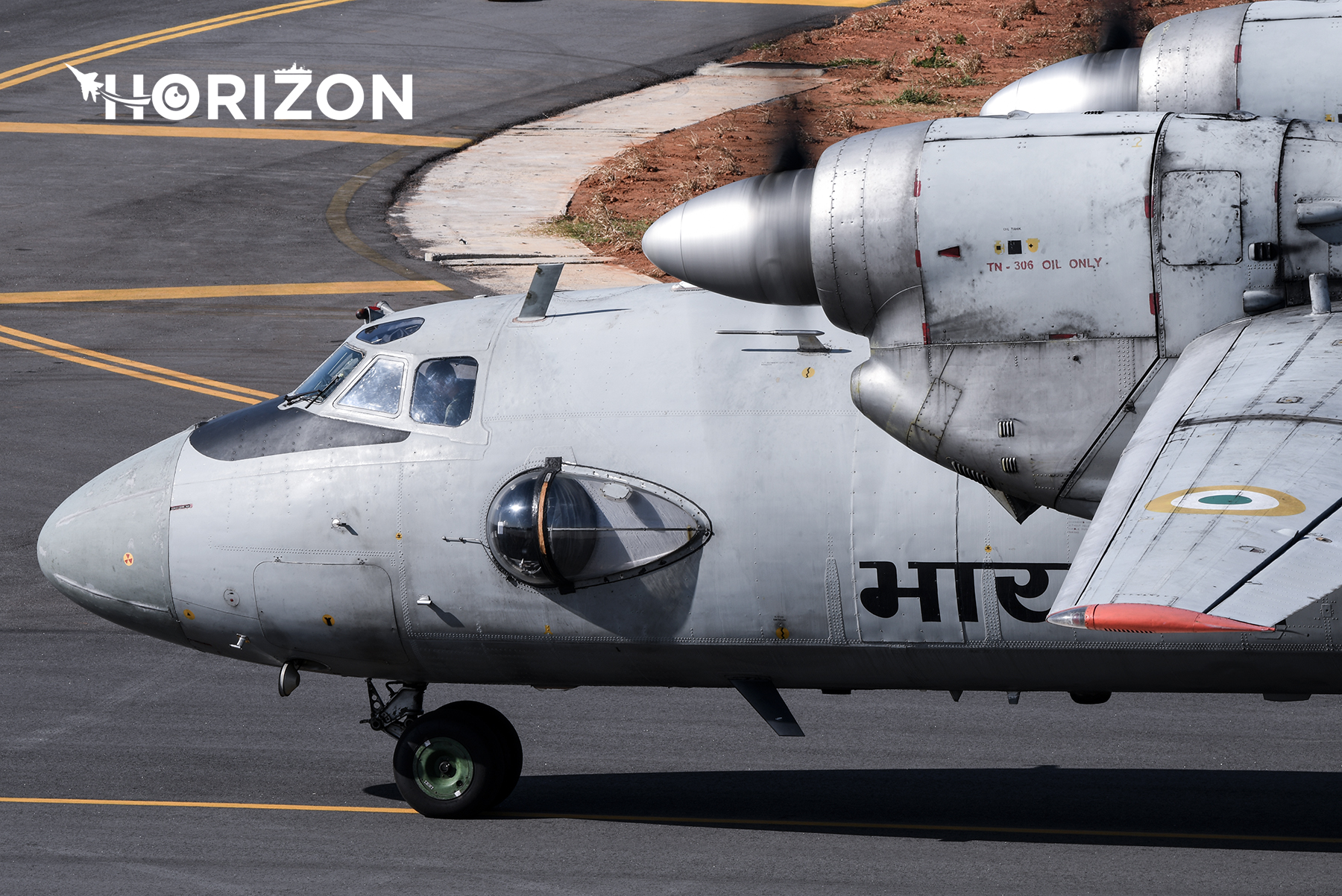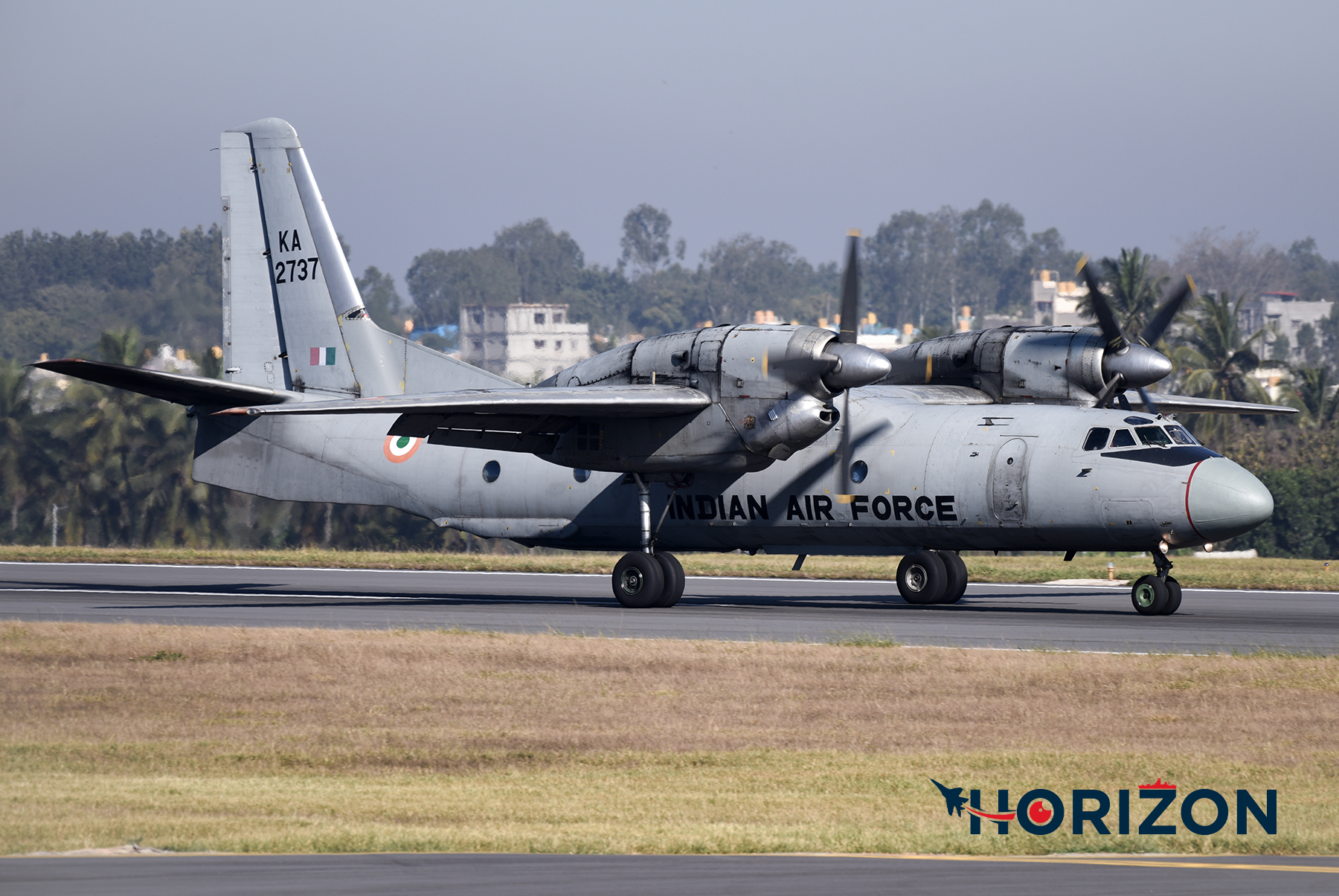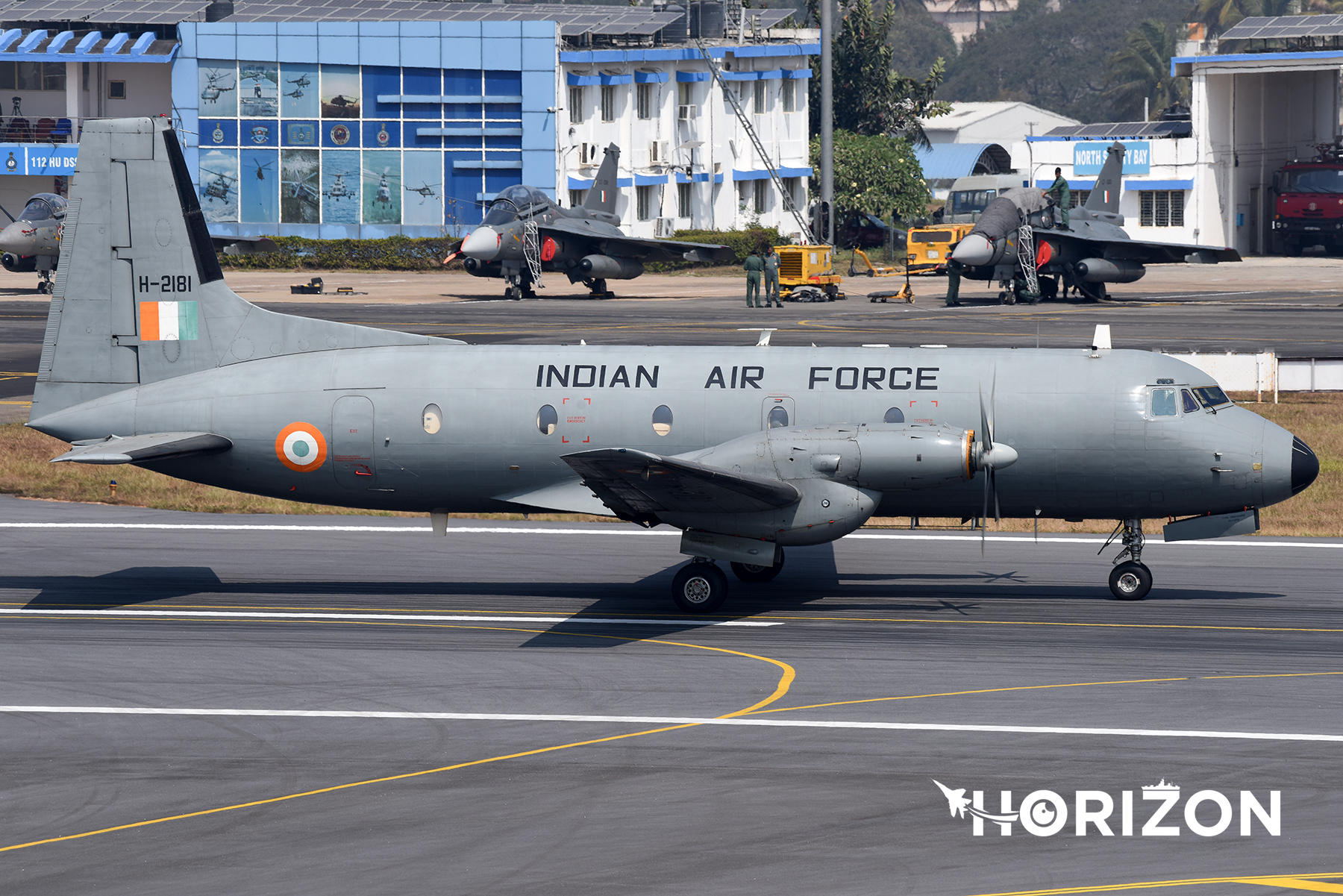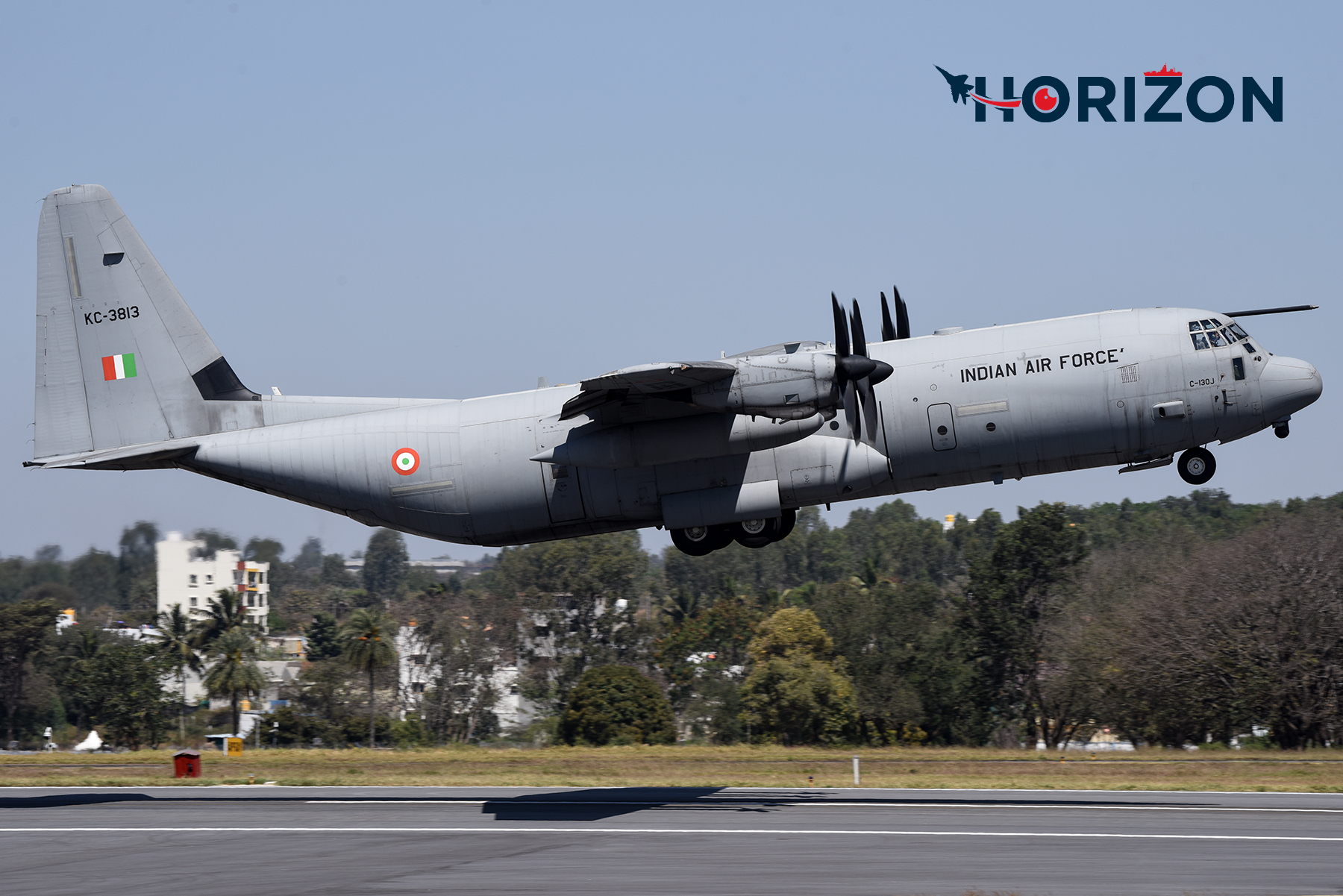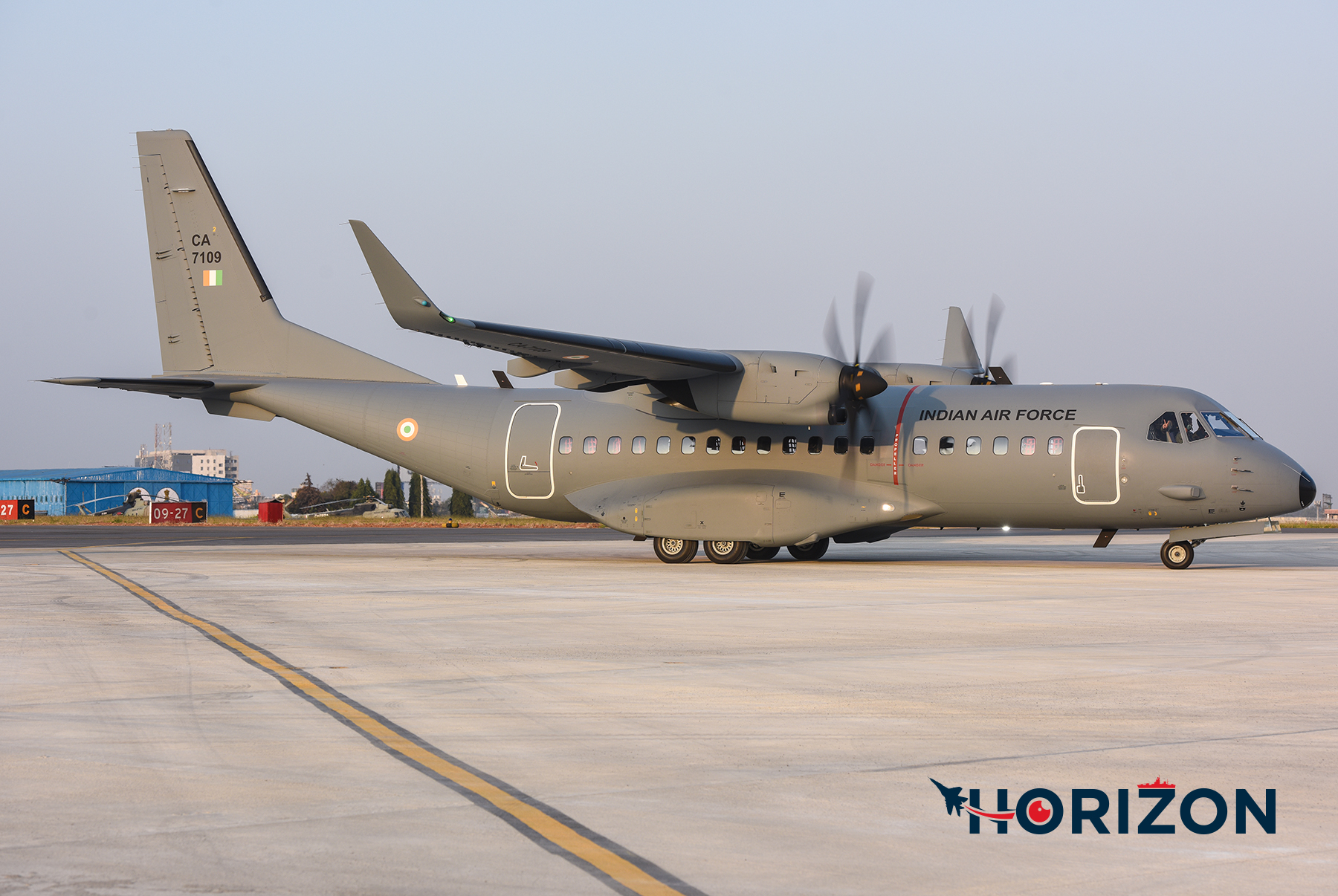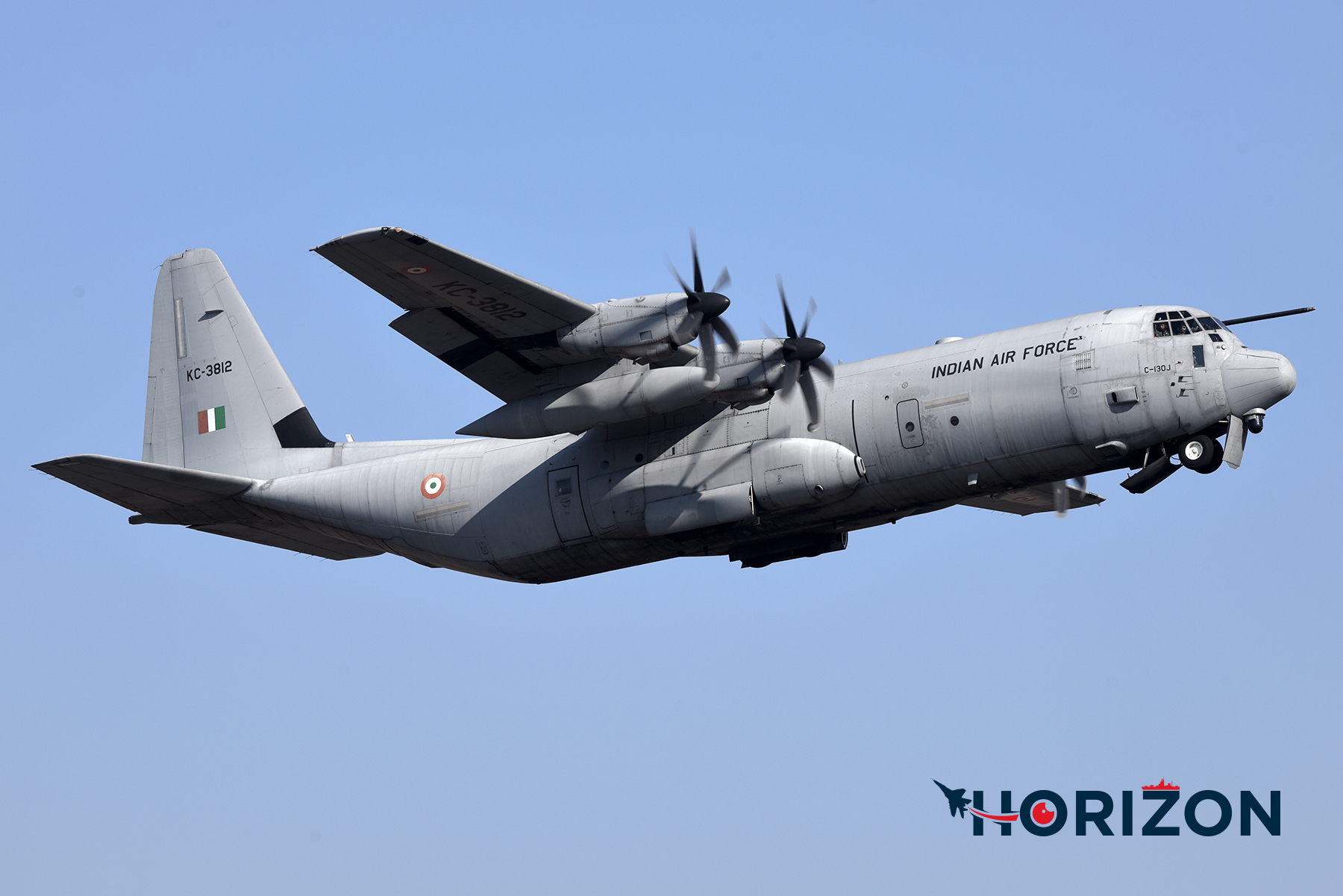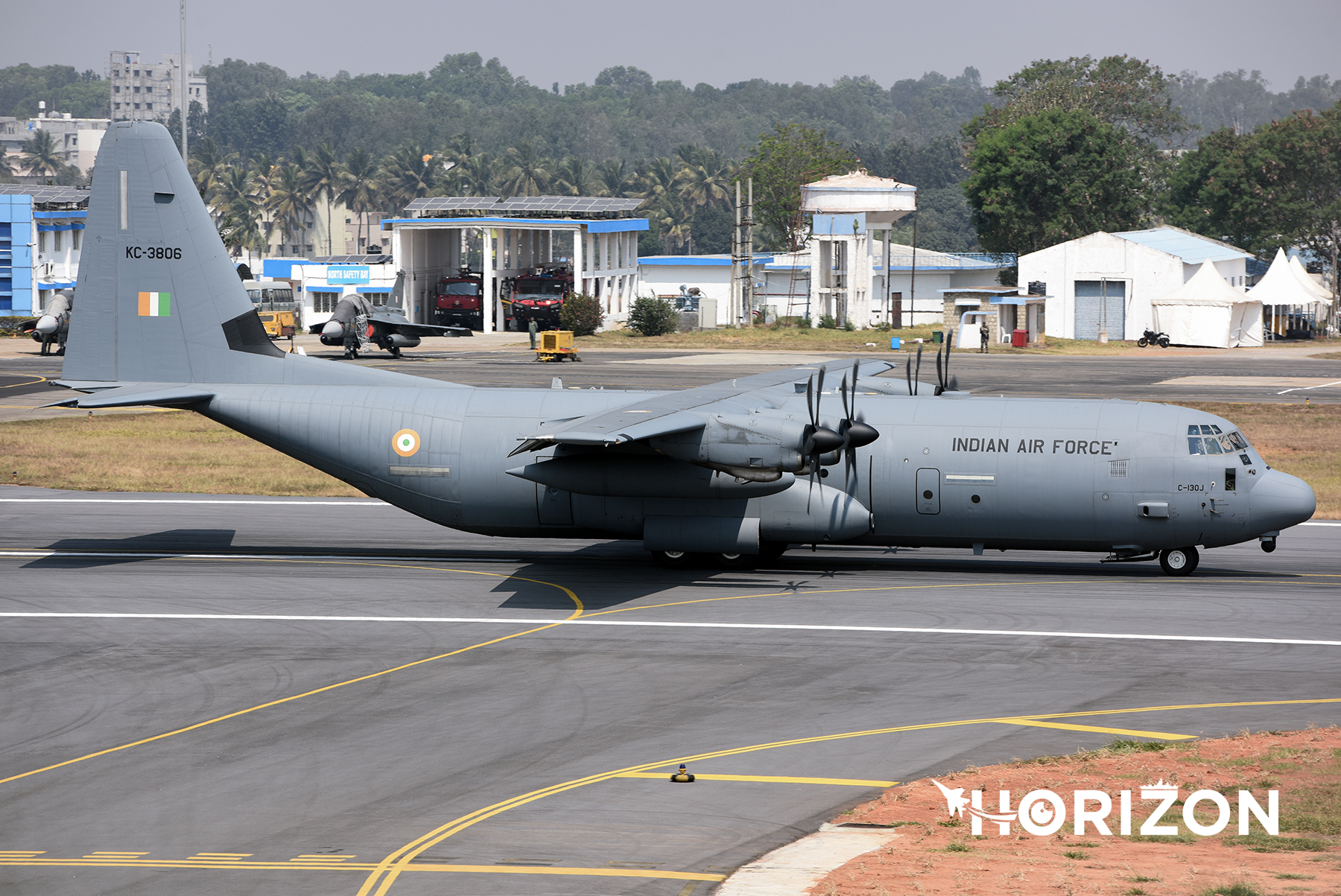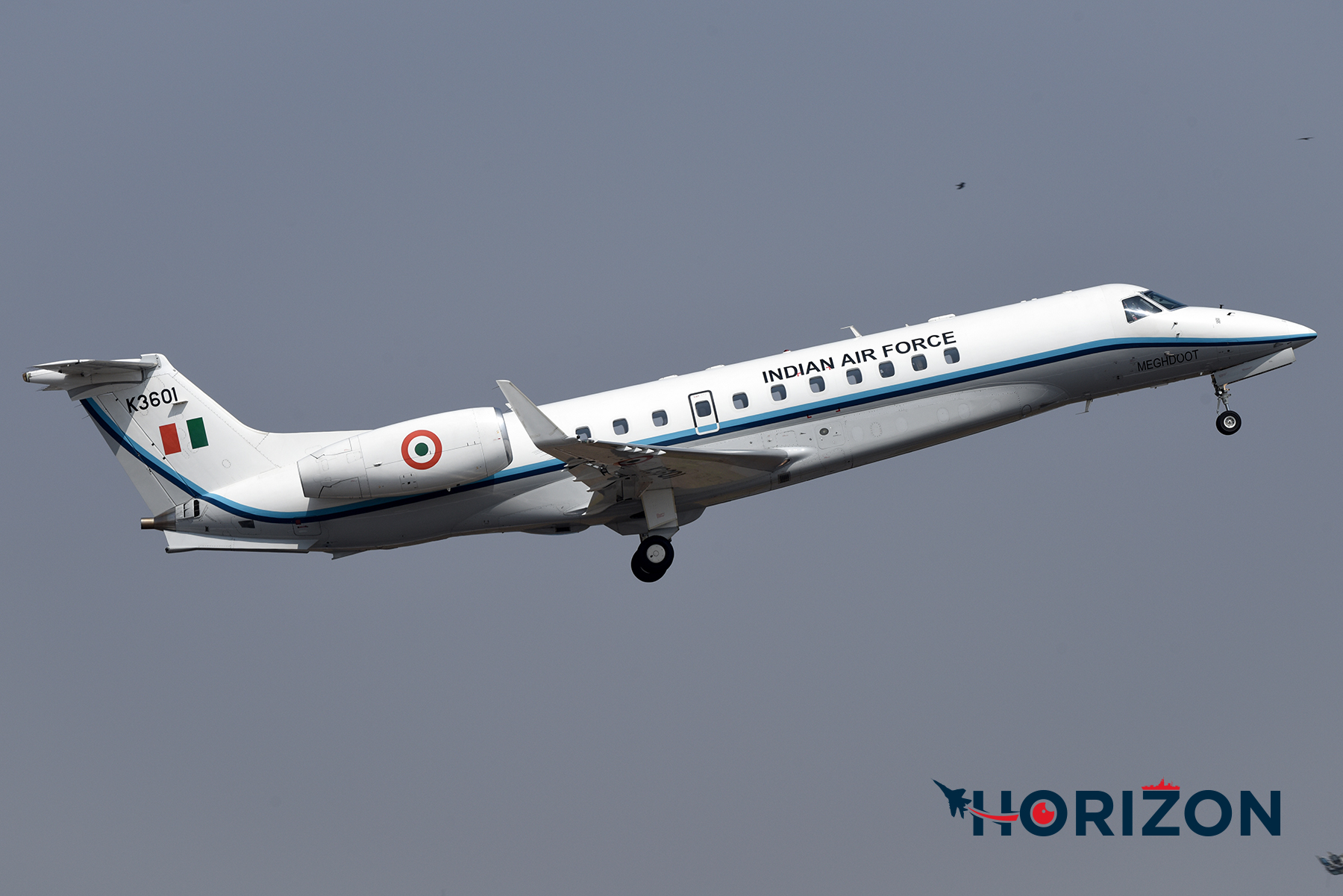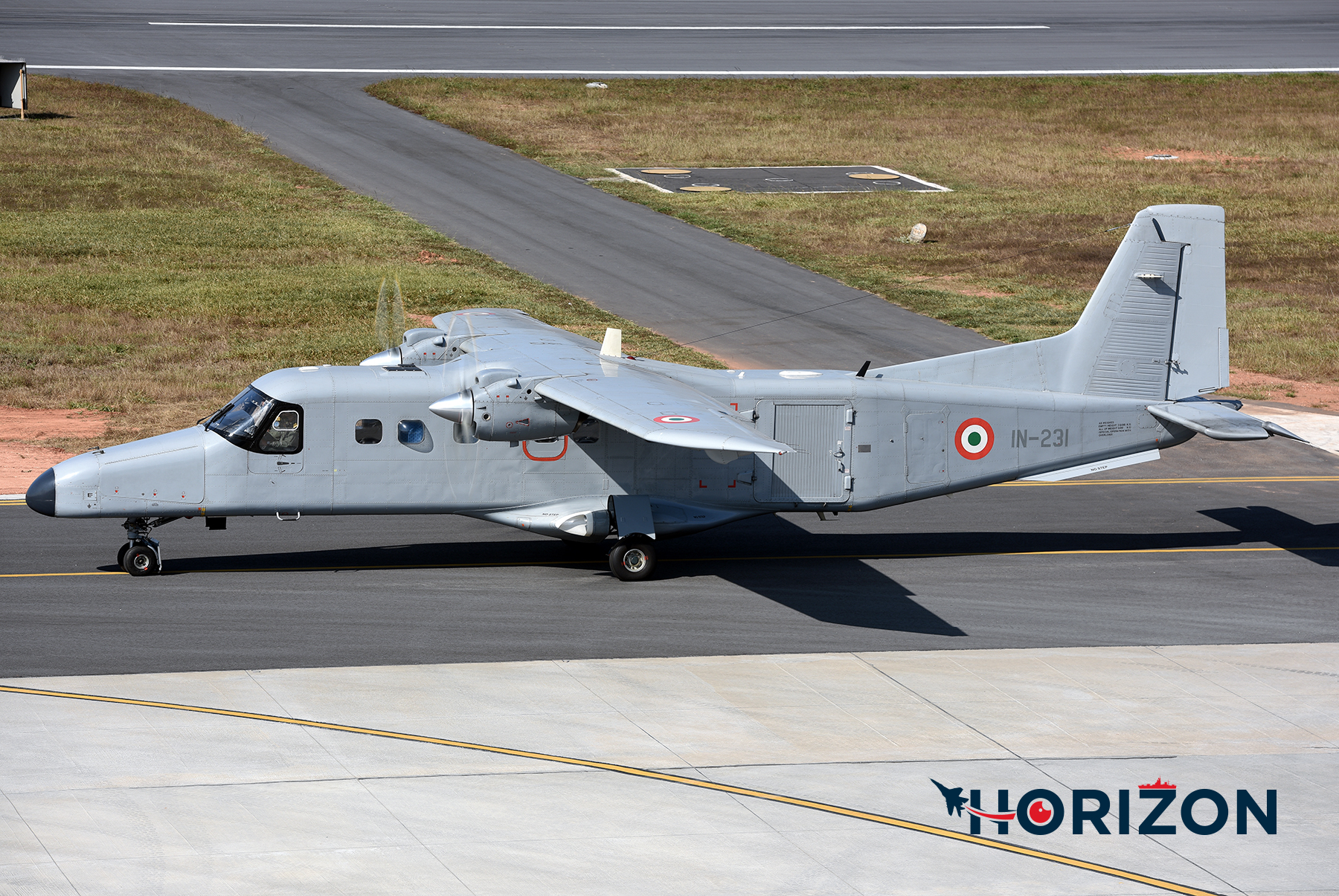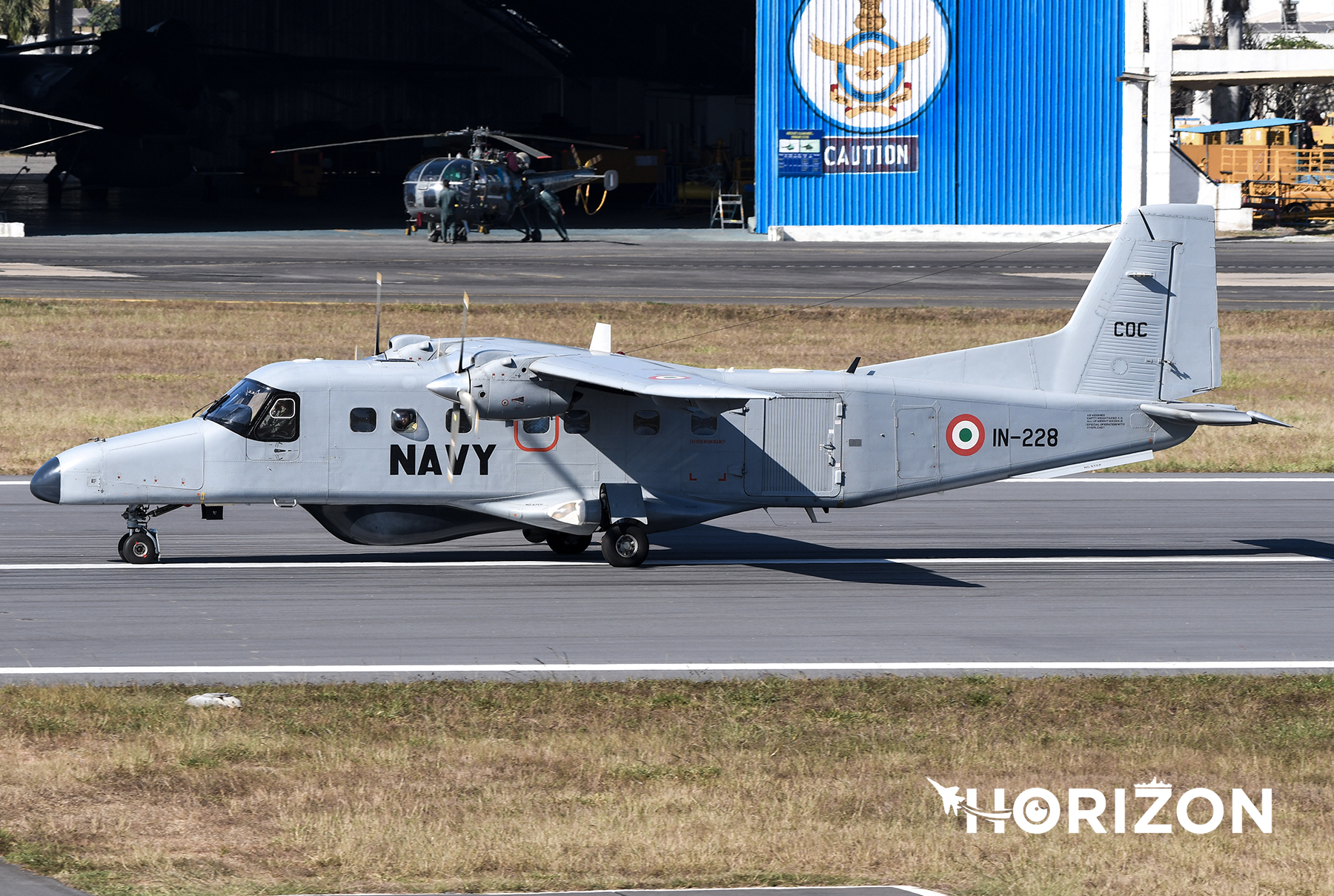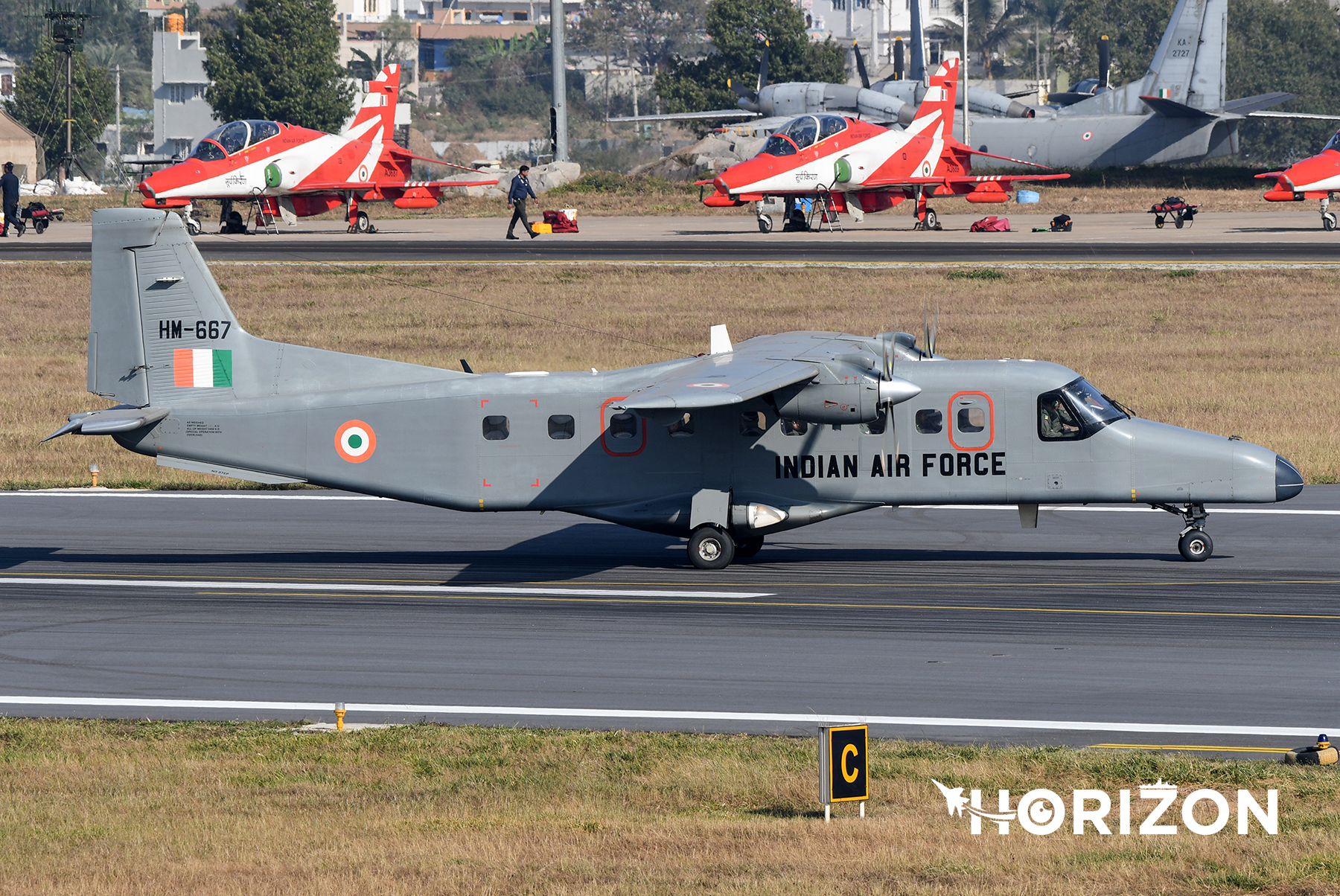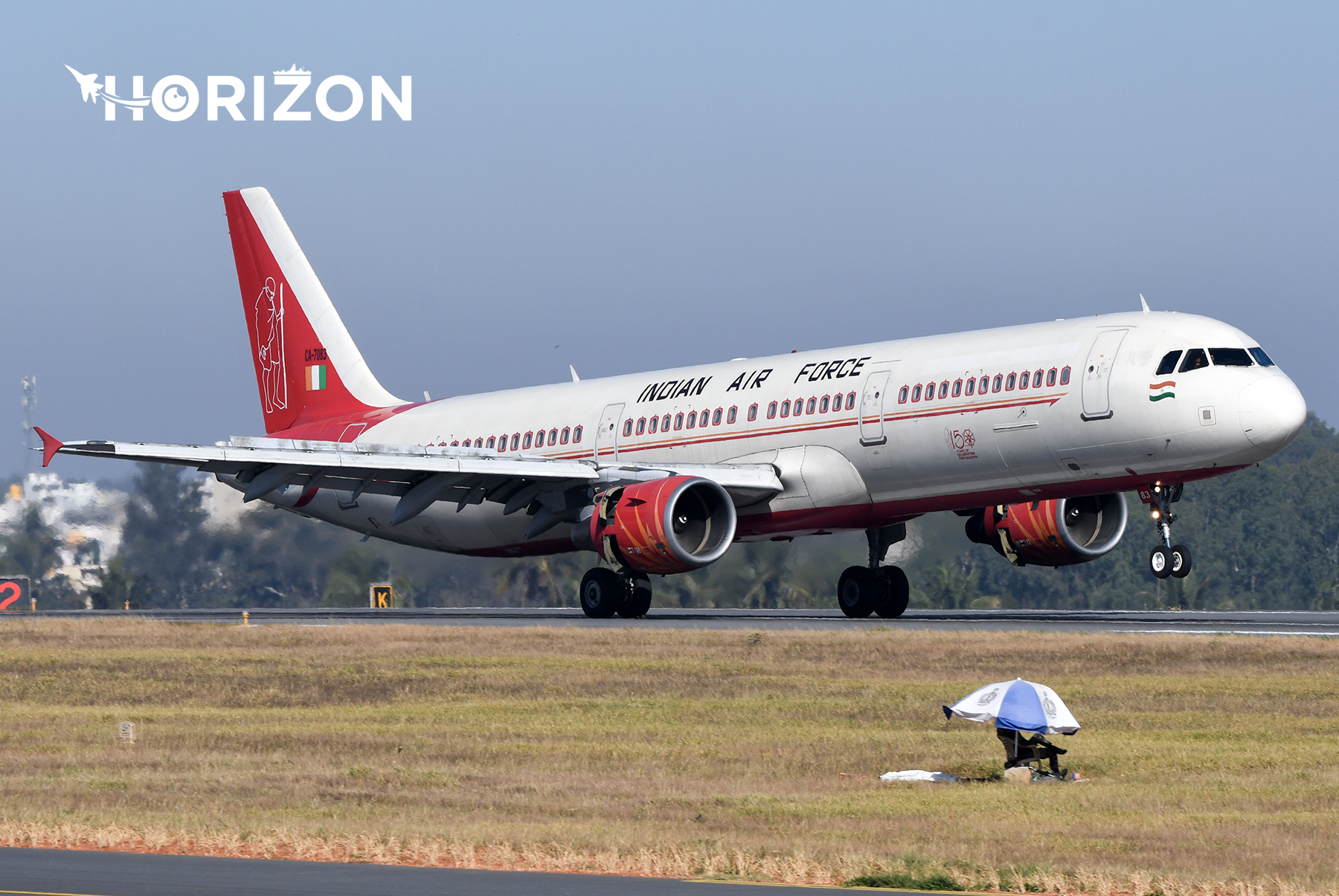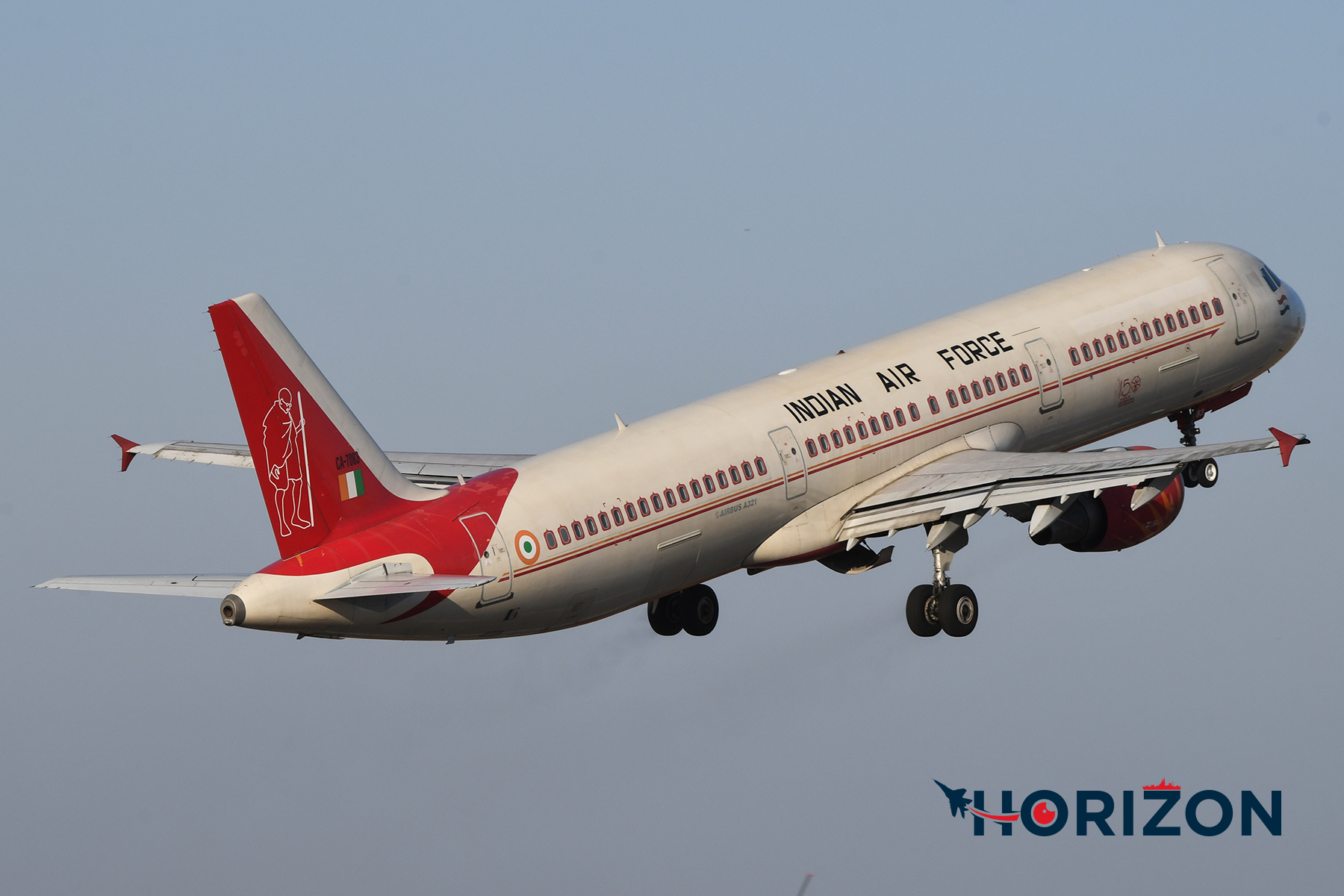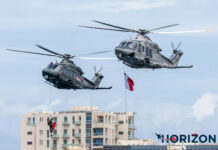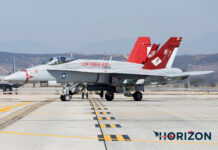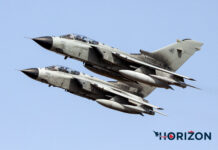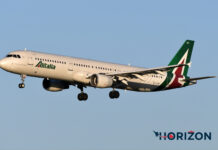The 15th edition of Aero India was held from February 10th to 14th at Yelahanka Air Force Station, Bengaluru. With the theme “The Runway to a Billion Opportunities,” the event reaffirmed its status as Asia’s premier aerospace and defense exhibition, fostering global partnerships, promoting indigenization, and exploring new opportunities in the global aerospace value chain. This year’s edition featured an impressive 930 exhibitors from around the world.
The first three days of Aero India 2025 were dedicated to business engagements, fostering collaboration between Indian and international companies. The final two days were open to the public, with aerial displays captivating audiences throughout all five days. The event started with a parade by Indian forces with flybys featuring a diverse array of air assets, including helicopters, combat jets, transport, and surveillance aircraft.
This year’s highlights included the debut of the Sukhoi Su-57 PAK FA, making its second international appearance and first visit to India. Russia’s advanced stealth multirole fighter is designed for air superiority and strike missions, alongside the Lockheed Martin F-35 Lightning II, renowned for its cutting-edge stealth capabilities. This marked the first time both aircraft performed dynamic aerial displays over India, further intensifying the competition for the Indian Air Force’s future 5th-generation fighter program.
The United States Air Force had two F-35s in India, carrying different squadron markings.
The United States Air Force presented an impressive display, featuring a Lockheed Martin F-16C taking off from Yelahanka Air Force Station, flybys by a Boeing KC-135R, and high speed runs by a Rockwell B-1 Lancer from the 34th Expeditionary Bomb Squadron, Ellsworth. Both aircraft operated from the nearby Kempegowda International Airport in Bengaluru.
The event also provided an opportunity to see various indigenous aircraft performing dynamic displays namely the Tajes a single-engine combat fighter designed by the Aeronautical Development Agency (ADA) and manufactured by Hindustan Aeronautics Limited (HAL), The HJT-36 Yashas an intermediate jet trainer aircraft designed and developed by Aircraft Research and Design Centre (ARDC) and manufactured by Hindustan Aeronautics Limited (HAL), the HTT-40 (Hindustan Turbo Trainer-40) a single turboprop engine training aircraft designed and manufactured by Hindustan Aeronautics Limited (HAL) and the Light Utility Helicopter designed by Hindustan Aeronautics Limited (HAL).
The Indian Air Force showcased the impressive capabilities of the formidable Su-30MKI, captivating the audience with the remarkable maneuvers enabled by its thrust vectoring. Most Su-30s in active service were built under license by Hindustan Aeronautics Limited. Additionally, the Surya Kiran aerobatic team “Rays of the Sun” left the crowd in awe with their breathtaking performance, flying various formations with nine BAe Hawk 132 aircraft, which the team had displayed on all five days of the event.
The static lineup was nothing short of interesting exhibits this year starting from the very first public appearance during Aero India of the Kamov 31 of the Indian Navy which is an airborne early warning platform of the Indian Navy based on the Kamov 29 Helix B the recently introduced Sikorsky MH-60R Sea Hawk that is operated by 334 squadron gradually replacing the aging Sea King that was also part of the static display, both serving as anti-submarine warfare platform with the Indian Navy, also from the Indian Navy was a carrier Bourne Mig-29K.
The Air Force had numerous exhibits, including the Jaguar IM, a maritime attack variant called Shamsheer, the Dassault Rafale, Su-30, the Embraer 145 Airborne Early Warning platform, the Mil-17V5, Light Utility Helicopter, the Lockheed C-130J, and the recently introduced CASA 295W.
The static display lineup also included international participants, such as a Multinational Multi-Role Tanker Transport (MMF) Airbus A330 MRTT, a Luftwaffe Airbus A400M, and an Embraer KC-390 demonstrator representing the Brazilian manufacturer. All three aircraft were demonstration contenders for the Indian Air Force as it seeks replacements for its aging Antonov 32 and Ilyushin 76 transport aircraft, as well as the Ilyushin 78 tanker.
Yelahanka Air Force Station serves as the home to various Indian Air Force training and transport squadrons operating the Antonov An-32, Mil-17, Alouette III, and HAL Dornier 228 an the Hindustan HAL 748 which is used for training and light transport. Also over the show days, many visiting transport aircraft of the Indian Air Force and Navy landed with high-ranking officials of the Indian Armed Forces visiting the events on all days.
Aero India was excellently organised, with clear information provided to visitors and a strong focus on safety at the base. Horizon would like to express our gratitude to the Aero India staff and the Indian Air Force personnel for their outstanding hospitality throughout our stay.


